US Doesn’t Have The Money To Match Beijing’s “Belt-and-Road” Initiative (#GotBitcoin)
Xi Jinping, looking to expand global program—and responding to criticism—invites multilateral input. US Doesn’t Have The Money To Match Beijing’s “Belt-and-Road” Initiative (#GotBitcoin)

China has unleashed easy credit for more than five years to fuel its ambitions to build global infrastructure, heaping debt upon itself and other developing economies.
Related:
To Counter China, U.S. Looks to Invest Billions More Overseas
Russia, Sri Lanka And Lebanon’s Defaults Could Be The First Of Many
China Outspends US When It Comes To Building The World’s Infrastructure
President Xi Jinping is now adjusting that strategy, pledging to reformulate his Belt and Road Initiative with greater emphasis on market principles and sustainability.
The U.S. and other countries have warned that aspects of the program pose financial risks to borrowers, alleging a lack of transparency and graft in deals that primarily benefit Beijing.
China doesn’t intend to go it alone, Mr. Xi said in a speech on Friday. He referred repeatedly to “Belt and Road cooperation,” inviting foreign and private-sector partners to play a bigger role.
“Going ahead, we should focus on priorities and project execution,” Mr. Xi said, “just like an architect refining the blueprint.”

His pledges at a Beijing forum, where he hosted three dozen foreign leaders, marked the highest-level acknowledgment that China’s efforts to export its speedy, government-led brand of development carry risks for participating countries, and itself.
While many developing countries have embraced Mr. Xi’s infrastructure program since its 2013 launch, doubts have festered over whether the primarily Chinese-funded and built projects are always worth the money.
In Pakistan, heavy debt associated with Chinese projects helped sway an election, while the cost of a highway in Montenegro has threatened to devour its budget. Kenya has argued that Chinese infrastructure building hasn’t created many jobs for locals, while Malaysia recently negotiated a one-third cut in the price of a railway project its officials suggested originated due to graft.
Those challenges are mounting amid pushback from the U.S. about how Beijing wants to reshape the global order and as China’s debt-heavy domestic economy faces new trouble.
Far from abandoning an initiative he has enshrined in his Communist Party’s governing charter, Mr. Xi outlined a more expansive definition of Belt and Road, stretching it beyond infrastructure-building into areas including international cooperation in education and media.
‘We need to pursue open, green and clean cooperation,” he said in his Friday speech.
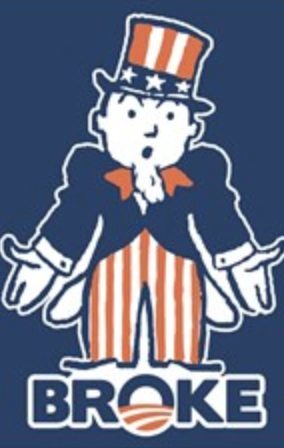
Mr. Xi also called for more multilateral and commercial funding for infrastructure projects, a contrast to his pledges of Chinese financing in a similar speech two years ago.
Beijing is fine-tuning Belt and Road, according to Zhang Zhexin, an analyst at Shanghai Institutes for International Studies. Its initial presentation was too broad and too loud, he said, and participating countries—often in distress—saw the program as a source of easy money from China.
“China just doesn’t have the resources to fulfill everyone’s demand,” Mr. Zhang said.
First pitched in 2013 as a platform to spur global development, the Belt and Road Initiative has pushed China’s massive construction, telecommunications and shipping companies to go global as a cooling domestic economy reduces business at home.
But as the program ballooned beyond infrastructure construction, Western officials—including from the U.S., which snubbed the Belt and Road forum—blamed it for advancing opaque financial deals that give Beijing political leverage by burdening countries with debt to China.
As criticism built over the past year or so, Beijing de-emphasized big-ticket infrastructure projects in its Belt and Road publicity and stepped up pledges to ensure sustainable lending and fight graft.
“Everything should be done in a transparent way and we should have a zero tolerance for corruption,” Mr. Xi said Friday.
As part of the oversight effort, Chinese officials have been negotiating with foreign governments to draw up lists of official Belt and Road projects, people familiar with the matter said, a move that would curb misuse of the Belt and Road label.
Ahead of Mr. Xi’s speech on Friday, Chinese officials appeared at side seminars to stress their attention to financial risks in the program and their desire to attract private-sector money.

“A country’s total debt capacity should be taken into account,” Yi Gang, governor of the People’s Bank of China, told a seminar on Thursday. “Private lending should be the mainstay” in financing projects to achieve sustainable development, he said.
International Monetary Fund Managing Director Christine Lagarde welcomed the shift in tone, telling the forum after Mr. Xi’s speech that the initiative could “benefit from increased transparency, open procurement with competitive bidding and better risk assessment in project selection.”
Some observers don’t expect China to slim down the Belt and Road program, despite Mr. Xi’s pledged adjustments.
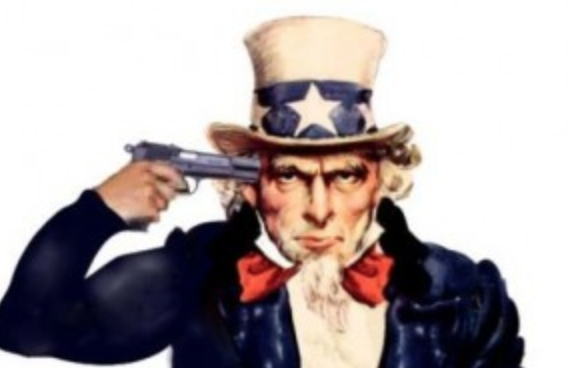
Recalibrating Mr. Xi’s signature foreign policy is a welcome move but also “a big ask,” said George Magnus, an economist at Oxford University’s China Center. “To change its structure by incorporating Western ideas and values including the rule of law, full and open accounting, and market-based transparent lending standards and terms is most likely a bridge too far.”
China is adapting to current circumstances, but its long-term goals remain unchanged, said Kishore Mahbubani, a former senior Singapore diplomat who was in the audience for the Chinese leader’s speech. “They’re still rich in capital.”
Beijing’s more circumspect public messaging belied its highhanded approach when negotiating with some foreign diplomats during preparatory meetings for the forum, people familiar with the process said.
In meetings to draft a joint statement for Mr. Xi’s Saturday summit with foreign leaders, a Chinese diplomat chastised some negotiators, particularly European officials, after they pressed for references to best practices in business and investment, as well as human rights, the people familiar with the process said.
Guo Xuejun, a deputy director-general at China’s Foreign Ministry who chaired the meetings, accused the negotiators of showing disdain for Mr. Xi and China. He dismissed European requests for references to reciprocity as “American language,” referring to similar U.S. demands in trade talks with China, the people said.
“Remind me to disinvite your president,” Mr. Guo said at one point, according to the people, who said Chinese officials lodged diplomatic complaints against countries that sought amendments it disliked. China’s Foreign Ministry didn’t respond to a request for comment.
Updated: 1-16-2020
China Touts Its Belt-and-Road Effort As Collaborative, But Foreign Companies Feel Left Out
Beijing ‘is offering the financing, the building, the equipment—even the labor,’ an EU Chamber of Commerce official says.
Roughly seven years after Beijing launched a high-profile transcontinental infrastructure program aimed at building goodwill abroad and boosting economic cooperation with the rest of the world, some foreign companies say they are being left out of those projects.
Not only have a minuscule number of foreign companies been invited to participate in China’s Belt and Road initiative—a trillion-dollar flagship foreign-policy effort—but Beijing has also undercut its message of cooperation by keeping many partner nations at arm’s length, a new study by the European Union Chamber of Commerce in China argues. The initiative focuses mainly on infrastructure projects.
“China is offering the financing, the building, the equipment—even the labor,” said Jörg Wuttke, president of the Beijing-based European trade group. “That is a very closed system.”
China has framed the Belt and Road initiative as a way to more closely integrate its economy with those across Asia, Africa, Europe, the Middle East and Latin America, primarily through infrastructure projects. That has earned it comparisons to the Marshall Plan, under which Washington gave billions of dollars to help rebuild swaths of Europe and which placed the U.S. at the center of the postwar economic order.
During the first 11 months of 2019, Chinese companies signed 6,055 contracts in 61 countries as part of Belt and Road with a total value of $127.67 billion, an increase of 41.2% from the same period a year earlier, according to China’s Commerce Ministry.
The Belt and Road effort, however, has attracted criticism alleging that it lacks of transparency on financing, leading to charges of corruption, waste and out-of-control debt. President Xi Jinping has responded in part by recalibrating his signature program, pledging more transparency and financial sustainability.
However, the European Chamber, in its report published Thursday, said some apparently successful Belt and Road projects relied on large Chinese subsidies to stay afloat, quoting one logistics company that detailed handouts that heavily distorted market prices for freight traffic between Western China and Europe.
The trade group counted that just 20 of its 1,700 member companies in China had participated in the initiative. Those that did so joined because of existing relationships with the Chinese government or to lend technology expertise that couldn’t be supplied by Chinese companies, the chamber said.
Most of the participating companies did so through joint ventures with Chinese state-owned companies and in almost all cases held a small minority share in the project. Others had bid on Belt and Road-related projects, though very few were awarded the project, said the report, which pointed out the lack of an office or even a phone number for the initiative.
Geng Shuang, a Foreign Ministry spokesman, dismissed the European Chamber’s report as biased, saying the initiative was launched in a spirit of openness, inclusiveness and transparency.
Under the Belt and Road initiative, “Chinese and foreign companies follow the market rules and principle of fairness,” Mr. Geng said Thursday. He listed Germany’s Siemens and Deutsche Post’s DHL business, as well as France’s Schneider Electric, as examples of participating European businesses.
Siemens, which was among the first Western companies to work with Chinese companies on Belt and Road projects, opened an office in 2018 to oversee its involvement in the plan.
While some U.S. companies have shown interest, few have gotten directly involved. Most notable among them is General Electric Co., GE -0.25% which has partnered with Chinese state-owned enterprises on power-plant and grid projects in Africa. In July, Larry Culp, GE’s chairman and chief executive, met with Hao Peng, chairman of the body that oversees China’s state-owned assets, to discuss the Belt and Road initiative.
Some of the Belt and Road’s advertised participants had been only retroactively labeled as joining the effort, the European Chamber said. When a Chinese consortium won a bid in 2018 to build a bridge in Croatia as part of an EU-funded initiative to create transport, energy and digital connections between Europe and Asia, the Chinese news media were quick to laud it as a part of the Belt and Road initiative.
Updated: 6-11-2020
China’s Trillion-Dollar Campaign Fuels A Tech Race With The U.S.
Beijing plans to spend $1.4 trillion in the next five years in sectors including 5G, artificial intelligence and data centers.
China has embarked on a new trillion-dollar campaign to develop next-generation technologies as it seeks to catapult the communist nation ahead of the U.S. in critical areas.
Since the start of the year, municipal governments in Beijing, Shanghai and more than a dozen other localities have pledged 6.61 trillion yuan ($935 billion) to the cause, according to a Wall Street Journal tally. Chinese companies, urged on by authorities, are also putting up money.
Under a plan outlined earlier this year by China’s Ministry of Industry and Information Technology, these efforts would contribute to at least $1.4 trillion in investments during the next five years in artificial intelligence, data centers, mobile communications and other projects.
At China’s annual legislative meeting last month, China’s Premier Li Keqiang said the campaign was a top priority of the Communist Party and would give the country a “new-style infrastructure.”
That marked a subtle shift from months earlier, when Chinese leaders played down their previous industrial policy, known as Made in China 2025. The Trump administration has pointed to that previous policy as evidence of Beijing’s intent to subsidize national champions and tilt the playing field against foreign companies.
A key aspect of Made in China revolved around replacing foreign tech components with local products, said Caroline Meinhardt, an analyst at the Mercator Institute for China Studies in Berlin. That goal hasn’t changed, even though the new plan doesn’t explicitly call for a similar push, she said.
China’s program is likely to add heat to the U.S.-China technology race as Beijing seeks a global edge in construction of superfast cellular networks known as 5G. It could also serve as an important source of economic stimulus to cushion the impact of the global coronavirus-related slowdown.
“China is still a heavily planned economy,” said Lester Ross, policy committee chairman at the American Chamber of Commerce in China. “Such plans are a significant driver of economic policies.”
The new campaign has a similar thrust to Made in China 2025, but is both more targeted at cutting-edge technologies and broader in its ambitions. It focuses on upgrading technology throughout the Chinese economy and relies mostly on investment from the private sector and local governments instead of national government spending.
Unlike utilities and roads, new-style infrastructure investments such as vehicle charging stations offer better returns for private investors, Sun Guojun, a senior official with China’s cabinet, the State Council, said at a news conference in late May. The central government would provide policy support to the campaign, partly as a bid to increase domestic demand, Mr. Sun said.
This week, Chinese cities Beijing and Guangzhou announced new spending and projects related to the plan. Beijing aims to build 13,000 new 5G base stations by the end of 2020, while Guangzhou officials said they would increase spending to 500 billion yuan, up from 180 billion yuan announced previously, according to the city’s government work report.
The government is pushing hardest for investment in building new 5G networks. Supercharged 5G mobile connections are expected to underpin a whole new world of next-generation connected devices, collectively known as the internet of things, that businesses believe could revolutionize daily life and manufacturing alike.
China hopes to more than triple the number of 5G base stations to 600,000 by the end of the year, according to the state-run Xinhua News Agency. In 2019, Bernstein Research said the U.S. was on pace to install 10,000 5G base stations by the end of that year.
In March, China’s three national telecom carriers collectively promised to invest about 220 billion yuan to build 5G base stations.
The rest of the money is slated to flow into the building of new data centers and intercity rail networks, development of homegrown artificial intelligence chips, smart factories, electric-vehicle charging stations and ultrahigh-voltage power facilities.
Local governments have rushed to announce their investments. Shanghai’s government said this April it would pump 270 billion yuan on artificial intelligence, the industrial internet of things and other advanced technologies. Neighboring Jiangsu province said it plans to invest 182 billion yuan in its own new infrastructure projects.
Tencent, which runs China’s popular do-everything app WeChat, said last month it would invest 500 billion yuan during the next five years in new infrastructure technologies like cloud computing and cybersecurity. Its rival, e-commerce giant Alibaba, pledged 200 billion yuan in similar outlays over three years.
In his work report last month, Mr. Li said the government planned to issue 3.75 trillion yuan in bonds and spend another 600 billion yuan to support the digital infrastructure push, as well as accelerate urbanization and upgrade traditional infrastructure like roads and bridges.
Preferential policies favoring Chinese companies mean foreign companies are unlikely to see much of a windfall from the campaign, foreign business groups said.
“Such an unfair playing field may exacerbate the current trend of global decoupling of supply chains and increase protectionism,” the European Union Chamber of Commerce in China said in a statement.
Continuing trade friction with the U.S. could hinder the rollout of the new Chinese plan, at least in the short term, as many of the Chinese companies involved still rely on the U.S. for critical components. That includes China’s dominant maker of 5G equipment, Huawei Technologies Co., which has been placed on a U.S. export blacklist.
Chinese leaders also have a track record of allowing political goals to skew industrial plans, leading to overspending in areas where there’s little demand, according to analysts.
“Demand for 5G in China isn’t quite there yet,” said Dan Wang, a technology analyst with research consultant GaveKal Dragonomics in Beijing. “For now, it remains a solution looking for a problem.”
Updated: 12-21-2020
What It’s Like Living Next To A Belt And Road Project
The real-life environmental and social impact of China’s infrastructure initiative shouldn’t be overlooked.
A lot has been written about China’s multibillion-dollar Belt and Road Initiative. Economists have debated the debt dynamics. Political scientists have analyzed how it fits into the rising power’s geopolitical strategy. And climate experts have decried the emissions China is adding to the atmosphere by supporting fossil fuel projects.
Rarely do we hear from the people whose lives are directly affected by the program. Earlier this year, a coalition of activist groups published Belt and Road Through My Village, a compilation of interviews with about 100 local residents who live close to BRI projects in five Asian countries.
It was a chance for them to express their concerns, and the list is long: disputes over land use rights, water and air pollution, deforestation, and loss of indigenous culture are just some of the issues they raised. The stories are a powerful reminder to governments and investors to consider the environmental and social impact of the BRI.
Muhammad Asif, 42, used to work at the Sahiwal coal-fired power plant, a BRI project built on 690 hectares of fertile land between Karachi and Lahore — Pakistan’s two biggest cities. The plant created more than 3,000 jobs and has been held up as an example of the good the BRI can do.
But Asif worries about the damage the plant is doing to the land and air. “All this development work has its cost,” he says in the book. Contaminated water from the plant is released into a nearby canal that’s used for crop irrigation and drunk by cattle.
“We fear that this contaminated water may sicken our cattle and make our lands barren or, at least, contaminate the produce. Air pollution is also becoming a problem as people have begun suffering from nasal, skin and lung diseases,” he says.
China insists that BRI projects are strictly vetted for environmental impacts and are meant to benefit the people who live in those areas, but in practice it has fallen short in introducing concrete steps to limit its financing of carbon-intensive practices. Local communities have also complained about a lack of transparency around the projects.
That’s slowly changing as environmental concerns become a greater investment risk. In Myanmar, the $3.6 billion Myitsone hydroelectric dam co-developed by China Power Investment Corp. has been stalled since 2011 following large protests over the lack of a proper environmental assessment.
he license for a $2 billion coal power plant in Lamu was canceled by a tribunal in Kenya because the public wasn’t consulted. A China-funded dam under construction on the Indonesia island of Sumatra is also facing fierce protests for posing a serious threat to endangered orangutans.
As countries step up their climate commitments under the Paris Agreement, more governments are expected to turn away from coal and other projects that damage the environment.
Pakistan, for example, said at the Climate Ambition Summit this month that it will stop building coal-fired plants. The China-Pakistan Economic Corridor (CPEC), which is the centerpiece of the BRI, has been long criticized for increasing Pakistan’s dependence on coal.
“If coal-fired power is now being de-prioritized within CPEC, then it could also happen right across the BRI program,” says Simon Nicholas, an analyst at Institute for Energy Economics and Financial Analysis.
Even as awareness grows within China that it has to manage such risks, the government has so far only issued non-binding recommendations to improve green standards in its overseas investments.
The BRI International Green Development Coalition, which is supervised by China’s environmental ministry, this month proposed a color-coded classification mechanism as a way to better assess environmental risks assessments. The system would be based on three major factors: pollution prevention, climate change mitigation and biodiversity conservation.
Projects that would cause “significant and irreversible” damage would mandate stricter supervision from the government, harder financing conditions and more stringent financing status disclosure requirements.
That sounds like step in the right direction, but the proposal is merely a suggestion. More government departments and state banks would have to get on board for it to be implemented.
What’s missing are laws that require environmental and social assessments for every overseas project the BRI is considering investing in, according to Wang Xiaojun, founder of People of Asia for Climate Solutions, a Manila-based nongovernmental organization which co-published the book. Policymakers need to understand that local concerns are real and will increasingly become an important factor in determining the success of a project, he says.
One of the official goals of the BRI is to enhance people-to-people communication. That’s “the hardest but also the most urgent,” says Wang. “To hear the people, instead of excluding them from the dialog, should be the first step to reach this goal.”
Updated: 12-29-2020
Japan Group To Lend Vietnam $1.8 Billion For Coal-Fired Power
Tokyo bucks backlash from investors and its own environment minister, citing project’s contribution to economic development.
A Japanese-led group said it would extend nearly $1.8 billion in loans to build a coal-fired power plant in Vietnam, bucking criticism about the project’s impact on climate goals.
Plans call for a total of 1.2 gigawatts of electricity output at the plant in central Vietnam’s Vung Ang district. Investors include Tokyo-based trading company Mitsubishi Corp.
The government-owned Japan Bank for International Cooperation said Tuesday it would lend slightly more than a third of the total $1.767 billion in financing for the project. It said the project would “contribute to economic development in Vietnam through the stable supply of electricity.” Japanese commercial banks and the Export-Import Bank of Korea are also providing financing.
The project has become a flashpoint in the debate over whether rich nations should continue supporting coal-fired power in developing nations with growing electricity demand.
Critics of the project include a group of international investors and Japan’s own environment minister, Shinjiro Koizumi, who is considered a potential future prime minister. In January, Mr. Koizumi said the project couldn’t gain the understanding of the international community.
An October letter signed by Nordea Asset Management, a unit of the Nordic region’s biggest lender with more than $200 billion in assets under management, and other investors called on companies involved in the Vietnam project to pull out. It said the plant was incompatible with the Paris climate accord.
“To build a coal-fired power plant with that scale is just incomprehensible,” said Eric Pedersen, Nordea’s head of responsible investments, in response to Tuesday’s move by Japan. “This looks like the last spasms of old-fashioned industrial policy where you just keep doing what you’ve been doing.”
Mr. Pedersen said he didn’t believe the Vietnam plant would operate long enough to make back the money invested in it, given rising international pressure against coal.
Japanese Prime Minister Yoshihide Suga, a supporter of the Paris accord, said Dec. 14 that “all countries must take bold action” to tackle the threat of climate change. However, the government in July said it would continue to finance coal-fired power plants in countries where other options cost more or carry national-security risks.
Japan and Vietnam enjoy close ties and share concerns about China’s rise. Vietnam was the first country Mr. Suga visited after taking office in September.
Updated: 1-18-2021
China In Talks With Kenya For Debt Relief After Paris Club Deal
China is in talks with Kenya on a debt-service suspension deal, its embassy in Nairobi said, days after the Paris Club agreed to delay $300 million in payments by the East African nation.
China signed payment suspension agreements with 12 African countries and gave waivers on mature interest-free loans for 15 African nations under the G-20 framework, the embassy said in an emailed statement, without providing details. The China International Development Cooperation Agency and the Export-Import Bank of China implemented all eligible debt suspension requests from the nations, it said.
Kenya’s second-biggest external creditor after the World Bank said it “attaches great importance to debt suspension and alleviation in African countries including Kenya and is committed to fully implementing the G-20 Debt Service Suspension Initiative,” according to the statement.
Kenya applied for waivers under the DSSI framework for about 40.6 billion shillings ($368.7 million) due in the first half of this year.
Chinese loans comprised 21% of Kenya’s external debt, compared with the World Bank’s 25% at the end of June 2020, according to a National Treasury report. Sovereign bondholders held another 19%, commercial banks 11% and the African Development Bank 7.5%.
Updated: 3-25-2021
China’s New Belt And Road Has Less Concrete, More Blockchain
The Covid-19 pandemic hasn’t been good for China’s Belt and Road Initiative. The virus “seriously affected” one-fifth of the projects in the China-centered infrastructure drive, according to the Ministry of Foreign Affairs. Djibouti, Laos, Maldives, Pakistan, and Zambia, among others, have asked China to renegotiate or forgive Belt and Road loans. Kyrgyzstan and Sri Lanka have already extracted concessions.
But Belt and Road isn’t going away. China is making more rigorous lending decisions while focusing somewhat less on heavy-duty construction and more on digital technology, says a Council on Foreign Relations task force report released on March 23.
The 190-page report, titled China’s Belt and Road: Implications for the United States, was written by Jennifer Hillman and David Sacks of the CFR based on the findings of an independent task force chaired by former Treasury Secretary Jacob Lew and retired Admiral Gary Roughead.
For the U.S., calibrating an effective response to Belt and Road is tricky. The Obama administration pursued constructive engagement with China. As Belt and Road ramped up and became more of a threat, the Trump administration was more confrontational, but without allies’ support.
The Biden administration aims to build more of a united front of nations to counter Chinese influence. Reflecting the difficulty of striking the right balance, the Council on Foreign Relations report says the U.S. response “has been too little, too late,” but also says “its blanket condemnation risks alienating partners.”
Tensions between the U.S. and China were clear on March 19 when both sides aired grievances in an hourslong meeting at a hotel in Anchorage, Alaska. “We expected to have tough and direct talks on a wide range of issues, and that’s exactly what we had,” U.S. National Security Adviser Jake Sullivan told reporters afterward.
The U.S. has restricted sales of 5G wireless network gear from Huawei Technologies Co. and other Chinese suppliers and tried to get other countries to go along. But the Council on Foreign Relations report makes clear that the Digital Silk Road—the tech portion of Belt and Road—goes well beyond wireless networks.
It includes, among other things, Ant Group’s Alipay and Tencent’s WeChat Pay mobile payments apps. While Ant and Tencent are private companies, “they often use the BRI or Digital Silk Road label to gain domestic political support for their overseas commercial expansion and leverage the market access provided by BRI projects,” the report says.
China’s push in blockchain, if successful, could pose a serious threat to U.S. interests. Here’s a paragraph about that from the report:
Beijing is also focusing on blockchain ledgering. Chinese leaders believe that blockchain technology will be the foundational infrastructure for future technological innovation, and in 2020 Beijing launched the Blockchain Service Network (BSN). BSN is designed to leverage blockchain technology to offer software developers a cheaper alternative to current server storage space offerings.
A number of major blockchain projects have joined BSN, integrating their own chains with it, thereby enabling developers to create applications on the larger, less expensive BSN. Such integration also allows Beijing to bring this “international plumbing,” including the network infrastructure in Australia, Brazil, France, Japan, South Africa, and the United States, under its influence.
As China’s BSN white paper noted, “Once the BSN is deployed globally, it will become the only global infrastructure network autonomously innovated by Chinese entities and for which network access is Chinese-controlled.”
Belt and Road, says the report, “poses a significant challenge to U.S. economic, political, climate change, security, and global health interests.” It concludes that the U.S. shouldn’t attempt to “match China dollar for dollar or project for project.” Rather, it says, the U.S. should focus on areas where it can offer a “compelling alternative,” either on its own or with like-minded nations.
Among the specific recommendations: “reenergize the World Bank so that it can offer a better alternative to BRI,” and improve and then join the Comprehensive and Progressive Agreement for Trans-Pacific Partnership, which is the successor to the trade agreement that President Trump dropped out of as one of his first acts in office.
Updated: 4-12-2021
Djibouti Says Ethiopia Conflict Hinders Economic Rebound
The speed of Djibouti’s economic recovery from a contraction last year hinges on how soon conflict ends in neighboring Ethiopia, Finance Minister Ilyas Dawaleh said.
“The recent and escalating conflict in Ethiopia is worsening prospects for regional peace, trade and undermines regional cooperation,” Dawaleh said in an emailed response to questions on April 10. “As a result of these external and internal factors, Djibouti’s economic recovery is likely to be a prolonged affair.”
Situated at the entrance to the Suez Canal, Djibouti is a major trade conduit for Ethiopia, Africa’s second-most populous country. Fighting in Ethiopia’s northern Tigray region that erupted in November has exacerbated the impact of the coronavirus pandemic and raised economic uncertainty in that country.
Djibouti’s economy shrank 1% last year, and is forecast to expand 5% this year and 5.5% in 2022, according to the International Monetary Fund. The country, is targeting growth of 7% to 9% in the coming years, driven by port upgrades, investments in green energy and technology, Dawaleh said.
The country has been ruled by President Ismail Omar Guelleh, 73, for the past two decades. He secured a fifth term in an April 9 election, winning more than 97% of the vote, according to the state-owned La Nation newspaper.
Situated on one of the world’s busiest shipping lanes, Djibouti has become increasingly important to regional and world powers. Smaller than the U.S. state of Massachusetts, it hosts the largest U.S. military base in Africa in addition to a Chinese People’s Liberation Army support facility.
In June, the Horn of Africa nation announced the creation of a sovereign wealth fund that will target domestic and regional investments, focusing on industries including telecommunications, energy and logistics. The fund is targeting $1.5 billion of contributions within a decade.
“The Djibouti Sovereign Fund will play an important role to attract and generate more international private capital,” Dawaleh said.
Updated: 4-14-2021
In Battle With U.S. For Global Sway, China Showers Money On Europe’s Neglected Areas
Goods are arriving in Europe through a new trade corridor consisting of railroads, airport hubs and ports built with Chinese support.
The struggle between the U.S. and China for global influence has come to Europe’s gritty industrial backwaters, where China is steadily co-opting local economies starting with their railroads.
China overtook the U.S. as the European Union’s biggest trading partner for goods last year, a historic turning point driven in part by Europeans’ hunger for Chinese medical equipment and electronics during the Covid-19 pandemic.
Increasingly, those goods are arriving in Europe through a new trade corridor consisting of railroads, airport hubs and ports built with Chinese support, often as part of China’s Belt and Road Initiative, the giant global infrastructure effort aimed at binding China more closely to the rest of the world.
By greasing the wheels of China-Europe trade, those investments have lifted long-neglected, rust-belt cities in places like Duisburg, Germany, and Liege, Belgium.
Western officials, including in the U.S., have accused China of using the Belt and Road to trap poor countries in debt. The Chinese government has denied those accusations.
While the pandemic has clouded the outlook for Belt and Road, Beijing isn’t likely to abandon it now that the Chinese economy is recovering.
In Europe, China has adapted its approach, sometimes operating below the radar with local authorities and companies.
China subsidizes the trains and tracks while big companies such as Alibaba Group Holding Ltd. provide direction and demand.
That might help Beijing tie rich countries even more closely to China. Europe’s trade links with China have already made it reluctant to accede to Washington’s attempts to turn it against the Asian giant.
The number of freight trains running between China and Europe topped 12,400 last year, 50% higher than in 2019 and seven times that of 2016, according to Chinese authorities. Demand for trains has been so high that freight companies have introduced a lottery system to allocate space, according to Chinese state media.
The World Bank estimates that Belt and Road transport infrastructure can boost trade by up to 10% for countries along the route.
Liege and Duisburg are both part of the Belt and Road initiative, although Germany and Belgium haven’t formally signed up to it, according to Chinese state media and local port officials.
“In gray, unglamorous areas like infrastructure and supply chains, there’s a lot less media and political attention, and more understanding that economic integration is necessary,” said Bruno Maçães, a former Portuguese minister who wrote a book on the Belt and Road project.
Europe’s political relationship with China has soured in recent months, notwithstanding a sweeping investment deal they loosely agreed to in December. While many European manufacturers rely heavily on Chinese appetite for autos, luxury products and other goods, they are increasingly alarmed to see China take market share in areas such as advanced manufacturing and engineering.
In infrastructure, however, Europe is much more welcoming of China’s presence and know-how, Mr. Maçães said.
Chinese shipping groups own terminals or share ownership in around a dozen European ports including Antwerp, Rotterdam, Valencia and Marseille.
U.S. officials have warned their European counterparts against excessive dependence on China. The U.S. launched a more limited global infrastructure project in 2019 alongside Japan and Australia.
In Duisburg, a west German steel town that handles more than a third of Europe-China rail freight traffic, trade with China rose 70% last year. A new rail terminal there part-built by China’s Cosco Shipping Holdings Co. will help expand China trade a further 40% to 100 trains a week, according to local officials.
“For Duisburg, it’s manna from heaven,” said Markus Taube, professor of East Asian economics at the University of Duisburg-Essen.
The rail line’s speed compared with the sea route offers a valuable alternative for producers of perishable or time-sensitive, high-value goods like electronics. Chinese internet giant JD.com Inc. is working with the port to export European industrial and consumer goods to China, according to the port’s chief executive, Erich Staake.
“We are currently transporting as much as possible—as much as our tracks allow,” said a spokesman for German rail company Deutsche Bahn AG, which operates trains between 17 European countries and China via Poland, Belarus and Kazakhstan. Some studies suggest that several hundred thousand trains a year could be plying the Europe-China rail route by the 2030s, he said.
The rail route was recently boosted further by the blockage of the Suez Canal.
Chinese investments support 23,000 jobs in the German state of North Rhine Westphalia, home to Duisburg and the Ruhr industrial heartland, while more than 1,000 local companies have invested in China, according to Andreas Pinkwart, the state’s economy minister.
In Liege, a Belgian city that has suffered the downturn in steel partly due to low-cost competitors in China, airfreight volumes are up 50% in the two years since Chinese e-commerce giant Alibaba picked the city as its European hub, said Steven Verhasselt, who runs the airport’s commercial department.
“Every month in 2020 was a record and now in 2021 we are growing 20% year on year,” he said.
With support from Belgian officials, the airport has combined with a sleepy rail station to create a single customs zone. Six trains a week now travel between Liege and China, making it the first dedicated service for e-commerce between the Yangtze River Delta region of China, Central Asia and Europe.
That is all before Alibaba has even completed construction on the new hub. With other Chinese companies also looking at using it, Mr. Verhasselt expects freight volumes to double over the next four years to two million metric tons annually, potentially putting the airport on par with Paris Charles de Gaulle and Frankfurt International.
The airport’s expansion has created around 1,000 jobs over the past two years in a region with high unemployment.
Belgium’s postal service and other non-Chinese businesses have become heavy users of the new rail line. And aircraft and trains back to China are filling up with European goods, including milk powder, leather products, salmon and cheeses. Planes that used to return empty are now 80% full.
The rail link to China was one of the requirements that Alibaba had when selecting its European hub, said Mr. Verhasselt. “The Belt and Road is a success story in Liege because of Alibaba,” he said.
An Alibaba spokesperson said the company is investing 100 million euros, equivalent to $119 million, to build a logistics hub at Liege Airport that should be operational this year, as part of an agreement with the Belgian region of Wallonia.
The fast rail link has provided a critical edge for Chinese manufacturers competing in Europe, said Alexander Alban, managing partner at German mechanical parts manufacturer Walter Schimmel GmbH. Italian business executives say they are being squeezed out of Germany’s industrial supply chain by the Chinese, who can now transport heavy industrial goods quickly and cheaply into the heart of Europe.
Chinese exports to the EU jumped 63% in January and February year-over-year, while imports from Europe rose 33%.
However, tensions exist. U.S. officials recently cautioned German officials about China’s plans to expand its activities in Duisburg, according to a person familiar with the matter. In Portugal, where Chinese companies are considering building a container port terminal, the U.S. ambassador warned recently that Portugal must choose between America and China.
Chinese investment in Piraeus, near Athens, has helped transform Greece’s primary port over the past decade from an economic backwater into Europe’s fourth-busiest.
Cosco, which controls the port, has proposed building a fourth container terminal that could allow trade volumes to double again, potentially putting Piraeus on a par with giant European ports such as Hamburg.
Ten trains a week ply a new rail route that connects Piraeus’s port with Eastern European markets including the Czech Republic, transporting around 100,000 containers a year, said Nektarios Demenopoulos, a spokesman for the Piraeus Port Authority.
Greece hasn’t yet approved Cosco’s expansion plans. Greek officials have complained the Chinese company has received most of the benefits. But after Cosco said last month that it would build a children’s playground for local residents, the mayor of Piraeus, Ioannis Moralis, expressed confidence the port would soon be better integrated with the city.
Updated: 6-1-2021
G-7 Set To Back Green Rival To China’s Belt And Road Program
The Group of Seven nations plans to launch a green alternative to China’s Belt and Road initiative when the leaders meet at a summit next week, according to two people familiar with the matter.
The strategy, expected to be called the “Clean Green Initiative,” would provide a framework to support sustainable development and the green transition in developing countries, the people said. The initiative will also be on the summit agenda for the leaders.
A G-7-backed plan to rival China’s infrastructure strategy was initially pushed by U.S. president Joe Biden, and has featured in technical discussions between diplomats preparing next week’s meeting in Cornwall, England, one of the people said.
The same person said that it was not clear whether any new money would be put behind the G-7 initiative, explaining that the initial purpose was a pledge toward creating a strategic framework.
The U.K. Cabinet Office didn’t immediately respond to a request for comment.
Beijing’s trillion-dollar initiative has seen over 100 countries endorse the program, and its network of projects and maritime lanes already snake around large parts of the world.
But critics argue that the projects often create a debt dependency and expose nations to undue influence by Beijing. Montenegro, a NATO member and European Union aspirant, is one of the latest countries struggling to repay loans to China.
In the lead up to next week’s summit, G-7 members have expressed different views on the geographical focus the initiative should have, said one of the people familiar with the discussions.
Germany, France and Italy are keen for it to support activities in Africa, while the U.S. is pushing for action in Latin America and Asia. Japan argues for more focus on the Indo-Pacific region. But all nations broadly agree on the need for a more transparent alternative to the Chinese program, the person added.
In recent years, several G-7 countries, as well as the EU, have launched their own infrastructure initiatives with mixed results. More are in the works.
The G-7 leaders’ summit takes place June 11-13.
Updated: 7-18-2021
China Buys Friends With Ports And Roads. Now The U.S. Is Trying To Compete
Rare bipartisan program dedicates $60 billion for overseas infrastructure projects including cellular networks, vaccine production and maybe even a crumbling Greek shipyard.
An aging shipyard here has a new suitor sizing it up for investment: the U.S. government.
To counter China’s rising global economic influence, Washington has taken a new direction with foreign assistance. Rather than just lend money or promote trade, as in recent decades, the U.S. is now investing dollars overseas to advance American national-security interests. It wants ports, cellular networks and other strategic assets to stay in friendly hands.
At the forefront of this effort is an agency Congress overhauled in 2019, the International Development Finance Corp., or DFC.
“It’s a very significant investment tool that we have to compete” against China, said Rep. Michael McCaul, the top Republican on the House Foreign Affairs Committee.
The Trump administration was quick to use the DFC, discussing purchasing the shipyard with Greek officials and offering loans to get Ethiopia to shun 5G cellular equipment from China’s Huawei Technologies Co.
The Biden administration wants to go further, to offset Beijing’s vaccine diplomacy and other efforts. The Group of Seven wealthy democracies last month announced a new initiative, called Build Back Better World, that they promised would unleash hundreds of billions of dollars for projects in needier countries. It was designed as an explicit alternative to Chinese infrastructure offerings.
U.S. officials say the DFC is the initiative’s most powerful tool. Its $60 billion investment cap exceeds the combined resources of its counterparts in the other six nations.
“We’re going to invest more this year than any time in the agency’s history, which reflects the president’s vision,” Chief Operating Officer David Marchick said.
U.S. leaders say the DFC offers financing with fewer strings attached compared with Beijing, whose loans can come with high interest rates, hard collateral such as ports and requirements to use Chinese suppliers.
The DFC aims to spur private-sector investment, and not just for American companies.
The goal of the DFC and its G-7 counterparts is “to offer a better product than the opaque, extractive and coercive terms” of Chinese-backed projects, said deputy national security adviser Daleep Singh, the White House official working closely with the DFC.
China’s new aggressiveness on the world stage has refocused Washington’s foreign-assistance game. The DFC resulted from a bipartisan effort rare today, broadly supported in Congress and by both the Trump and Biden administrations.
Foreign assistance in developing countries is inherently risky, and the DFC could yet back out of the Greek and Ethiopian projects after each hit hurdles.
Congress is still debating which countries should qualify for funding. The DFC was briefly pulled into a messy effort last summer to fund Covid-19 pharmaceutical-chemical production at Eastman Kodak Co., but has otherwise focused overseas.
The DFC is the latest incarnation of postwar American foreign assistance, which included the Marshall Plan that helped rebuild Europe and the U.S. Agency for International Development, which provides economic and disaster assistance to developing countries. Washington launched the programs to strengthen ties with allies, halt communism’s spread and open markets for U.S. companies.
After the Soviet Union collapsed, the aid mission broadened, with initiatives such as the President’s Emergency Plan for AIDS Relief launched in 2003 by President George W. Bush to improve healthcare in sub-Saharan Africa. Some congressional critics say U.S. aid lost focus.
It sharpened again with China’s Belt and Road initiative. First pitched in 2013 as an effort to build a modern version of ancient Silk Road trading routes, the initiative includes a global network of ports, railways and other projects largely built by Chinese companies and using at least $400 billion in funding from government-run banks.
Sen. Chris Coons (D., Del.) saw Beijing’s soft power win friends. As a member of a foreign-relations subcommittee focused on Africa, he visited a Benin hospital where the U.S. funded medicine and training.
“But if you were the Beninois walking into the hospital, you wouldn’t know that,” Mr. Coons said. A sign in Chinese outside made it clear that a Chinese company had refurbished the hospital.
Such experiences, and word from African leaders about Chinese infrastructure pitches, persuaded him to champion legislation offering a U.S. alternative to Belt and Road. It won bipartisan support.
Democrats wanted to strengthen U.S. foreign-assistance programs. Republicans in Congress and the Trump administration saw a chance to take on Beijing.
Congress passed the BUILD Act, led by Sens. Coons and Bob Corker (R., Tenn.), in 2018. The law transformed an existing assistance agency, the Overseas Private Investment Corp., into the DFC.
The new agency opened doors in December 2019, chaired by the secretary of state. The DFC’s investment cap—essentially a credit-card limit—rose to $60 billion, double that of the old agency.
And it isn’t required to back projects involving only American companies. That made it easier to target telecommunications projects, considered vital. The U.S. lacks a major international player in the industry.
The DFC receives an annual federal appropriation for administrative and other expenses. The investment fund of the DFC and its predecessor has never turned a fiscal-year loss, but it has no legal requirement to make a profit.
Its mandate is to balance returning money to U.S. taxpayers with foreign-policy and national-security goals, which include countering authoritarian governments and promoting economic growth in developing countries.
Early Trials
One of the DFC’s first initiatives, announced in late 2019, was agreeing to lend up to $190 million to a Nevada-based company to create the world’s longest subsea fiber-optic cable, between the U.S., Singapore, Indonesia and Palau, offering an alternative to Huawei-built undersea networks.
Adam Boehler, a Trump administration appointee who served as the DFC’s first chief executive, said it was easy for him to reach leaders of any developing country.
“Countries are more excited to meet the head of DFC than the secretary of state,” said Mr. Boehler, who stepped down in January amid the administration transition. “It’s hard money.”
The DFC’s potential quickly emerged in Greece, which was too wealthy to qualify initially for DFC assistance. Chinese shipping giant Cosco in 2016 bought a 51% stake in the Piraeus port outside Athens for the equivalent of more than $310 million, an investment that Chinese President Xi Jinping dubbed the “dragon’s head” of the Belt and Road initiative in Europe.
Greek satisfaction with the deal soon waned, after China started exerting political pressure to support it in international disputes. Athens residents saw little economic gain from Cosco’s spending inside the vast port facility.
U.S. Ambassador to Greece Geoffrey Pyatt saw a role for the DFC in the country, particularly in the Elefsina shipyard a short drive from Piraeus. Greek officials said Chinese buyers might try to snap up the shipyard, but prefer an American investor.
“It’s important for us that the U.S. presence in this area would be a significant one,” said Adonis Georgiadis, Greece’s minister of development and investments, in an interview. He said the government must help Greek shipyards and that “we cannot give everything to China.”
Just as the DFC was opening shop in late 2019, Amb. Pyatt successfully lobbied Congress to add Greece to its remit. He connected Mr. Boehler, Greek officials and Onex SA, a Greek-American industrial group that wanted to buy Elefsina.
Onex Chief Executive Panos Xenokostas said he wants American assistance because Beijing’s subsidies make Chinese companies tough competitors. “The funding for Chinese companies in the shipyard business is massive,” he said in an interview.
Onex last year struck a provisional agreement with the shipyard’s private shareholders, brokered by the government, to buy and modernize the facility. It pledged more than $300 million over 10 years to cover investments and debts.
The deal is being reviewed by a Greek court, which could rule on it this fall.
The DFC discussed a long-term loan worth roughly tens of millions of dollars, said former DFC official Caleb McCarry. Current DFC officials say the project remains uncertain because of concerns about its financial feasibility.
Representatives for China’s foreign ministry didn’t respond to a request for comment for this article. Chinese Vice Foreign Minister Le Yucheng said earlier this month that the new U.S. push to finance infrastructure projects only proves that China’s Belt and Road initiative “is the right path and the path of the future.”
Another deal that Mr. Boehler, a healthcare entrepreneur and former Department of Health and Human Services leader, struck was with Ethiopia. The East African country is important for U.S. efforts against terrorist groups linked to al Qaeda and Islamic State.
Visiting in 2019, Mr. Boehler asked Prime Minister Abiy Ahmed, who had just won the Nobel Peace Prize, about infrastructure opportunities.
Ethiopia was opening its telecom market, long controlled by a government monopoly with unreliable service, to private wireless carriers.
The country had been using telecom equipment from China’s Huawei and ZTE Corp. From 2006 to 2013, the two lent $3.1 billion to Ethiopia for telecom projects, according to the China Africa Research Initiative and Boston University Global Development Policy Center. The U.S. considers Huawei and ZTE spying threats, an allegation the companies deny.
Mr. Boehler learned that a U.K. foreign-aid agency was in talks to finance an Ethiopian bid led by London-based wireless giant Vodafone Group PLC. He asked his British counterpart and Vodafone if the DFC could pitch in.
Mr. Boehler said Vodafone was considering using Chinese equipment because it costs less than U.S.-approved alternatives from Sweden’s Ericsson AB, Finland’s Nokia Corp. and South Korea’s Samsung Electronics Co.
“We’d love to do this, but can you rip out the Huawei equipment?” Mr. Boehler said. Non-Chinese equipment would cost about $400 million more, he said. The DFC agreed to subsidize that by lending up to $500 million at an interest rate below commercial terms.
Vodafone faced only one other bidder for an Ethiopian wireless license: South Africa’s MTN Group, a longtime Huawei and ZTE user whose proposal was backed in part by the Chinese government-owned Silk Road Fund, which was designed to help finance Belt and Road projects.
In May, Ethiopia announced only one winner: the U.S.-backed consortium.
The deal might not shut the door on Chinese gear. Vodafone, which isn’t obligated to follow through on the loan, said it is still finalizing which equipment suppliers to use.
And it is unclear whether the U.S. wants to go through with the loan either. Secretary of State Antony Blinken has criticized Ethiopia’s government for not allowing humanitarian access to the country’s Tigray region, where he said there were credible reports of human-rights abuses amid a violent conflict.
A DFC spokeswoman said it and other U.S. agencies were monitoring the situation in Tigray “and will carefully consider its impact on any potential financing of the Vodafone consortium.”
An Ethiopian government spokeswoman said humanitarian groups have had access to the region for months, and that the government is focused on improving people’s lives through initiatives like the telecom project.
Sen. Coons isn’t surprised the DFC has faced challenges. “Doing development and infrastructure investment in the developing world is inherently risky—that’s the point,” he said.
New Administration
The Biden administration considers the DFC one of its most powerful foreign-assistance tools because of its large investment cap and flexibility to offer loans, equity financing, grants and insurance, said Mr. Singh, the deputy national security adviser.
He said the White House is focusing the DFC on four areas: health, technology, climate change and gender equality.
In March, after President Biden met with the leaders of Australia, India and Japan as part of an alliance known as the Quad, the White House asked the DFC to collaborate with the allies on a health initiative.
The DFC asked the U.S. Embassy in India, one of the world’s biggest vaccine-making countries, to identify pharmaceutical companies it could join with.
That’s how Mahima Datla ended up on a call with Mr. Marchick and other DFC officials. “They said, ‘If you had access to capital, how many more vaccines could you make?’ ” recalled Ms. Datla, managing director of vaccine-manufacturer Biological E Ltd.
Biological E had already agreed to produce at least 600 million doses of Johnson & Johnson’s one-shot Covid-19 vaccine, at a pace of 50 million a month.
She said a DFC loan would enable her to add a third assembly line to her Hyderabad facility and produce 100 million doses a month.
Ms. Datla and DFC officials agreed to a provisional deal in less than a month and hope to complete it soon. The agreement calls for Biological E to produce at least one billion vaccine doses by the end of 2022.
DFC officials say that while advancing healthcare in the developing world is the main motivation behind the potential investment, providing an alternative to Beijing’s vaccine diplomacy is also a factor.
Updated: 7-22-2021
How Biden Can Take On China With A Better Belt And Road
The G-7 initiative to counter Beijing’s infrastructure diplomacy can’t end up as a bridge to nowhere. Here’s what it should look like.
There’s good reason to be skeptical about U.S. President Joe Biden’s plan for an alternative to China’s Belt and Road Initiative, the infrastructure-building bonanza that Beijing uses to expand its global clout.
Sure, the Group of Seven nations committed to the idea last month, calling it “Build Back Better World,” or B3W. But that’s no more than a start. Success will require a focused program outlining what to build, how to pay for it, and how to convince needy nations to sign up.
Unfortunately, such details are in short supply. Fiscally stretched by Covid-19 outlays, the advanced economies can barely afford needed infrastructure at home, let alone splurge on roads, bridges and telecom networks in the far corners of the earth.
Even the Chinese have been scaling back lending to developing countries in recent years, possibly a result of deleveraging pressure at home and too many troubled loans abroad. It’s tempting for the West to hope that Belt and Road runs out of highway entirely on its own.
But betting on China to fail isn’t a strategy. The Western powers need to realize they are entering a prolonged period of competition with China, and that requires a renewed commitment to global action. B3W could be an important part of a revitalized agenda.
Not only is it a smart way to contend with rising Chinese power — without direct confrontation — but could also help the creaking U.S.-led global economic system prove to the world that it can provide prosperity well into the future.
China has left the door wide open for a Western resurgence. The poorly planned Belt and Road isn’t the high-minded model of sustainable development Beijing says it is, but a boondoggle for Chinese business. In some cases, poor countries have paid the price.
The program has suffered from too many ill-conceived projects — from a railway in Ethiopia to a highway in Montenegro – that have left governments unable to pay back their Chinese loans. Research outfit Rhodium Group figured that as much as a quarter of the money China has lent overseas has had to be renegotiated.
That offers opportunity for Biden and his friends to promote B3W as a source of financially sound, high-quality and well-organized infrastructure.
They can capitalize on the long experience that their development institutions and programs, such as the World Bank, have had vetting, planning and financing infrastructure.
The rich donor countries have also designed wise guidelines for lending to governments of low-income nations (albeit after much painful trial and error) to help prevent them from amassing unsustainable debt.
This isn’t to say that the Western institutions are infallible; far from it. But they have at least learned from previous, often tumultuous, experience with debt crises and other controversies.
Of course, a better-designed project also comes with stricter conditions and controls, and that’s often been seen as a disadvantage versus Chinese-backed efforts, which, though not exactly “strings-free” as widely perceived, don’t get overly hung up on labor rights, debt dynamics and other pleasantries.
But the West’s more stringent methods may actually be a selling point.
A recently released survey of nearly 7,000 leading figures in the developing world by research lab AidData revealed that the respondents preferred programs with greater transparency on financing, stronger environmental and labor protections, and tougher measures to combat graft.
To appeal to such sentiments, B3W should be promoted to a wide swath of society in borrower nations – NGOs, legislators, and the taxpaying public at large – to woo support and increase political pressure on governments to make better choices.
This suggests that B3W’s success will depend as much on marketing as money. The fact is that the Western world is far from stingy.
According to data compiled by the Global Development Policy Center, China’s two main state-owned policy banks – the Export-Import Bank of China and China Development Bank – extended $462 billion in financing to foreign governments and state-owned entities between 2008 and 2019. A huge sum indeed – but still $5 billion less than the World Bank lent over that same time period.
More resources would be helpful. The White House intends to mobilize private capital to minimize B3W’s burden on strained fiscal budgets – a good idea. But existing development spending can also be reoriented toward more physical infrastructure.
An analysis by the Council on Foreign Relations makes the intelligent point that the Western powers don’t need to match Chinese largesse, but should target resources where they have an edge, such as technology.
Biden can also make the program more attractive by making it more inclusive. Though China’s project managers do share the pie with locals, Belt and Road doesn’t live up to Beijing’s broad claims of international cooperation. Chinese companies overwhelmingly benefit, shoving other firms to the shoulder.
B3W can distinguish itself by being as open as possible to companies and workers, international and local. This would help build support in the borrowing countries, and likely bring greater expertise and top technology to the projects.
Such inclusiveness is key to this superpower contest. Beijing uses Belt and Road as a tool to tie developing countries to its economy by reorienting trade toward China and entrenching its own technologies in foreign markets.
China also hopes the money can purchase political influence – and there are some indications it has. In a recent interview, Imran Khan, prime minister of Pakistan, a major Belt and Road recipient, acknowledged that he is silent on the treatment of minority Uighurs in part because China is an important economic partner.
B3W could reaffirm economic bonds between the advanced democracies and the developing world, and keep these markets open to Western business. But most of all, it would be proof that the U.S. and its allies can continue to lead in positive ways.
Rather than just criticizing China and its initiatives – Belt and Road has been derided as a “debt trap” – Washington is more appealing when proposing real alternatives reflecting its ideals.
The global contest with China is about more than who can build ports or power grids. It’s about which system can offer what the world needs – one based on agreed international norms and free enterprise, or one rooted in state capitalism and illiberal practices.
Allowing Belt and Road to go uncontested suggests that the U.S.-led global economy can no longer provide prosperity and progress. And that’s truly a bridge to nowhere.
Updated: 9-30-2021
Chinese Loans Leave Developing Countries With $385 Billion In Hidden Debts, Study Says
Key Points:
* AidData, an international development research lab based at Virginia’s College of William & Mary, analyzed 13,427 Chinese development projects worth a combined $843 billion across 165 countries, over an 18-year period to the end of 2017.
* Researchers found that these nations’ debt obligations to China are larger than international research institutions, credit ratings agencies or intergovernmental organizations estimate.
China’s Belt and Road Initiative has caused dozens of lower- and middle-income countries to accumulate $385 billion in “hidden debts” to Beijing, a new study has claimed.
AidData, an international development research lab based at Virginia’s College of William & Mary, analyzed 13,427 Chinese development projects worth a combined $843 billion across 165 countries, over an 18-year period to the end of 2017.
China has provided record amounts of financing to developing countries over the past two decades, supporting both public and private sector projects.
The Belt and Road Initiative is President Xi Jinping’s flagship foreign policy initiative; launched in 2013 to invest in almost 70 countries and international organizations, it has propelled China to global dominance in international development finance.
The U.S. is planning to develop a similar scheme in South America, and the EU announced in September that it is launching a worldwide “Global Gateway” program, as both regions look to challenge China’s massive financial and geopolitical influence in the developing world.
China currently spends at least twice as much on international development finance as the U.S. and other major economic powers, according to the AidData report — around $85 billion a year.
However, this is often in the form of debt rather than aid, and this imbalance has accelerated in recent years. Since the introduction of the Belt and Road, China has issued 31 loans for every 1 grant, the report found.
The deals’ financing arrangements remain somewhat opaque, with a lack of detailed information causing investor reticence in recent years in some lower- and middle-income countries, such as Zambia.
China has long denied pushing developing nations into so-called debt traps, which could pave the way for Beijing to seize assets as collateral for unpaid debt obligations.
However, concerns have been aired since the Belt and Road’s (BRI) inception about the possibility that lending could be higher than officially reported in many lower- and middle-income countries. AidData collectively estimates that underreported debts are worth around $385 billion.
CNBC has contacted the Chinese embassies in London and Washington for comment on AidData’s report.
“During the pre-BRI era, the majority of China’s overseas lending was directed to sovereign borrowers (i.e., central government institutions),” the researchers said.
“However, a major transition has since taken place: nearly 70% of China’s overseas lending is now directed to state-owned companies, state-owned banks, special purpose vehicles, joint ventures, and private sector institutions.”
These debts often do not show up on countries’ government balance sheets, but many are guaranteed by their governments, blurring the lines between private and public debt and creating fiscal challenges for countries.
These guarantees can be explicit, or implicit — in that public or political pressure could force the government to bail out a company in financial distress.
Researchers found that these nations’ debt obligations to China are significantly larger than international research institutions, credit ratings agencies or intergovernmental organizations estimate.
The report claims that 42 countries now have public debt exposure to China that exceeds 10% of their GDP.
“These debts are systematically underreported to the World Bank’s Debtor Reporting System (DRS) because, in many cases, central government institutions in LMICs [lower- and middle-income countries] are not the primary borrowers responsible for repayment,” the report said.
“We estimate that the average government is underreporting its actual and potential repayment obligations to China by an amount that is equivalent to 5.8% of its GDP.”
This would collectively amount to approximately $385 billion, and AidData suggested that managing these hidden debts has become a “major challenge” for many affected countries.
“The ‘hidden debt’ problem is less about governments knowing that they will need to service undisclosed debts (with known monetary values) to China than it is about governments not knowing the monetary value of debts to China that they may or may not have to service in the future,” researchers added.
Updated: 11-15-2021
Updated: 12-1-2021
Laos Will Open $5.9 Billion Railway As Debt To China Mounts
Laos, a nation of 7 million people wedged between China, Vietnam and Thailand, is opening a $5.9 billion Chinese-built railway that links China’s poor southwest to foreign markets but piles on potentially risky debt.
The line through lush tropical mountains from the Laotian capital, Vientiane, to Kunming is one of hundreds of projects under Beijing’s Belt and Road Initiative to expand trade by building ports, railways and other facilities across Asia, Africa and the Pacific.
The 1,035-kilometer (642-mile) line opens this week to cargo but no regular passengers due to anti-pandemic travel curbs.
Poor countries welcome China’s initiative. But the projects are financed by loans from Chinese state-owned banks that must be repaid. Some borrowers complain Chinese-built projects are too expensive and leave too much debt.
The Kunming-Vientiane railway is a link in a possible future network to connect China with Thailand, Vietnam, Myanmar, Malaysia and Singapore. That would give southern China more access to ports and export markets.
Laotian leaders hope the railway will energize their isolated economy by linking it to China and markets as far away as Europe.
But foreign experts say the potential benefits to Laos beyond serving as a channel for Chinese trade are unclear and the cost appears dangerously high.
The railway will “generate very positive economic returns” for China and possibly other countries, but it is harder to see “exactly what the economic benefits are going to be” for Laos, said Scott Morris of the Center for Global Development in Washington.
With only 21 stations in Laos, the line is designed to serve Chinese needs to reach foreign ports quickly, Morris said. He said a railway to serve mostly rural Laos would have more stations to connect farmers to markets.
“This is essentially a Chinese public infrastructure project that happens to exist in another country,” he said.
Chinese contractors are building a high-speed rail line from the Thai capital, Bangkok, to northeastern town of Nong Khai on the Lao border. That won’t be completed until 2028 and leaves a gap to be filled between the border and the line to China.
The Kunming-Vientiane railway’s 418-kilometer (260-mile) segment in Laos will be operated by the Laos-China Railway Co., a joint venture between China Railway group and two other Chinese government-owned companies with a 70% stake and a Laotian state company with 30%.
Borrowed money makes up 60% of the railway’s investment, according to the two governments.
Such a debt load is unusually heavy and “repayment risk should be quite high,” said Laura Li of S&P Global Ratings, a specialist in infrastructure financing.
Laos might be forced to take over repaying the joint venture’s full $3.5 billion debt to keep the line running if the company defaults and the Chinese partners choose not to put in more money, said Ammar A. Malik and Bradley Parks in a report for AidData, a research project at Virginia’s College of William & Mary.
That is the equivalent of nearly a fifth of Laos’s economic output last year.
The country’s outstanding debt, much of it owed to Beijing, is equal to about two-thirds of annual economic output. Laos ranks among poor countries deemed to be at “high debt risk.”
Railways can raise incomes by linking rural areas with cities and export markets. But that payoff can take decades, while railways require big spending on equipment, land and construction.
Operators that start with high debt need revenue fast to pay lenders.
“Laos has put itself in a position where if the railway doesn’t make a profit, then it’s got real debt issues,” said Greg Raymond, a Southeast Asian expert at Australian National University.
Laos has been one of the world’s fastest-growing economies over the past decade but still is one of its poorest. Its average economic output person more than doubled since 2010 but stands at $2,600.
The railway has the potential to raise incomes by 21% in the long run if other reforms also are carried out to make trade and doing business easier, the World Bank said in a report last year.
The railway “will convert Laos from being geographically disadvantaged, by taking advantage of its location, to a regional land-linked hub,” said the vice president of the Lao National Chamber of Commerce and Industry, Valy Vetsaphong, according to the Lao news agency.
People who were displaced from their homes to make way for the railway complain they were paid too little.
Environmentalists say construction damaged natural habitats and threatens endangered species in Laos, which already is a center for wildlife trafficking.
“Any new transport facilitator between the country and major markets for wildlife, such as China, is going to threaten wildlife,” said Steven Galster, executive director of the Freeland Foundation, which investigates and combats wildlife trafficking.
Laos represents a new market for China’s railway technology. China’s state press describes the Kunming-Vientiane line as high-speed, but its 160 kph (100 mph) speed is about half that of China’s bullet trains.
China’s bullet train network is the world’s biggest. The system is based on technology licensed from French, German and Japanese manufacturers, but China is developing its own trains and marketing them globally.
Railways built with BRI financing, including in Kenya and Ethiopia, have struggled to repay Chinese loans. Beijing has started offering lower-cost loans and forgiving some following complaints about debt loads for poor countries.
In 2019, Beijing forgave debts owed by Ethiopia and Cameroon. The same year, Malaysia canceled a $20 billion rail line due to be built by Chinese contractors after failing to renegotiate the price.
Laos also is turning to its giant neighbor to help develop other industries, including delivering power from hydroelectric dams to neighboring countries, one of the country’s biggest exports.
Under an agreement signed in March, the national power distribution grid and export system will be run by a joint venture between the Laos utility and state-owned China Southern Power Grid Ltd.
Updated: 12-2-2021
Uganda Can Meet China Loan Terms, Keep Airport, Legal Head Says
* Reworking Debt Agreement Clauses Unnecessary, Kiwanuka Says
* Repayment Of The 20-Year Loan Due To Start April 1, 2022
Uganda’s chief legal officer urged the Finance Ministry to refrain from renegotiating the terms of a $200 million Chinese loan as it is able to meet its debt obligations.
The agreement signed in 2015 with the Export-Import Bank of China to fund the expansion of the Entebbe Airport came with several contentious clauses, including one that could see the lender take ownership of the facility in the event of a default.
It’s unnecessary to rework the clauses as the nation is capable of meeting its obligations, Attorney General Kiryowa Kiwanuka was cited as saying in a statement on the Parliament of Uganda’s website.
“Contracts in our view are bad when you put out obligations which are impossible of performance,” Kiwanuka said. “The obligation in this contract is all capable of performance.”
Fears of the airport being taken over by the Chinese are unfounded as Uganda has not yet started repaying the 20-year loan, which came with a seven-year grace period that expires in April next year, he added.
Updated: 12-27-2021
Uganda Finds China’s Leverage Is In The Fine Print of Its Lending
A clause in an agreement with the African nation has stirred a flap over whether the country signed away financial control of Entebbe International Airport
Chinese lending stemming from President Xi Jinping’s signature Belt and Road Initiative transformed economies across the developing world.
Now, as bills are coming due in Uganda and elsewhere, attention is turning to how aggressively Beijing is enforcing contractual obligations even as it sometimes extends repayment periods.
A recent flap over Chinese financing to upgrade Uganda’s Entebbe International Airport has highlighted how Beijing’s leverage over borrowing nations can come down to contractual fine print.
A contract the government of Uganda signed about six years ago for $200 million in airport construction included a clause that has only recently come to light and sparked local political turmoil because it suggests a Chinese state lender is in a position to exercise significant financial control of Entebbe.
Though the bank doesn’t have an equity stake in the airport and there is no sign Beijing is influencing its operation, such governance power over a project’s finances by a foreign lender is unusual, say analysts and opposition politicians.
Beijing rejects any suggestion it has designs on the Ugandan airport, or any infrastructure project it financed.
“Like African countries, China has had the painful experience of being controlled by foreign countries in our economic lifeline, and suffered from unfair treatment and exploitation and oppression,” said a statement from its embassy in the country.
In Kenya and Ethiopia, politicians, public watchdogs and media are questioning the wisdom of expensive China-built railways.
A change of government in Zambia this year revealed previously undisclosed debts owed to China, and the new leadership turned to the International Monetary Fund for financial support.
Haunting debtors is Sri Lanka’s effective surrender of a port to a Chinese government company in 2016 when project finance loans couldn’t be repaid. A more nuanced scenario is playing out in landlocked Uganda over Entebbe.
There was little doubt the airport—best known internationally as the site of a 1976 hostage rescue by Israeli commandos after a hijacked Air France plane was flown there—needed a makeover when Uganda’s parliament in March 2015 was asked to consider China’s finance deal.
Under the plan, Export-Import Bank of China would lend money to Uganda, which would pay Beijing-based China Communications Construction Co. to build new passenger and cargo complexes, plus fix two runways and associated taxiways.
Refurbishments are about three-quarters complete and link the airport to a separate Chinese financed-and-built highway to Uganda’s capital, Kampala.
In the proposal for the loan, the project would be split into two phases with borrowing of $200 million and $125 million at a 2% interest rate and with a 27-year payback period, for a total outlay of $417.91 million.
A reference in the 17-page proposal to an escrow arrangement got little public attention at the time Uganda agreed to the deal. The loan contract itself isn’t publicly available.
Fast forward to October, when a parliamentary panel led by opposition politicians revealed that the arrangement meant all revenue and expenses incurred by the airport operator, the Uganda Civil Aviation Authority, would pass through accounts controlled by Export-Import Bank at a Kampala branch of South Africa’s Standard Bank Group Ltd., itself partly owned by Beijing’s biggest bank, Industrial and Commercial Bank of China Ltd.
That means giving financial oversight power normally reserved for the country’s treasury and parliament to the Chinese government bank, and along with it influence over which creditors get paid first.
It also limits the Uganda government’s ability to tap into revenue from rapidly expanding tourism and exports.
Entebbe is a regional hub airport. Traffic has soared over the past decade and is expected to grow more amid a $15 billion crude-oil development project along Uganda’s border with the Democratic Republic of Congo.
“Ex-Im now has to approve any budget spending” of Uganda’s aviation authority, said Joel Ssenyonyi, a lawmaker who heads the parliamentary panel that revealed the loan details. “It’s appalling.”
Called into parliament to explain, Uganda’s finance minister, Matia Kasaija, said it had been a mistake to agree to those terms, but that Chinese negotiators had presented a take-it-or-leave-it deal.
He said the loan will be repaid and there is no chance the airport would fall into Chinese hands. The first loan payment is due in April.
In response to local media reports about the terms of the loan, including sometimes sensationalist suggestions China had control of the airport, Beijing’s embassy in the country objected forcefully.
China alone, it said, has provided Uganda “such depth and breadth of engagement across investment and infrastructure financing,” though it stopped short of explaining details of the loan. The embassy declined to comment further for this article.
Beijing has previously indicated it isn’t out to take over infrastructure projects; it just wants to be repaid.
“For years, there was a misconception that Chinese money was free money,” said Karoli Ssemogerere, a Ugandan political analyst. “But China is now increasingly monitoring its debt portfolio with great interest.”
At least 140 nations have signed onto Mr. Xi’s Belt and Road program. In some cases, governments may owe as much or more to Western institutions, including private-sector lenders and international organizations such as the World Bank.
Yet, China’s lending often draws scrutiny because many of its lending agreements aren’t made public, including in democratic countries like Uganda.
Some Western governments and scholars describe repayment pledges to China as potentially destabilizing for a range of borrowing nations, but also a mounting financial risk for Beijing.
China has struck back at views in the West that its loans come with strings attached or that its lending results in “debt traps.” It says it finances projects in consultation with borrowing countries and that its banks often lend where others won’t.
Due to Covid-19, President Xi has suspended debt obligations in both 2020 and 2021 for China’s lowest-income borrowers.
The Chinese government lenders that have primarily driven Belt and Road lending, Export-Import Bank and China Development Bank, are often willing to extend repayment timetables when borrowers face troubles, but have generally not forgiven debt, say analysts.
Western countries sometimes renegotiate debt with sovereign borrowers in an arrangement called the Paris Club, though China has declined to participate.
The Paris Club’s over two dozen mostly developed countries agree to act as a group in their dealings with a given debtor nation and together design a package of loan forgiveness.
Uganda officials say Beijing has rebuffed their efforts to secure more favorable terms for the Entebbe airport debt, in particular to strike out what they describe as “toxic” contract clauses related to escrow and a waiver of sovereign immunity.
The episode has put pressure on Uganda’s longtime president, Yoweri Museveni, who had already been criticized as being too cozy with Chinese leaders and for pivoting from $3.5 billion in World Bank debt relief a decade ago to a borrowing spree nearing $11 billion, much of it from China.
Uganda has at least four other loans from Export-Import Bank for projects that have similar lending terms as the airport, say opposition politicians. The president’s office says Mr. Museveni himself has sought to renegotiate the problematic lending terms.
‘For years, there was a misconception that Chinese money was free money.’
— Karoli Ssemogerere, a Ugandan political analyst
Escrow accounts, sometimes called DSRA or debt-service reserve accounts, are common in project finance and the interest rate and repayment period on the Entebbe loan appear favorable to Uganda, according to a Beijing-based lawyer who has handled many Belt and Road loan contracts on behalf of government clients.
What is unusual is that DSRA isn’t normally used when a national government is the ultimate borrower, as in the case of Entebbe; the World Bank, for example, says DSRA doesn’t feature in its sovereign lending.
Uganda’s DSRA is potentially problematic because it locks up funds that might otherwise have flowed to the government for its general budget and get accounted for publicly, according to Brad Parks, executive director at AidData, a research center at the College of William and Mary in Williamsburg, Va., who has dissected China’s lending practices.
Mr. Parks said a loan that treats airport revenues as collateral may have parallels with Chinese lending in Angola, Venezuela, Ecuador and elsewhere that are tied to sales of commodities like crude oil.
President Xi last month sought to reinforce Beijing’s refrain that its work in Africa is a “partnership of equals” during a virtual address to regional leaders gathered in Senegal for a triennial Conference of the Forum on China-Africa Cooperation.
Analysts said Mr. Xi appeared to de-emphasize regional lending and infrastructure construction and instead highlighted vaccine and trade support.
Any pullback by Beijing on infrastructure work “could be the most significant change in China’s engagement with Africa in recent years,” said a report from Yun Sun, a nonresident fellow at Brookings Institution.
Cutting lending may be necessary because “it’s financially unviable and it’s politically problematic,” she said.
Updated: 2-2-2022
China Built Congo A Toll Road That Led Straight To The Ruling Family
Audits allege $238 million paid to transport cobalt and copper have gone missing.
For 250 hot and dusty miles, the two-lane highway cuts through central Africa, its path lined with the carcasses of trucks, buses, and minivans. But this modest road holds outsize value for global markets, connecting some of the continent’s richest mines to the rest of the world—most notably, China.
Along this route, thousands of flatbed trucks haul sheets of copper and sacks of cobalt hydroxide, essential for electric cars and other 21st century technologies. Their drivers must pay steep tolls, as much as $900 for a round trip.
And for almost a decade, records indicate, a cut of those tolls flowed to the family of one politician: Joseph Kabila, the former president of the Democratic Republic of Congo.
The toll payments illustrate how Kabila blurred the lines between state and private business, documents reviewed by Bloomberg News suggest.
By striking such deals with his regime, Chinese companies over the past 15 years came to dominate Congo’s mining industry, down to the roads the country’s minerals travel for export.
The relationship with Kabila has been of strategic benefit to China in its economic rivalry with the U.S. And it has helped Congo, a nation of 105 million, become Africa’s largest producer of copper and the world’s biggest source of cobalt.
Yet, as on much of the continent, a foreign power and a country’s elite, not the general population, have reaped the benefits of natural resources.
Like seams of cobalt, business arrangements around the toll road have long been buried. The trail begins with the company Kabila’s government contracted to rebuild and maintain the highway: state-controlled China Railway Group Ltd., one of the largest construction companies in the world.
Someone needed to collect the tolls that would pay for the roadwork, and there the former president’s family saw an opportunity to cash in.
Two management companies, one of which was co-founded by a Kabila family investment firm, have misappropriated $238 million since 2015, allege a pair of audits by Congo’s top anticorruption official seen by Bloomberg.
China Railway didn’t respond to emails and phone calls seeking comment. Nor did Kabila or his family. In an email, the Chinese embassy in Kinshasa, Congo’s capital, said its government always asks Chinese companies to respect local laws and regulations and to “never interfere in Congolese political affairs.”
The Kabilas’ involvement in the toll road came to light through the biggest leak ever of financial documents from Africa. A consortium of five nongovernmental organizations and 19 media outlets, including Bloomberg, gained access to bank records obtained by the Paris-based Platform to Protect Whistleblowers in Africa and the French news organization Mediapart.
The resulting articles and reports—published under the name “Congo Hold-Up”—demonstrate the extent to which the country’s most powerful family used the Congo unit of Gabon-based Groupe BGFIBank SA to serve its private interests during a period in which at least $138 million in state funds passed through the lender to Kabila’s family and associates.
They also show how Chinese companies transferred tens of millions of dollars to the same network. In December, Kabila’s lawyers denied wrongdoing and called the reporting “a campaign of defamation, slanderous denunciations, denigrations, and untruths.”
At the center of many of the toll-road transactions, the investigation found, is a 59-year-old Chinese businessman, Cong Maohuai, who arrived in Congo a quarter of a century ago and built an array of companies with a hand in the country’s most lucrative industries: infrastructure and the mining of gold, cobalt, copper, tin, and lithium.
Cong also owns the five-star Fleuve Congo Hotel in Kinshasa. Twenty-two stories tall, the glassy building overlooks the compounds of foreign embassies and the homes of many of the country’s richest people, including Kabila, whose main residence in the city is only a few blocks away.
Cong, who works out of an office on the hotel grounds, served as president of the Chinese Chamber of Commerce in Congo’s copper and cobalt region from 2008 until 2015, when he became president of the Congo Overseas Chinese Association.
He denies any impropriety and says he isn’t a middleman for either Kabila or the Chinese government.
The businessman controls the companies that collect tolls on the mineral highway, one of which he says he acquired from the Kabila family investment firm. Some of this revenue, bank records show, flowed to a company that was used to direct funds to the former president’s relatives and entourage.
Although sometimes described in the media as an adviser to the former president, Cong denies any connection to Kabila, beyond occasional meetings at public events.
“Just like any other businessperson in the world, I am free to pursue business opportunities in the DRC or anywhere else in the world, so long as I carry out my activities in compliance with the governing laws,” Cong told the consortium. “That has always been my practice.”
Outside powers have a long history of coveting Congo’s natural resources. It began under Belgian colonial rule and continued during the country’s tumultuous post-independence period, when Congo was caught between sides in the Cold War.
Increased scrutiny of Congo’s mining industry comes after a pivotal moment. Kabila, a former military commander who’d trained in China, assumed power from his father, who was assassinated in 2001.
In 2019, Felix Tshisekedi succeeded him as president after the two men made a deal to resolve a disputed election in which another candidate almost certainly won the vote.
Tshisekedi, the son of a well-known opposition politician, initially governed Congo in coalition with Kabila, but he’s since sidelined or co-opted those loyal to his predecessor.
Now his administration is revisiting contracts with Chinese and other foreign companies negotiated under Kabila that it views as skewed against the Congolese people.
In the early 2000s, as Congo emerged from years of civil war, China seized an opportunity to buy mines, a process that’s accelerated in recent years.
In 2008 the countries agreed that Chinese companies would finance $3 billion worth of infrastructure and build a $3.2 billion copper and cobalt project known as Sicomines, whose tax-free profits would repay the investments.
China Railway teamed up with state-owned Power Construction Corp. of China Ltd., also known as PowerChina. Both companies are major players in President Xi Jinping’s “Belt and Road” initiative, which makes investments in infrastructure around the world, partly as a way to project the country’s growing economic power. PowerChina didn’t respond to requests for comment.
That same year, Congo separately awarded a subsidiary of China Railway the first of three no-bid contracts to rebuild its main export and import routes—including the key mining highway, which runs from Kolwezi to the Zambian border. Tolls would pay for the roadwork.
The highways were in desperate need of an upgrade, and China Railway was on the ground and ready. The roads led to riches. Copper and cobalt exports increased more than 50-fold under Kabila, with about 1.3 million tons of metal trucked out of Congo in 2018, his final year in power.
Much of the highway goes by the grand name of National Road 1. In a country with one of the world’s worst road networks, it stands out for a simple reason: It’s paved. Still, there are few streetlights, and accidents are common.
Pedestrians and cyclists share the route, transporting food and other goods to Kolwezi, Likasi, and Lubumbashi—cities along the way founded by Belgian colonists near Congo’s biggest mines.
“It’s beyond understanding, and as a Congolese it hurts to see all this wealth go outside the country, as we remain in poverty”
The road runs past dozens of communities that have mostly missed out on the rewards of Congo’s multibillion-dollar mining industry.
Makeshift shacks with orange tarpaulin roofs—the same plastic sheets used to keep hand-dug tunnels from collapsing in the rain—signal the homes of Congolese leading migratory lives on the economic fringes of one of the world’s poorest countries, where three-quarters of the population subsists on less than $1.90 a day, the international poverty line.
Judith Kasongo works as a cook and cleaner in Kanyaka, a village along the toll road. She has no clean water to wash her food.
“It’s beyond understanding, and as a Congolese it hurts to see all this wealth go outside the country, as we remain in poverty,” says Kasongo, 31. “We see our minerals developing other countries, while in Congo we don’t have enough roads and face so many difficulties.”
In pictures posted on his Twitter feed, Jules Alingete Key looks more like a general than an auditor. He’s often scowling, and he sometimes wears a uniform the sky-blue color of Congo’s flag, accented with epaulets and gold buttons.
Alingete is President Tshisekedi’s inspector general of finance, or, as one Congolese magazine described him, “the sheriff of finance and the public good.”
He has become an anticorruption crusader, launching investigations into politicians and businessmen who were untouchable under Kabila. He says he faces constant threats from his targets.
#NouvellePhotoDeProfil#IGF pic.twitter.com/mHpstJX4PC
— JULES ALINGETE KEY (@ALINGETEJULES_K
As part of his investigations, Alingete has dug into who really profited from Congo’s most important roads. They were supposed to benefit the country as a whole.
There would be at least $1.1 billion worth of new and refurbished toll roads: two connected segments in the Katanga region and another from Kinshasa to the country’s main port of Matadi.
Instead, a large portion of the $757 million in tolls collected on the mining route from 2010 through 2020 vanished, according to the inspector general’s office.
On one leg of the highway, in a five-and-a-half-year period starting in 2015, maintenance spending amounted to only $50 million, less than one-fifth of what was generated in tolls during that time, his auditors found.
The inspector general’s conclusion: Hundreds of millions of dollars have been lost to overbilling and embezzlement. “On the ground, these funds were not used for roads,” the agency told the consortium, describing a “mechanism of overcharging.”
Alingete identified the culprits: the two toll operators, which were entitled to keep only 10% of the fees collected.
One, a company called Société de Gestion Routière du Congo, or SGR, misappropriated $121 million from April 2015 through 2020, according to an audit report seen by the consortium and verified by Alingete.
The Kabilas have a long association with SGR. So does Cong, the Chinese businessman. China Railway initially owned SGR in a joint venture with the Kabila family investment firm, which took full control in April 2015, records show.
Yet, 10 days before that ownership change, Cong had represented the company in renewing its toll concession with the Congolese government.
He says that SGR’s absent legal representative, who was a senior China Railway manager, had authorized him to sign the contract.
Cong says he acquired SGR in November 2016, though Congo’s corporate registry didn’t reflect the transfer until this year, after the consortium sent him questions.
He said he paid the Kabilas no money and instead assumed an undisclosed amount of debt that the presidential family’s company owed China Railway. Cong didn’t provide any documentation for the transaction or the debt.
In that same five-and-a-half-year period, $117 million disappeared from the road’s other toll operator, Société de Gestion de Péage au Congo, or Sopeco, Alingete’s auditors found in a separate report.
Cong owns that company, too. The audits don’t cover what happened before 2015, though most of the funds intended for roadwork also “went up in smoke” in the preceding years, the inspector general’s office found.
Like SGR, Sopeco has ties to the Kabilas. From 2013 through January 2016, the two toll operators made 44 payments worth a total of $10.4 million to a company called Congo Construction Co., which delivered more than $30 million to people and entities directly linked to the Kabilas, Bloomberg reported in November.
Almost all the money from the toll-road businesses was withdrawn from BGFI in cash, documents show.
“These payments created clear conflicts of interest and serious risks of fraud and bribery,” according to a report by the Sentry, a Washington-based anticorruption group that was part of the “Congo Hold-Up” consortium.
BGFI’s Congo unit was itself a Kabila family business: The former president’s brother was its chief executive officer, and his sister owned 40% of the bank until 2018, when both were forced out amid accumulating scandals resulting from an earlier data leak by a whistleblower.
Before her shares were reclaimed by BGFI’s Gabonese headquarters, Kabila’s sister drew up an abortive plan to sell her stake to three new shareholders, including Cong, who would have paid $2.9 million for a 7.5% interest, bank records show.
Cong said he wasn’t aware of such a proposal. In a statement after publication of the first “Congo Hold-Up” stories, the bank acknowledged past governance problems at its Congo branch but questioned the authenticity of the leaked documents.
The consortium found no indications that the Kabila-linked company, Congo Construction, or CCC, did any construction work.
Cong said two Sopeco transfers to CCC’s account at BGFI were for a loan agreement and a gravel supply deal, but he didn’t know why SGR sent almost $8 million to the company, because the payments occurred before he took over the business.
Cong has other connections to CCC, which was owned by another Chinese businessman. His hotel and the company share the same address.
In an email, a bank official described CCC and the Fleuve Congo Hotel “as sister companies housed in the same building.”
Bloomberg couldn’t verify all the figures from the government reports, and Alingete didn’t respond to multiple requests for the complete audit documents.
In emails to the consortium, Cong denied the inspector general’s allegations, saying he’d provided documentation showing all the money was spent appropriately, and he considers the matter closed.
L’Agence Congolaise des Grands Travaux, the government agency that oversees most of Congo’s biggest infrastructure projects, including toll roads, told the consortium it isn’t aware that either toll-road company engaged “in any cases of corruption or other improprieties.”
But, according to the audit reports, Alingete has urged the government to cancel the contracts held by Sopeco and SGR and replace them with “a much more responsible partner.”
In the waning days of the Kabila administration, Cong won extensions on his concessions to collect tolls on the mineral highway.
The bounty would continue into 2025 for one stretch of road and to 2043 on the other, the audits reveal. The companies also signed contracts for tolls and roadwork on two other mineral supply routes that could amount to half a billion dollars.
Alingete’s investigation could threaten Cong’s franchise. But for now, his contracts survive, and business has never been better. Congo’s mining ministry reported last year that copper exports were on track to break all records.
Updated: 2-17-2022
How China Beat Out The U.S. To Dominate South America
No province is too small or remote for Beijing’s careful attention.
In the hinterland of Argentina, Mario Pizarro’s office looks like a shrine to China. There’s the framed photo of a Chinese peasant with Pizarro’s face superimposed beneath the conical farmer hat.
There’s the blue-robed smiling Buddha statue. And there’s the model wind turbine from a Chinese company with an inscription in English and Mandarin: “Create Our Future Together.”
Pizarro, 62, is the energy secretary of Jujuy, a province high in the Andes that borders Bolivia and Chile. Overlooking a river, his office building is ordinary, shabby even, but the projects he and his colleagues oversee are anything but. And the one country that’s made them all possible is China.
Leer en español.
Chinese technology and money have helped build one of Latin America’s largest solar energy plants in Jujuy (pronounced hu-HUY), where hundreds of thousands of panels coat the desert like giant dominoes.
Chinese security cameras guard government buildings across the provincial capital. Servers hum in a Chinese data storage plant.
Beneath the remote, craggy hills and vast salt lakes lie veins of copper, lithium, and zinc, the raw materials of 21st century technology—including Chinese-made electric-car batteries.
It’s no secret that China has been pouring resources into South America this century, chipping away at the U.S.’s historic dominance and making itself the continent’s No. 1 trading partner.
But while international focus has turned in recent years to China’s ventures in Africa and Asia, an important shift has gone largely unnoticed in the country’s approach to South America: going local to expand and strengthen its financial grip.
Instead of focusing on national leaders, China and its companies have built relationships from the ground up. In 2019 alone, at least eight Brazilian governors and four deputy governors traveled to China.
In a September 2019 speech, Zou Xiaoli, China’s ambassador to Argentina, said his country’s infrastructure push was helping weave Latin America into the global marketplace. “China will lend strong support to Argentina’s economic and social development,” he said.
As Argentina’s Jujuy province illustrates, no region is too remote for China’s scrupulous attention. With perhaps a touch of hyperbole, Gabriel Márquez, chief executive officer of a Jujuy lithium research and development center, describes the effectiveness of the approach: “You have this poor governor from Argentina who has Xi Jinping’s phone number.”
Recently the U.S. has been trying to counter China, in part by stressing the risk of buying technology from state-controlled companies that can be used for both civilian and military purposes, such as espionage.
In the southern Argentine region of Patagonia, for example, a Chinese company has built a space mission control center.
Juan Gonzalez, the U.S. National Security Council’s senior director for the Western Hemisphere, says China is seeking to expand its national security footprint.
“Part of our engagement is to ensure governments are making the right decisions for their own security and development,” he says.
Cynthia Arnson, director of the Latin American program at Washington’s Wilson Center, says that kind of concern won’t discourage local governments.
“We must provide some alternative,” she says. “Dollar for dollar, the U.S. will never be able to match the deep pockets of Chinese investment banks.”
Consider the enthusiasm in Jujuy’s capital of San Salvador, a city of about 300,000 where pedestrians seek shelter from the subtropical heat in the shade of magnolia and rosewood trees.
“A lot of government officials told me that what we were talking about, a 300-megawatt solar park, was impossible,” says Pizarro, the energy secretary.
“Today it’s no longer a dream but a reality.” Of increased solar and lithium production through Chinese investment, he adds, “The sky’s the limit.”
Latin America has long been a focus of great powers. In the 15th and 16th centuries, Spain and Portugal divided the region for colonial exploitation.
After national revolutions in the 19th century created independent states, Washington promulgated the Monroe Doctrine, which required European powers to consider the Western Hemisphere the U.S. sphere of influence.
Well into the 1980s, Washington supported coups and sent troops into sovereign neighbors to its south.
This interference inspired anti-American resentment, creating an opening for China. Over the past two decades, as the U.S. focused on wars in Afghanistan and Iraq, China moved into the Western Hemisphere with exceptional speed, as well as financial and political muscle.
Much of China’s investment began at the start of the century during the so-called pink tide, when leftist parties rose to power in Argentina, Bolivia, Brazil, Ecuador, and Venezuela.
China has bought up so much copper, pork, and soy—and constructed so many roads, trains, power grids, and bridges—that it’s surpassed the U.S. as South America’s largest trade partner and is now the single biggest trader with Brazil, Chile, and Peru. A Chinese company is leading a group that’s building the metro in the Colombian capital of Bogotá.
Energy giant State Grid Corp. of China owns the company that supplies electricity to more than 10 million Brazilian homes. In February, Argentina announced that China would finance about $24 billion in infrastructure projects.
Since 2012, Chinese President Xi Jinping has visited Latin America 11 times. During his two terms, U.S. President Barack Obama was there 12; Donald Trump went once. Joe Biden didn’t visit in his first year in office.
China’s pitch: We’re here purely to do business—and to offer deals others won’t. When directed toward local officials, this approach seemed less interventionist and harder for the U.S. to counter.
The U.S. isn’t giving up. In 2019, Ivanka Trump traveled to Jujuy when she was a senior adviser to her father.
A year ago the U.S. loaned Ecuador $3.5 billion to get out from under Chinese debt on the condition that it stop purchasing key technology from China.
In September, Daleep Singh, a U.S. deputy national security adviser, visited Colombia, Ecuador, and Panama to promote an alternative to China’s global infrastructure-building “Belt and Road” initiative.
The U.S. effort, called “Build Back Better World,” aims to offer infrastructure financing with competitive terms and in ways that promote sound environmental policy, good labor standards, and transparency.
An episode during the Trump administration shows why the U.S. will struggle to outflank China.
In August 2019, just months into his tenure, São Paulo Governor João Doria, a former businessman, was looking to bring home jobs and development. So he opened his state’s first trade office abroad—in Shanghai.
Days before making a trip to China, Doria received a U.S. delegation in the governor’s mansion. Then-Secretary of Commerce Wilbur Ross implored him to shun Chinese investment, particularly in the 5G wireless network.
Doria, a rival of Brazilian President Jair Bolsonaro, a Trump ally and harsh China critic, was unimpressed. “I said to him the decision was local,” Doria says. “Not a national decision, not Bolsonaro’s decision.”
The Shanghai office would lead to a victory for São Paulo: a contract with China’s Sinovac Biotech Ltd. to produce its CoronaVac vaccine—Brazil’s first and, for months, most widely used shot against Covid-19.
In early 2021, with Covid spiraling out of control and those Chinese vaccines much needed, the Bolsonaro administration signaled it wouldn’t exclude the Chinese company Huawei Technologies Co. from the 5G competition.
In the end the company didn’t participate, but Brazilian operators have relied on its technology for as much as 40% of their existing networks. Banning Huawei would’ve likely sent costs soaring.
Bolsonaro at first dismissed the CoronaVac vaccine and prevented his health ministry from purchasing a million doses in October 2020 while it was undergoing clinical trials in São Paulo. “The Brazilian people WON’T BE ANYONE’S GUINEA PIG,” he tweeted. Covid deaths forced an about-face.
By January last year, Bolsonaro contacted the Chinese government requesting CoronaVac shots and materials to produce other vaccines.
It obliged. “China’s position is: I don’t care if your president hates me or not,” says Thiago de Aragão, head of strategy at Brazilian political consulting firm Arko Advice. “It’s extremely pragmatic.”
Mauricio Claver-Carone, president of the Inter-American Development Bank, says that China offers cheaper credit and that companies from other countries often give up on competing.
Claver-Carone, a former senior Trump adviser on Latin America, also warns of national security risks: “The last thing countries need is to become reliant on secretive contracts and nontransparent actors like Chinese state-owned companies.”
Such concerns are a “rich-world problem,” says Oliver Stuenkel, a professor of international relations at the Getulio Vargas Foundation in São Paulo.
“You really can’t have the luxury of thinking about potential negative outcomes down the road if you have to face a very urgent problem right in front of you.”
When China began focusing on Latin America, Jujuy was ready. In the 1990s, Argentina had overhauled its constitution and granted provinces greater leeway to guide their economies and forge international ties.
Jujuy, 900 miles from the Argentine capital of Buenos Aires, began to cut loose from the central government and sought to manage its own relations with neighbors in Argentina, as well as in Chile and Bolivia.
The region, about the size of West Virginia, remains one of Argentina’s poorest, known mostly for the tobacco and sugar farms dotting its hillsides. Yet Jujuy, which has a population of 770,000, has some key advantages.
Miners can extract lithium from its bright-white, high-altitude salt flats more easily than in Bolivia or Chile.
It’s also situated in a prime crossroads. The road that climbs up to the Chinese-built solar plant, Cauchari, continues west, crossing the Andes to Chile and reaching the Pacific coast. To the east, Jujuy links Argentina to Paraguay, and then to Brazil.
With initial help from Germany, Jujuy developed small solar projects in the early 2000s, around the time Chinese demand for lithium was starting to increase, according to Alejandro Safarov, dean of international relations at the Jujuy campus of the Catholic University of Santiago del Estero.
“When China changed its geopolitics, Jujuy really began to open its mind up,” says Safarov over a lunch of fried beef empanadas and humitas, a corn dough boiled in the plant’s husks, a regional specialty.
By 2014, a year after Xi unveiled China’s “Belt and Road” initiative, Jujuy’s government opened its first foreign office.
Two years later, Pizarro, the energy secretary, traveled to China with the delegation that negotiated a $330 million loan for Cauchari. China’s state import-export bank offered a rate of 3% when Western peers were demanding about 8%.
The plant began producing electricity in 2020. Local leaders have an ambitious goal of ultimately tripling its capacity, to 1,000 megawatts, which would make it one of the world’s biggest solar plants.
Pizarro, like his regional governor, has been to China several times. A notary by training, Pizarro, who wears black-framed glasses and speaks with a distinct northern Argentine accent, likes to get things done.
He’s using revenue from solar power to finance schools for Indigenous people while respecting what those groups call la Pachamama, or Mother Earth.
“Argentina’s economy is so calamitous that only adventurers like China can do business here”
It’s extraordinary that a province in Argentina can have international ambitions at all. In 2020 its federal government defaulted on the bonds it sold to Wall Street, and it still owes tens of billions of dollars to the International Monetary Fund.
“Argentina’s economy is so calamitous that only adventurers like China can do business here,” says Carlos Oehler, who ran the provincial energy and mining company Jemse. He also met with five Chinese delegations interested in Jujuy’s lithium salt flats and magnesium deposits. “Jujuy is starting to dream of being an independent global player,” he says.
Jujuy is home to an Australian-Japanese venture that became Argentina’s second lithium producer in 2015. Minera Exar, majority-owned by giant Chinese battery company Ganfeng, is set to become the third this year as bidding wars heat up among China and other countries to develop lithium deposits found across northwestern Argentina.
The province is making sure it gets a return by taking an 8.5% ownership stake in lithium mines. Jemse is in talks for new projects with suitors from China, Australia, and Canada, says company President Felipe Albornoz. Provincial officials are also pushing companies such as Ganfeng to open battery-parts factories in Jujuy rather than ship materials to Asia.
The contrast between Jujuy’s past and present is striking. The province is building a hub to spur lithium-related manufacturing right outside San Salvador, in the dying steel town of Palpala.
New, shiny warehouses sit on overgrown land, in the shadow of the rusting steelworks and its cracked cooling tower.
Back in the capital city, on a recent weekday, vendors hawked bric-a-brac out of stalls by an old bus terminal. The new foreign influence seemed to both bemuse and worry them.
“At this rate we’re all going to become Chinese,” says Mirtha Ramos, a 49-year-old mother of three who was selling fake designer caps. Nancy Ortega, 31, working at the next stall, adds, “I have a friend up in the mines who said the Chinese are taking over everything.”
Updated: 4-21-2022
China’s Growing Influence In Africa Seen In Arms Trade And Infrastructure Investment
Data compiled in a new report show Beijing gaining ground in areas like weapons sales.
China’s arms sales, military training and investment in African infrastructure projects are increasingly giving Beijing a foothold on the continent, according to a new analysis by an open source intelligence company.
“The trend is clearly upward and what that arms sales diplomacy gives China is a lot more influence, a lot more power, over those African states,” said Dylan Lee Lehrke, a lead analyst at Jane’s. “It’s a military dependency.”
Nearly 70% of the 54 countries on the African continent possess Chinese armored military vehicles, and nearly 20% of all military vehicles in Africa are imported from China, according to the new analysis by Jane’s, a company known for its publications on global weapons.
The study shows sharp increases over the past two decades in Chinese military equipment sales to Africa, compared with the continent’s traditional benefactor, Russia.
The top importers of Chinese armored equipment include Tanzania, Nigeria, Sudan, Cameroon, Zimbabwe, Zambia, Gabon, Algeria, Namibia, Ghana and Ethiopia, according to the study.
About 50% of Tanzania’s military inventory is Chinese in origin, while U.S.-supplied equipment makes up about 11%.
Soviet-era materiel, much of which is outdated, represents about 32% of the overall inventory, which includes armored vehicles, tanks and aircraft, according to Jane’s.
The U.S. sees China as a global competitor in both the economic and security sectors, as Beijing expands its influence around the world through a variety of means, including its so-called Belt and Road Initiative, a global campaign to invest in countries, particularly in infrastructure.
Africa may find China’s soft power approach more appealing in some respects than the U.S. model, said Lina Benabdallah, an assistant professor for politics at Wake Forest University, N.C.
Chinese soft power initiatives include high-level exchanges when African commanders travel to China to build military networks, said Ms. Benabdallah.
That creates goodwill among many in Africa, and where there are Chinese bases, like in Djibouti, the Chinese businesses and other facilities attempt to be part of the community, offering a local benefit.
In contrast, she said, the American base in Djibouti is closed off to locals.
“I would not say these countries are co-opted by China,” she said. The Chinese model “is a lot more attractive, and people think that there is a show of interest in blending these commercial deals with the security deals so everyone gets something out of it.”
The Biden administration has tried to focus its military resources to compete with China by taking capabilities like jet fighters, air-defense systems and personnel out of the Middle East, so they can be repositioned in Asia.
But government officials also believe that competition with China means the U.S. must also put some of those same capabilities in other places around the world, like Africa.
The Pentagon is grappling with its long-term posture on the continent after the Trump administration attempted to pull forces out of Africa following a tragic incident in Niger, in which four soldiers were killed after a deadly ambush.
There are about 6,000 military personnel assigned to U.S. Africa Command, the military command that oversees the continent. That includes uniformed military, civilian and contractors, according to the command.
About 3,500 of them are assigned to Camp Lemmonier, in Djibouti. About 1,300 more personnel are assigned to West Africa, including in Niger and Chad, but the military doesn’t disclose where they are assigned for security reasons, an official said.
Former Defense Secretary Mark Esper, who served under former President Donald Trump, had proposed pulling American forces out of Africa, but the decision was never acted on. Weeks before leaving office, Mr. Trump pulled about 700 American commandos and other troops out of Somalia, where they had been training local forces to fight al-Shabaab, an al Qaeda affiliate.
President Biden has yet to rule on the Pentagon’s request to return special operations troops to bases in the country.
Even as the U.S. has been pulling back from Africa, China appears to be growing its military presence there.
American intelligence officials have expressed alarm over China’s intentions to establish its first permanent military presence in the Atlantic Ocean, in the small Central African country of Equatorial Guinea.
In February, a senior U.S. delegation traveled there to help persuade top officials against allowing Beijing to establish a base in the country.
On Africa’s eastern coast, U.S. military officials have been concerned about a Chinese base in Djibouti that is near Camp Lemonnier, where the U.S. conducts sensitive drone and other operations. Pentagon officials have accused Chinese operatives of using lasers against American military pilots there.
Updated: 5-9-2022
China’s Green Belt And Road Push Leaves Plenty Of Grey Areas
While a significant amount of coal projects have been canceled, a lack clarity means the dirtiest fossil fuel could still find support.
Since China launched the Belt and Road Initiative in 2013, the project has come under a lot of criticism for funding polluting activities overseas. That’s started to change with President Xi Jinping’s recent pledge to stop supporting foreign coal projects.
In the past ten months, top government departments have released three documents laying out how it plans to make the BRI more environmentally friendly.
The most recent set of instructions, released in March from agencies including the National Development and Reform Commission, China’s top economic planner, asked for “clear progress towards a green BRI.”
The NDRC also reiterated that China will “completely stop building new projects,” echoing Xi’s announcement ahead of last year’s COP26 climate summit.
The document asked developers to proceed with “caution” when it comes to BRI coal power projects currently under construction.
China also urged that upgrades to operating coal power plants be in line with “international green rules and standards,” a shift from its long-held stance that projects should abide by host countries’ environmental standards — an approach that has led to poor practices in some nations.
Still, despite the positive signals, the BRI still lacks strict regulations and effective mechanisms to ensure the program is helping to tackle climate change instead of exacerbating it.
While air and water pollution from factories and power plants are closely regulated at home, China hasn’t announced penalties for continuing to finance coal overseas and doesn’t provide transparent information on its BRI pipeline to outside observers.
“The most effective way to make BRI green, in China’s political context, is a direct commitment from the top leadership for sure,” but at the same time progress on policy is also valuable and needed, said Li Shuo, climate analyst at Greenpeace East Asia. “There are many areas that can be improved, especially about enforceability and implementation of regulations.”
The eight months since Xi’s declaration that no new coal-fired projects will be financed abroad show that changes can follow quickly when direction is set at the top.
A total of 12.8 gigawatts of Chinese overseas coal projects have been canceled, according to Helsinki-based Research on Energy and Clean Air. That’s more than a third of South Korea’s total coal power capacity in 2021.
But stakeholders are still testing the boundaries of the new policy. It doesn’t help that Chinese officials are doubling down on fossil fuels at home amid fears of an energy shortage and concerns over economic growth.
As much as 19.2 gigawatts of coal projects associated with the BRI that already secured financing, contracts or permits are now in a grey area.
The lack of clarity around Xi’s single-sentence declaration in September has left plenty of space for developers to get projects approved.
For example, CREA identified at least two new BRI coal-fired power plants that have secured construction and purchasing agreements from Chinese firms after Xi’s pledge.
Moving the BRI away from coal is not only important for China’s bid to present itself as a climate leader, but increasingly a way to avoid investment risks. Fierce local pushback against the environmental impacts have already halted some projects.
The latest report by the United Nations Intergovernmental Panel on Climate Change warned that coal assets are at risk of being stranded before 2030, while stressing that finance is a “critical enabler” in the energy transition.
“We would hope to see China make increased emphasis on multi-stakeholder governance mechanisms such as environmental disclosure and public participation in the next steps,” said Dimitri De Boer, chief representative of environmental law charity ClientEarth in the country.
“For China, there is a genuine interest in making the BRI greener because the government increasingly understands that is aligned with its interest.”
Updated: 5-12-2022
In Congo, China Hits Roadblock In Global Race For Cobalt
Commodity plays vital role in transition to electric vehicles, cleaner energy.
For more than a decade, Chinese companies have spent billions of dollars buying out U.S. and European miners in the Democratic Republic of Congo’s cobalt belt—the world’s richest source of a mineral that has become critical to the global transition to cleaner energy.
Now the Chinese firms are running into trouble after a court ordered one of the largest to temporarily cede control of one of its mines.
Just one electric vehicle can require between 10 and 30 pounds of cobalt to build its battery, depending on the manufacturer, though Tesla Inc. and other auto makers are now moving away from the material.
Cobalt can boost charge rates and has a stabilizing effect, extending battery life and preventing cathode corrosion that can lead to battery fires.
Congo accounted for 70% of the world’s total output of cobalt last year, with Chinese investors controlling a similar proportion of cobalt production.
Demand is quickly growing, and the U.S. fears being left behind. Earlier this year the Biden administration dispatched a team to the capital, Kinshasa, to meet with Congolese leaders to see how America can secure access to the silvery-gray metal.
Daleep Singh, a U.S. deputy national security adviser, criticized what he called “opaque” Chinese mining contracts, and said generations of investors had exploited the Congo’s resources.
Now Congo itself is pressing for a larger slice of the market, pushing back against China’s growing economic footprint in Africa, after a court last week stripped Hong Kong-listed China Molybdenum Co. of management control of its Tenke Fungurume mine.
China Molybdenum will have to sit on the sidelines for six months after state miner Gécamines SA accused it of trying to evade millions of dollars in royalty payments by under-declaring reserves.
China Molybdenum, which bought the mine for $2.65 billion from Freeport McMoRan Inc. in 2016, has offered a settlement and has said that it hopes the matter will soon be resolved, but the process is moving slowly, people familiar with the situation say.
The company didn’t respond to requests for further comment. But now investigations have expanded into several other Chinese mining companies.
With the price of cobalt rising to multiyear highs, the standoff has the potential to become a turning point in China’s involvement with the continent, where until now it has run into relatively little opposition as it goes about securing supplies of valuable minerals, often in exchange for building roads and other important infrastructure.
“The DRC can stand its ground for a while, especially since the court can extend its ruling for another six months,” said Geraud Neema, an analyst and editor with the China Africa Project, a nonprofit.
As recently as last fall, China Molybdenum appeared to think it was on firmer ground in Congo. It began work on a $2.51 billion expansion plan to nearly double cobalt and copper production at the Tenke Fungurume site, set in the vast, dry scrubland of Lualaba province. Prospects looked good. Cobalt prices were on the rise as optimism grew over the faster take-up of electric vehicles.
But since December, Gécamines, which owns a 20% stake in the mine, has been pushing to remove Chinese management, accusing the Chinese of underestimating the mine’s reserves and paying less to the Congolese side than they should.
Royalty payments have already tripled in recent years after Congo declared cobalt a strategic mineral. Congolese authorities are also now investigating $6 billion in Chinese-funded infrastructure-for-minerals deals.
Some industry analysts are now questioning the stability of the industry in Congo. The uncertainty is already threatening to push prices higher after more than doubling since January 2020 as electric-vehicle manufacturers rush to secure supplies.
“The Congolese government has a history of applying pressure on foreign mining operators in order to induce additional payments,” said Alexandre Raymakers, an analyst at Maplecroft, a risk consulting firm. “The scale of the Chinese presence in the country’s mining industry makes Chinese-controlled assets prime targets.”
During a visit to the mining region in the middle of last year, Congo’s President Félix Tshisekedi vowed that his government would continue reviewing mining contracts to make sure that the Congolese people benefit from its vast extractive industries and finally break the so-called resources curse by paying higher wages and royalty payments.
Congo is one of the world’s poorest countries, with an annual budget of roughly $7 billion. More than 60% of Congo’s 90 million people live under $1.90 a day, according to The World Bank.
“I am tired of seeing foreigners come here with empty pockets and leave as billionaires while we remain poor,” he told a cheering crowd in the city of Kolwezi.
“The problems at the Tenke Fungurume mine extend beyond questions about technical matters,” said Anneke Van Woudenberg, executive director at UK-based corporate watchdog Rights and Accountability in Development, which has been documenting alleged abuses in the country’s cobalt industry.
“New management should urgently address the question of wages which are extremely low,” she said.
There is also the question of how long Kinshasa can let the dispute drag on, potentially damaging its reputation among investors.
China Molybdenum and the Congolese government held months of talks before the court stripped the Chinese firm of management control at the mine.
The company’s chief executive, Sun Ruiwen, held hours of talks with Mr. Tshisekedi at the presidential palace but there is still a large gap between the two sides.
Some observers say the Congolese mining company’s concerns that the Chinese side acquired mining assets on unfair terms—just as Congo was recovering from years of conflict—are legitimate.
The Chinese managers will now remain on the sidelines until accounting firm Mazars evaluates whether the company failed to declare tens of thousands of tons of copper and cobalt discovered at the Tenke Fungurume site, depriving Gécamines of millions of dollars in annual payments that are required when new reserves are found.
Meanwhile, Chinese nationals have become targets for criminals and armed rebel groups. Five Chinese citizens were kidnapped in eastern Congo in November following an attack on a Chinese-run gold mine.
A month later, the Chinese Embassy in Kinshasa urged its citizens to leave three provinces for safer parts of the country as violence worsened in the restive, mineral-rich regions.
“Please fully understand the severity and complexity of the current security situation,” the embassy said in a March 2 advisory. “Carefully prepare emergency plans for adjusting production, operation and personnel arrangements in case of emergencies.”
Updated: 5-16-2022
China’s Pullback On Lending Stalls Dreams Of Rebuilding Nigeria
President Buhari’s legacy could be marred by Beijing’s waning appetite for costly public works abroad.
Nigeria’s outgoing president promised to leave a legacy fashioned from concrete, stone, and steel. Instead, billions in stalled financing from China is forcing him to temper his aspirations to seed the country with ambitious public works.
Muhammadu Buhari, a former military ruler, was elected to lead Africa’s most populous nation in 2015 on pledges to tackle a deadly Islamist insurgency, clamp down on corruption, and build critical infrastructure.
With only a year left before the end of his second and final term in office, it appears he put too much faith in the appetite of Chinese lenders to fund the roads, railways, and power plants that could transform Nigeria.
“It is obvious that things are below expectations,” says Ovigwe Eguegu, a Nigerian policy analyst at Development Reimagined, a Beijing-based consulting firm. “It would greatly help the ruling party’s chances in the polls next year if they deliver on these major infrastructure projects.”
Although Buhari has scored significant victories, more than $25 billion worth of projects that were meant to be completed before his departure are either far behind schedule or yet to start.
Africa’s largest economy is crying out for investment in infrastructure to spur growth and diversify beyond oil production.
The public and private sectors need to spend $2.3 trillion over 23 years to tackle the country’s infrastructure deficit, with the heaviest allocations directed toward transport and energy, according to a finance ministry report published in late 2020.
About 40% of Nigeria’s 200 million people live in poverty, and the government generates barely enough revenue to service the nation’s debt, trapping it in an endless cycle of borrowing.
Like many developing countries, it’s turned to loans from Chinese state-owned banks to finance major public works.
“Buhari got into power and looked at his options at how to provide infrastructure to Nigeria,” says Abdul-Gafar Tobi Oshodi, a political science lecturer at Lagos State University. “China is known for that.
China is the leading state financier in Africa, not only in Nigeria.” From 2000 to 2020, China’s lenders committed almost $160 billion to African governments and state-owned companies, according to a database run by Johns Hopkins University and Boston University.
Project-specific lending to Nigeria from the Export-Import Bank of China totals $3.6 billion, according to data published in December by the nation’s Debt Management Office.
The loans enabled Buhari to complete two rail lines that cover almost 350 kilometers (217 miles)—one started from scratch linking the commercial hub of Lagos with the city of Ibadan and another begun by his predecessor connecting the capital, Abuja, to the northern city of Kaduna.
Funding from the same lender is paying for the upgrade of a 220km highway and a 700-megawatt power plant, with both projects expected to be completed before the end of Buhari’s term.
Those are notable achievements in a country where previous leaders have spent billions of dollars on projects that remained unfinished for decades or swiftly fell into disrepair. Buhari’s government even revived and finished a third rail segment that one of his predecessors began building in the 1980s.
But these exploits are far more modest than the ambitions outlined by the president and his allies when they swept aside the political party that had governed Nigeria since the restoration of democracy in 1999.
A conspicuous failure is the 740 miles of rail track that will travel northward from Ibadan to the trading center of Kano.
Buhari has frequently extolled the benefits of this line, estimated to cost $5.3 billion, which he says will streamline and turbocharge commerce between Lagos’s seaports and Nigeria’s second-largest city.
Ahead of the president’s reelection in 2019, the ruling All Progressives Congress party told Nigerians that Buhari’s second term would bring the construction of two additional rail projects priced at $14 billion and a giant 3,000MW hydroelectric plant that’s been on the drawing board for 50 years.
Since then, the state-owned energy company has commenced work on a $2.6 billion gas pipeline intended to increase domestic consumption of the country’s abundant reserves and reinvigorate power-deprived industries.
At various times, Buhari or his officials have announced the government has obtained or would shortly secure loans from China to pay for the bulk of these developments.
Yet the funds haven’t materialized, so projects are being kept on life support with government money or are on pause until financing can be resolved.
Rotimi Amaechi, Nigeria’s transport minister at the time, voiced his frustration in February, telling reporters, “We were waiting on the Chinese to give us the loans we applied for, and till today they’ve not replied.”
According to Amaechi, the finance ministry had to turn to London-based Standard Chartered Plc to arrange financing for the rail lines.
Unfortunately for Buhari, China’s enthusiasm for underwriting these capital-intensive endeavors appears to be waning.
When President Xi Jinping addressed the eighth triennial Forum on China-Africa Cooperation in October, his financial pledge to the world’s least industrialized continent fell for the first time in more than a decade, decreasing a third from the $60 billion committed at the same event in 2018.
Xi’s government “is facing tight budget limits domestically and needs to balance different priorities overseas,” says Ye Yu, associate research fellow at the Shanghai Institutes for International Studies.
In Africa “the focus has shifted to vaccines and multilateral aid” channeled via organizations such as the International Monetary Fund and the World Bank, she says.
Also, concern about the capacity of some African nations to repay their debts is “discouraging Chinese financial institutions’ lending in lower-income countries,” Ye says.
There are steps Nigeria could have taken to improve its chances of unlocking at least some of the promised Chinese funding.
One of Xi’s most senior envoys informed Buhari in 2019 that China Eximbank couldn’t finalize $4 billion in loans for a 700MW hydroelectric facility until his government resolves a long-running legal dispute involving a Nigerian firm.
The experience of a subsidiary of the state-owned China Civil Engineering Construction Corp., which builds Nigeria’s new railway, has also played a role, according to Eguegu.
The company’s reports of “delays and problems” to China Eximbank “definitely makes securing the rest of the loans much harder,” he says.
The armed groups that are active across much of Nigeria are also deterring potential financiers. So-called bandits blew up a section of the Abuja-Kaduna line and then opened fire on a passenger train in late March, killing nine and kidnapping dozens more. The abductees are still missing, and service on the line has yet to resume.
A China-backed project that appears to be progressing more seamlessly is one in which the Nigerian government has taken a back seat, participating as a minority shareholder in the development: a much-needed new deepwater port outside Lagos designed to decongest two existing facilities in the city.
A $629 million loan from state-owned China Development Bank and $221 million in equity funding from majority shareholder China Harbour Engineering Co. are financing most of the $1 billion project, which is expected to start operations in the first quarter of next year.
With a presidential vote looming early next year, Chinese lenders may choose to sit on the sidelines until there’s a successor to Buhari. “The fact that China has been reluctant now places it in a powerful position to renegotiate and reengage” once the dust settles after the election, Oshodi says.
It’s too soon to write off some of the Chinese-funded projects that have stalled, Oshodi says, noting that the three rail lines Buhari inaugurated were conceived of, and in two cases started, by previous heads of state.
“Hopefully [the next president] may be in the position to complete many of these ambitious projects,” he says.
Updated: 8-25-2022
Angola’s Debt to China Looms As Nation Holds Tight Elections
Vote in sub-Saharan Africa’s second-largest oil-producing country could challenge nearly five decades of one-party rule.
LUANDA, Angola—A mountain of debt, much of which is owed to China, is eating up the gains of Angola’s burgeoning oil boom and could upend nearly five decades of one-party rule in Wednesday’s general election.
The Popular Movement for the Liberation of Angola has been in power since independence from Portugal in 1975, through a 27-year civil war that killed about a million people and a peacetime expansion that made the country sub-Saharan Africa’s second-largest oil producer after Nigeria.
But as Angolans lined up to vote in the fifth national election, some polls suggest that the National Union for the Total Independence of Angola, or Unita, which has joined forces with two other popular opposition groups, could gain the most seats in parliament.
Others see the MPLA winning by its slimmest margin yet. Polls closed at 5 p.m. local time, and results aren’t expected for several days.
The International Monetary Fund predicts that record-high oil prices will drive up Angola’s economic output, when measured in dollars, by around 40% this year.
But for many of Angola’s 14 million registered voters—about half of whom are under the age of 36—the sudden influx of petrodollars is doing little to make up for six years of economic crisis, during which dollar-denominated output crashed by more than 60% from its 2014 peak.
The MPLA’s decline in popularity mirrors that of other former liberation movements in southern Africa, which have failed to deliver on a more just distribution of resources.
In the coming years, around 70% of Angolan government revenues will go to servicing the country’s $73 billion debt, according to IMF data.
Over the past decade, the government has borrowed heavily from China, which is responsible for about 40% of Angola’s external debt, its own banks and international bondholders, to finance roads, housing and other infrastructure.
Some of that money, the government of President João Lourenço says, ended up in the pockets of former senior officials in the previous government of the late President José Eduardo dos Santos.
“Now it’s the worst I can remember,” said Maria Luísa Abílio, 35, who sells roasted plantains and peanuts on a busy corner in the center of Angola’s capital, Luanda.
Ms. Abílio said she was laid off from her job in an upscale supermarket in 2018 and regularly skips meals to make sure her five children don’t go hungry.
Their home on the outskirts of Luanda has no running water, and her oldest son has been out of school for three years because she can’t afford to pay the fees. In Wednesday’s elections, Ms. Abílio said she is voting for change.
“If the same party continues in power, the country will not do well,” she said, while flipping coals on her mobile stove.
The turn in the MPLA’s fortunes has raised concerns that the ruling party may not accept a defeat in polls. Civil-society organizations have complained about the limited airtime the opposition was given on state media during the campaign, while human-right group’s point to the government’s record of stamping out protests with force.
When asked whether the MPLA would hand over power to the opposition, spokesman Rui Falcão said the ruling party was confident it would win. Neither the U.S. nor the European Union have sent full observation missions to publicly assess the vote.
“In a normal country, the MPLA would have no chance of winning,” said Carlos Rosado de Carvalho, an economics professor at the Catholic University of Angola. “I think the results are unpredictable.”
At stake is the stability of one of sub-Saharan Africa’s largest economies that has one of the region’s most powerful armies and acts as a mediator in an escalating conflict in eastern Congo.
A disputed election could also thwart efforts by the U.S. and Europe to build closer ties with Angola after China has pulled back lending in recent years.
Unita and its charismatic new leader Adalberto Costa Júnior have walked a careful line on the debt and stressed that they want to maintain close relations with China and other investors.
The party says that it wants to audit the government’s obligations and seek a renegotiation if they turn out to be unsustainable.
Mr. Lourenço, a former defense minister who took over as president from Mr. dos Santos in 2017 and is running for reelection, has boasted in rallies about his government’s implementation of a $4.5 billion IMF bailout program and the economy’s return to growth last year after five years of recession.
But in a glitzy new mall near Luanda’s waterfront, shop assistant Alzira Rodrigues said she has yet to see any improvements in her circumstances. Her monthly salary is less than the $225 price tag of the most expensive bottle of Portuguese wine she helps sell in a luxurious delicatessen.
“A lot of my hopes and dreams had to be put on hold,” said Ms. Rodrigues, 28, who said she was forced to drop out of college in 2015, when her family ran out of money during the economic downturn. “We only earn enough to eat.”
Updated: 9-8-2022
China’s Lending Strategy In Emerging Markets Risks Prolonging Borrowers’ Pain
Financial stress is testing Chinese lenders’ approach, which has included rescheduled payments and more credit for troubled borrowers.
Burdened with a growing pile of souring loans to the developing world the past few years, Chinese lenders have been rescheduling payments and offering more credit to borrowers in financial straits.
Those strategies—reminiscent of “extend and pretend” practices of banks unwilling to recognize bad debts—failed in Sri Lanka, whose government collapsed recently under the weight of unpayable loans.
Now, China’s tactics face further tests, as other developing countries flirt with financial instability amid higher inflation and rising interest rates.
By propping up flailing borrowers without requiring them to significantly reform their economies, China’s lenders risk prolonging countries’ debt agony rather than fixing it, researchers say.
History shows—whether in Latin America, Africa or Europe—that debt crises are usually resolved when creditors write down the value of debt they are owed and borrowers undertake policy overhauls to put their finances on a stable footing.
Chinese lenders also often refuse to publicly reveal terms of the forbearance they are offering. That is making it harder to know whether China’s restructurings are likely to work, researchers say.
With China, “you get the bailout without any of the policy reforms that would be necessary to get the economy back on a sustainable track,” said Brad Parks, executive director of AidData, a research lab at William & Mary University in Williamsburg, Va., that tracks development finance.
China’s Ministry of Foreign Affairs declined to comment. The Ministry of Commerce didn’t respond to a request for comment.
Supporters of China’s playbook of repeatedly renegotiating or extending debt, including some recipients of the loans, say it contrasts favorably with bondholders and other private creditors whose unyielding approach toward developing-world problems has sometimes made it harder to solve debt crises.
China’s approach may have helped forestall balance of payments crises or outright defaults that could have destabilized the world economy, as countries have been pummeled by the pandemic, high inflation and war in Ukraine.
There are also some signs that China is beginning to embrace a more collegial approach to countries in financial distress, after years of going it alone.
Beijing has signed up to a Group of 20 advanced and developing economies’ initiative known as the common framework, aimed at easing poor countries’ debt burdens. In Chad, Zambia and Ethiopia, it has agreed to work with other creditors on debt relief.
But analysts say it isn’t clear how successful such efforts will be, as China still has some way to go to build trust with other creditors.
“To the extent there needs to be restructuring, China’s presence generally makes it more difficult because they don’t play that well within the multilateral system,” said Roland Rajah, lead economist at the Lowy Institute, a Sydney think tank.
Debate over China’s role in emerging-market debt has intensified as growth slows. Some economists worry that Chinese lenders are repeating mistakes made by Western lenders in the 1980s, when serial debt restructurings were common, saddling countries with unmanageable debt loads and delaying reckonings.
Emerging markets are burning through foreign-exchange reserves at the fastest pace since 2008 as they struggle with high food and energy prices.
The International Monetary Fund and World Bank have warned that dozens of countries are at risk of falling behind on debt payments and are in need of debt relief.
While much of the developing world’s debt is owed to bondholders and other private creditors, China has become the world’s largest official creditor, surpassing the World Bank and the IMF, and even all rich-world governments combined, according to the World Bank.
Pinpointing how much countries owe to China is hard. World Bank researchers say some Chinese loans don’t show up in official debt surveillance, often because loans aren’t made to governments directly, but to state-owned or private companies whose debts are ultimately guaranteed by the government.
Sometimes, terms of Chinese loans prohibit recipients from even disclosing they exist, according to researchers who examine loan contracts.
Estimates by AidData show that between 2000 and 2017, Chinese state institutions, policy banks and state-owned lenders agreed to lend around $800 billion to low- and middle-income countries. AidData relied on sources including annual reports of Chinese lenders and parliamentary proceedings in host countries.
Its estimates cover loan commitments and don’t track disbursements or repayments, so aren’t the same as countries’ reported debt stocks.
Based on AidData’s estimates, Chinese loans to Russia add up to $117 billion, while Venezuela has agreed to borrow $91 billion. Argentina, Brazil and Indonesia are other big borrowers.
AidData estimates that more than 44 countries have agreed to loans from Chinese lenders equivalent to more than 10% of their annual GDP. The Republic of Congo has agreed to borrow a sum equivalent to 53% of its 2017 GDP. Laos’ borrowings are equivalent to 65% of its GDP.
Much of the debt-bankrolled infrastructure, from ports in Sri Lanka and Kenya to high-speed rail in Laos to highways in Montenegro, is part of Chinese leader Xi Jinping’s Belt and Road Initiative.
But many of the projects never got off the ground or didn’t turn a profit. Many of the countries, some of which have histories of debt crises or corruption, have absorbed big hits to their economies from the pandemic and the war in Ukraine, including lost tourism and investment.
As payment problems spread, Chinese lenders often rolled over old loans or dished out new ones, according to AidData and World Bank research.
Pakistan received around $22 billion in loans from Chinese banks and the People’s Bank of China between 2018 and 2021. The loans were earmarked for padding out foreign-exchange reserves or repaying old debts, according to AidData.
Sri Lanka over the same period borrowed $3.8 billion, AidData figures show.
Laos received a $382 million rescue loan in 2020 and a $600 million cash injection into a state-owned hydropower company which gave a Chinese electricity company a majority stake.
A paper published by the World Bank in February documented 71 developing-country debt restructurings by Chinese lenders between 2008 and 2021, many of which they said seemed to have been missed by credit-ratings firms that flag borrowing developments to investors.
The majority of the restructurings didn’t reduce the sum owed, but instead lengthened the payment timetable or extended grace periods to ease payment difficulties. Some 33 were part of a G-20 program to grant debt-payment holidays to developing countries during 2020 and 2021.
Venezuela, the Seychelles and Zimbabwe have each restructured their Chinese debts five or more times in the past 20 years, according to authors Sebastian Horn, Carmen Reinhart and Christoph Trebesch, who have written extensively about international debt.
Other countries that have rescheduled Chinese debt include the Maldives, Ethiopia, Mozambique and Kazakhstan, with some terms kept private.
Some of those countries are still struggling. The IMF said in June that the Maldives remains at high risk of debt distress, citing dwindling foreign exchange reserves and potential difficulties raising finance at current high interest rates. Ethiopia, racked by civil war, has requested debt relief through the G-20’s common framework.
Pakistan’s government in late August said it had agreed to a financing package with creditors including China that clears the way for more IMF loans, while requiring Pakistan to raise taxes, cut spending and implement economic reforms. As part of the deal, Chinese lenders agreed to roll over existing loans worth $10 billion.
Sri Lanka on Sept. 1 reached a preliminary agreement for a roughly $2.9 billion financial rescue package with the IMF, provided Sri Lanka takes steps to improve its finances and make progress in negotiations with creditors including China.
Updated: 9-26-2022
China Reins In Its Belt And Road Program, $1 Trillion Later
After loans have gone sour and projects have stalled, Beijing is revamping its troubled initiative.
China has spent a trillion dollars to expand its influence across Asia, Africa and Latin America through its Belt and Road infrastructure program. Now, Beijing is working on an overhaul of the troubled initiative, according to people involved in policy-making.
A slowing global economy, combined with rising interest rates and higher inflation, have left countries struggling to repay their debts to China. Tens of billions of dollars of loans have gone sour, and numerous development projects have stalled.
Western leaders have criticized China’s lending practices, which some have labeled “debt-trap diplomacy,” embarrassing Beijing. Many economists and investors have said the country’s lending practices have contributed to debt crises in places like Sri Lanka and Zambia.
After nearly a decade of pressing Chinese banks to be generous with loans, Chinese policy makers are discussing a more conservative program, dubbed Belt and Road 2.0 in internal discussions, that would more rigorously evaluate new projects for financing, the people involved said.
They have also become open to accepting some losses on loans and renegotiating debt, something they had been previously unwilling to do.
Chinese President Xi Jinping once called the initiative “a project of the century,” but the overhaul exposes limits to his vision to reshape the global order.
At a November meeting with senior officials, Mr. Xi noted that the international environment for Belt and Road was becoming “increasingly complex,” and stressed the need to strengthen risk controls and expand cooperation, according to state-media reports of the meeting.
Chinese banks have already sharply reduced lending for new projects in low-income countries as they focus on cleaning up their existing loan portfolios.
Nearly 60% of China’s overseas loans are now held by countries considered to be in financial distress, compared with 5% in 2010, according to economists Sebastian Horn, Carmen Reinhart and Christoph Trebesch, who have written about international debt.
China has begun working with other creditors to resolve current debt quagmires. To do so, Beijing has had to abandon its longstanding resistance to working with international institutions like the Paris Club, an association of large sovereign creditors including the U.S., Japan and France.
It’s coordinating with members of the Group of 20 advanced and developing economies to negotiate debt relief in some countries.
The process could force Chinese banks to accept losses, something they’ve long opposed. For years, Beijing preferred to extend the maturity of troubled loans, a practice known in the finance industry as “extend and pretend.” That strategy risks prolonging countries’ debt woes rather than fixing them.
Beijing has also dialed down its rhetoric in state media.
While it used to tout the economic benefits of Chinese lending for recipient countries, it now emphasizes managing risks and improving international cooperation, said Weifeng Zhong, a senior research fellow who tracks Chinese government propaganda at the free-market think tank Mercatus Center at George Mason University. “China is attempting a course correction,” Mr. Zhong said.
The State Council, which serves as China’s cabinet, as well as the country’s top economic planning agency and the Ministry of Finance, didn’t respond to requests for comment, nor did China’s central bank or several banks involved in China’s lending effort.
In a written statement, China’s Foreign Ministry said that “we will work with the international community to promote high-quality development of Belt and Road cooperation.”
The program’s roots date back a little over a decade, when China saw an opportunity for its state-owned financial institutions to extend their reach and earn better returns on their cash holdings through investments overseas.
Authorities encouraged lenders to finance projects like mines and railways to enable developing countries with natural resources to better supply China’s market, and to create jobs for Chinese contractors.
After taking power in 2012, Mr. Xi expanded those efforts and promoted the initiative as part of his plan to expand China’s influence and build markets for Chinese goods.
In 2015, when a stock-market collapse in China damped domestic demand, Beijing used the initiative to export products in oversupply at home, like steel and textiles.
The Export-Import Bank of China and China Development Bank often required countries that benefited from their financing to source from Chinese suppliers.
In just a decade, according to the Foreign Ministry, China handed out about $1 trillion in loans and other funds for development projects in almost 150 countries, such as Ecuador and Angola. China, for the first time, became the world’s largest official creditor.
The U.S. government and government-owned institutions now provide less than half of what China does in grants and loans to less wealthy nations, according to AidData, a research lab at the university William & Mary in Williamsburg, Va. Both countries were roughly on par in the decade before 2013.
While the U.S. finances nearly all its overseas development projects with aid, China acts more like a banker, said Bradley Parks, executive director of AidData and co-author of “Banking on Beijing.”
AidData’s analysis shows that for every dollar of aid to low-income and middle-income countries, China has provided $9 of debt.
The opposite is true of the U.S.: For every dollar of debt that it provides to low-income and middle-income countries, it provides at least $9 of aid.
The lending fueled objections in Washington and elsewhere that China was overloading countries with costly debt, a charge Beijing regularly denied.
By 2017, Chinese banking executives were complaining to Beijing that they were being asked to finance projects that had little prospect of returns, according to executives involved in the discussions.
Some lenders threatened to stop supporting certain projects unless regulators let them clarify that those loans were “policy-instructed,” the executives said, so the banks wouldn’t be held accountable for defaults.
Prodded by Beijing’s enthusiasm, Chinese banks had given loans to countries with limited capacity to repay them.
In Sri Lanka, a port project backed by Chinese money failed to generate enough traffic to service the debt. Pakistan fell behind on payments for electricity from new Chinese power projects, which led to a power crunch.
Many borrowing countries also built up debt from private market creditors, who had similarly ramped up lending to the developing world.
Chinese lenders began rolling over old loans and handing out new ones to keep troubled borrowers afloat. They lengthened payment timetables and extended grace periods to further ease payment difficulties, though it often wasn’t enough.
Pakistan received around $23 billion in fresh loans from Chinese sources between 2017 and last year, according to AidData—financing that was intended to shore up the country’s foreign-exchange reserves and credit ratings so its debt-servicing costs didn’t rise.
Pakistan eventually had to seek a bailout from the International Monetary Fund anyway.
In November 2020, with the effects of the pandemic adding more pressure on borrowers, Beijing agreed to sign up to the Common Framework, an international debt-relief effort endorsed by the G-20 that helps coordinate debt negotiations among creditors.
The Common Framework is built on principles like those used by the Paris Club, an informal grouping of large creditor nations that looks for solutions when countries have trouble paying off debt. Despite repeated invitations to join the Paris Club, China has resisted.
Chinese banks had often insisted that borrowers promise to exclude Chinese loans from Paris Club-style restructurings with other creditors, a tactic that could potentially help ensure China would be paid first in any default.
Dr. Parks of AidData has found close to three-quarters of Chinese loan contracts contain “No Paris Club” clauses.
It took six weeks of night-and-day negotiations in the summer of 2020 among the G-20, the Paris Club and China to get Beijing to reach a technical agreement to join the Common Framework, according to people with knowledge of the talks. It took a few more weeks for Mr. Xi to sign off.
What got China on board was the belief that Chinese lenders would be better off defending their interests if they were coordinating with other creditors, said the people.
For some in Beijing, the Common Framework provided a face-saving way out of its longtime resistance to joining the Paris Club.
China’s Finance Ministry, which owns stakes in major Chinese lenders like China Development Bank, has remained wary of letting banks take losses on their loans, people involved in the deliberations said, especially at a time when banks are under scrutiny because of China’s deep real-estate downturn.
The central bank has argued China needs to be more flexible in debt-restructuring talks to help fend off an emerging-market financial crisis, according to the people.
Some officials at the People’s Bank of China have pointed to the Federal Reserve’s rapid-fire rate increases as a reason for China to act. U.S. rate increases are causing the value of the dollar to rise and making it costlier for developing countries to service foreign debts.
China is moving ahead with negotiations involving creditors in Chad, Ethiopia and Zambia, which some Chinese officials see as a test case for the new approach.
Chinese creditors initially refused to participate in talks to restructure Zambia’s debts after it defaulted in late 2020 on $3 billion of international bonds. That changed a few months ago, when China became a co-chair of Zambia’s creditors committee with France.
The committee swiftly reached an agreement this summer to unlock $1.4 billion in emergency IMF funding. Now, negotiations are under way to secure a deal to restructure $17 billion in Zambian external debt, a third of which is owed to 18 Chinese lenders.
A full retreat on Belt and Road is unlikely. Mr. Xi, who is seeking to extend his rule for a third term at a Communist Party conclave next month, continues to believe it has an important role to play in promoting China’s role on the world stage, according to the people involved in policy-making and readouts of recent speeches he has made.
For all its troubles, the initiative has succeeded in drawing more countries into Beijing’s orbit over the past decade, with many recipient countries voting alongside China at the United Nations.
More prudent lending by Beijing could make Chinese financing less appealing to some countries, making it tougher to win over governments.
“If Belt and Road is going to retain its importance in expanding Chinese influence, China may need to find a new way,” such as moving away from lending in favor of giving grants and other aid, said Brad Setser, a senior fellow and sovereign-debt expert at the think tank Council on Foreign Relations.
Chinese officials are exploring other ways to make Belt and Road more sustainable, such as forming public-private partnerships to reduce risks, and shifting toward more lending with below-market interest rates, people familiar with the discussions say.
Beijing is also signaling it’s more open to working with multilateral institutions like the African Development Bank in financing new projects, the people said.
US Doesn’t Have The,US Doesn’t Have The,US Doesn’t Have The,US Doesn’t Have The,US Doesn’t Have The,US Doesn’t Have The,US Doesn’t Have The,US Doesn’t Have The,US Doesn’t Have The,US Doesn’t Have The,US Doesn’t Have The,US Doesn’t Have The,US Doesn’t Have The,US Doesn’t Have The,US Doesn’t Have The,US Doesn’t Have The,US Doesn’t Have The,US Doesn’t Have The,US Doesn’t Have The,US Doesn’t Have The,US Doesn’t Have The,US Doesn’t Have The,
US Doesn’t Have The,US Doesn’t Have The,US Doesn’t Have The,US Doesn’t Have The,US Doesn’t Have The,US Doesn’t Have The,US Doesn’t Have The,US Doesn’t Have The,US Doesn’t Have The,US Doesn’t Have The,US Doesn’t Have The,US Doesn’t Have The,US Doesn’t Have The,US Doesn’t Have The,US Doesn’t Have The,US Doesn’t Have The,US Doesn’t Have The,US Doesn’t Have The,US Doesn’t Have The,US Doesn’t Have The,US Doesn’t Have The,US Doesn’t Have The
Related Article:
China Outspends US When It Comes To Building The World’s Infrastructure (#GotBitcoin?)
To Counter China, U.S. Looks To Invest Billions More Overseas (#GotBitcoin?)
China Supersizes Detention Camps In Xinjiang Despite International Criticism (#GotBitcoin?)
The U.S.-China Trade Battle Spawns a New Era of Tariff Dodges (#GotBitcoin?)
Trump Silent On Mass Detentions, As China Razes Muslim Communities To Build A Loyal City (#GotBitcoin?)
Our Facebook Page

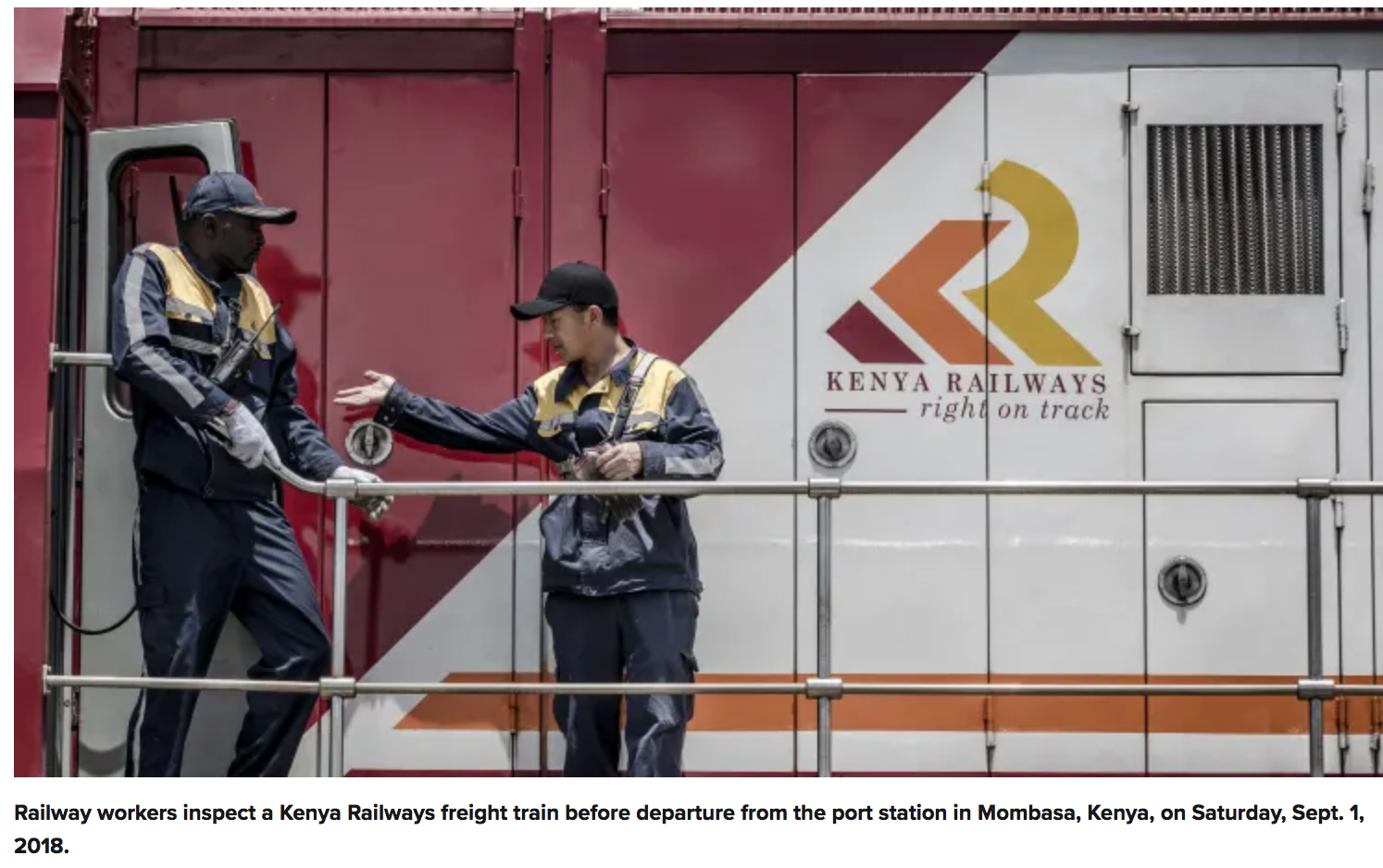

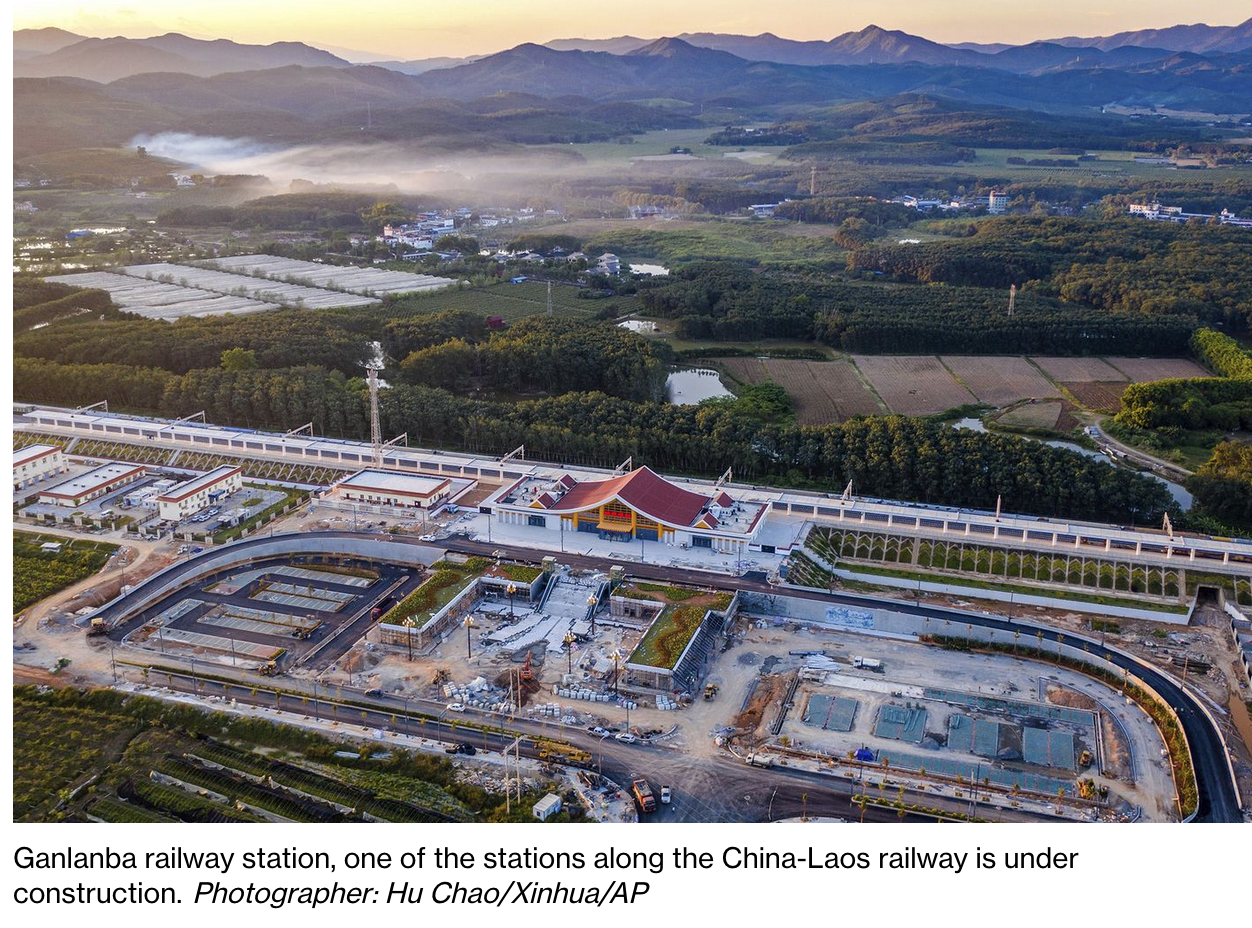
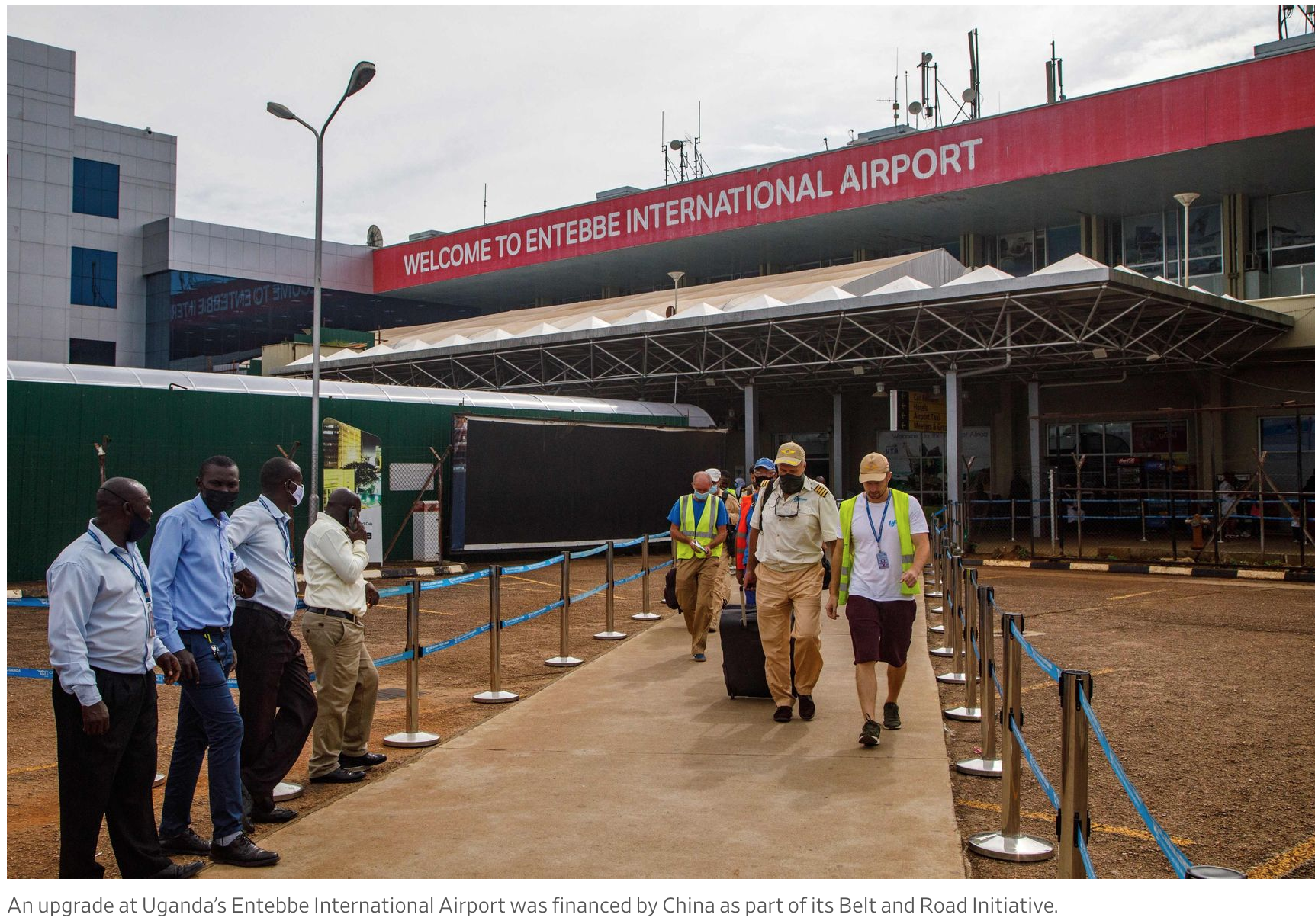
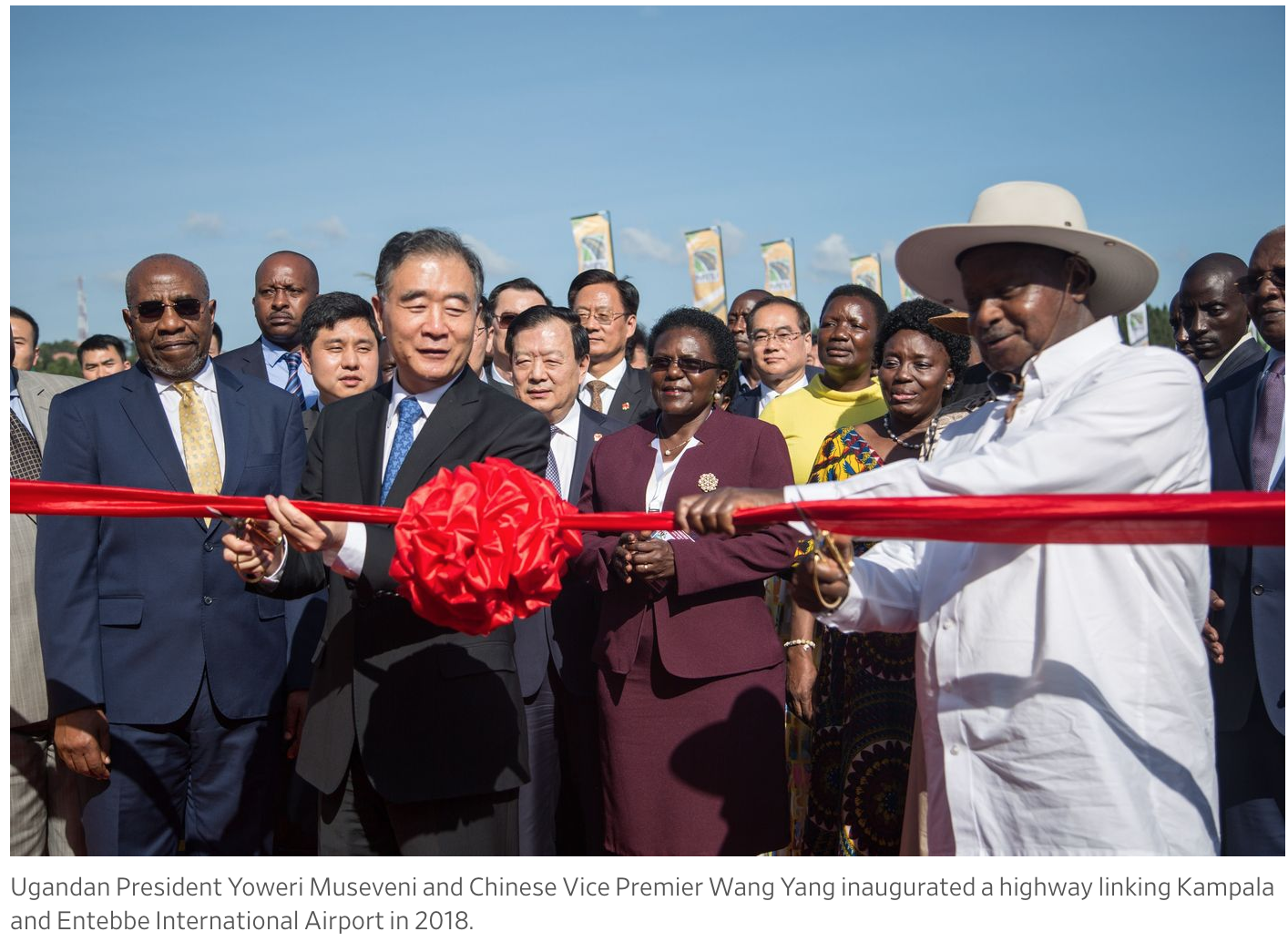
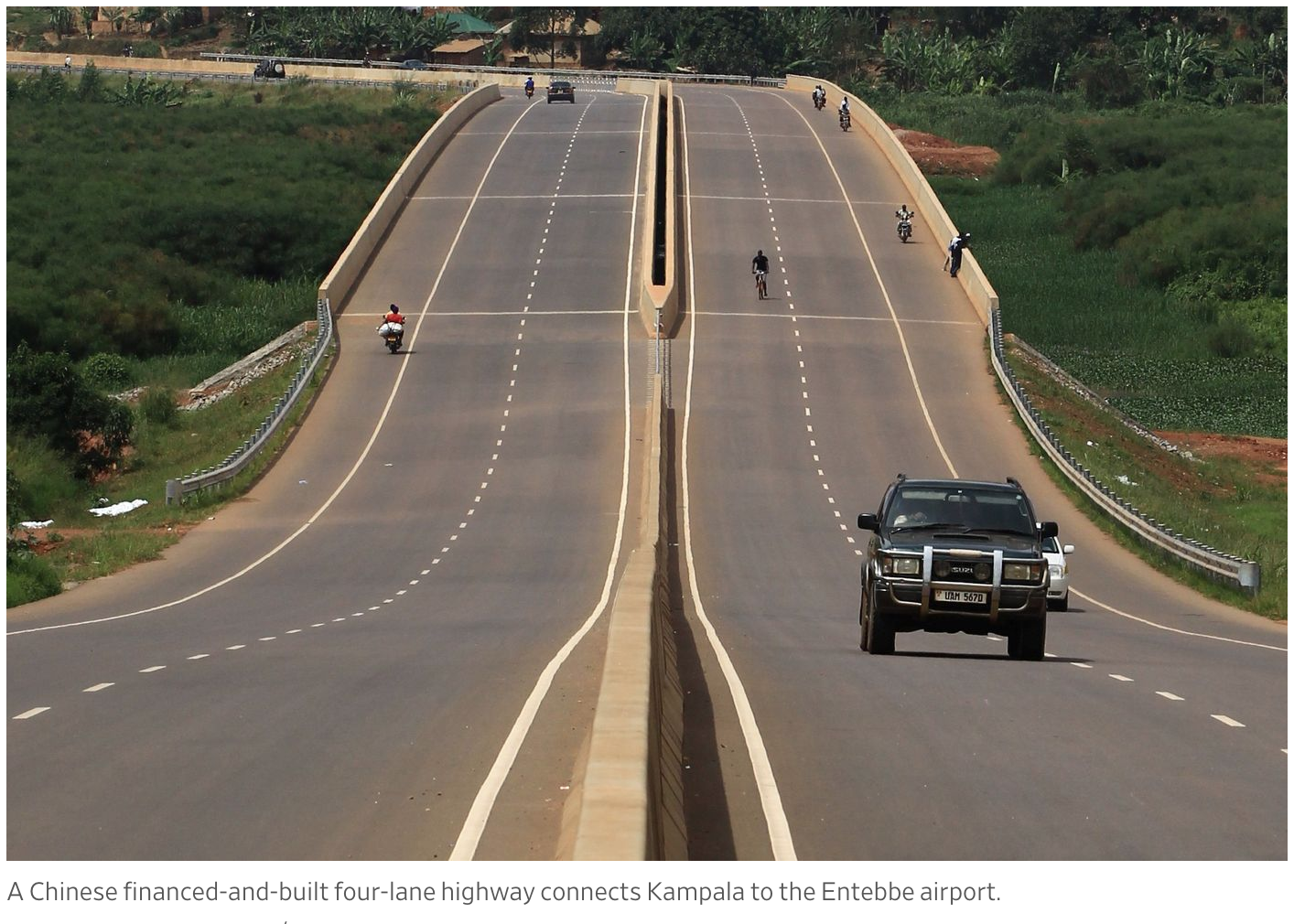
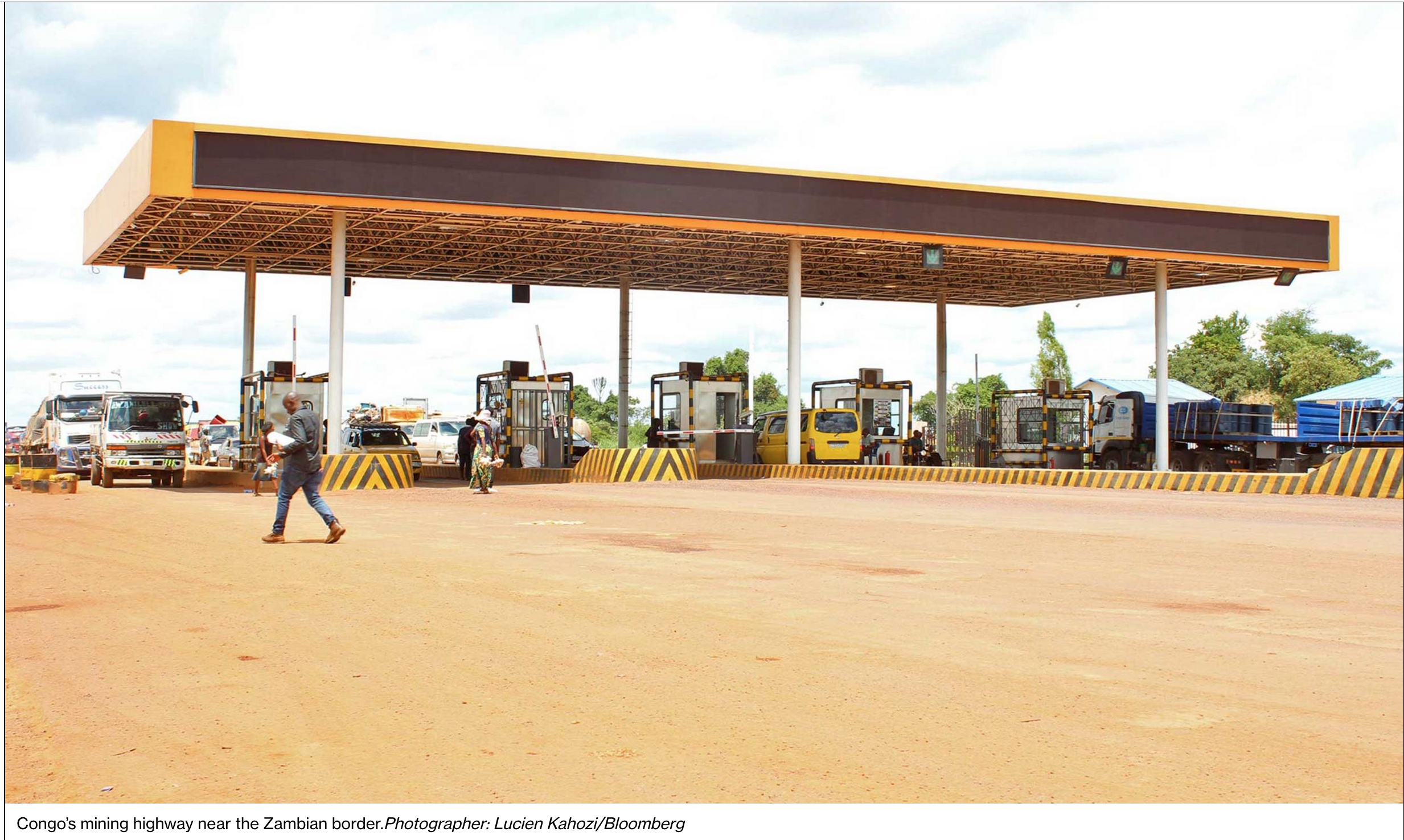
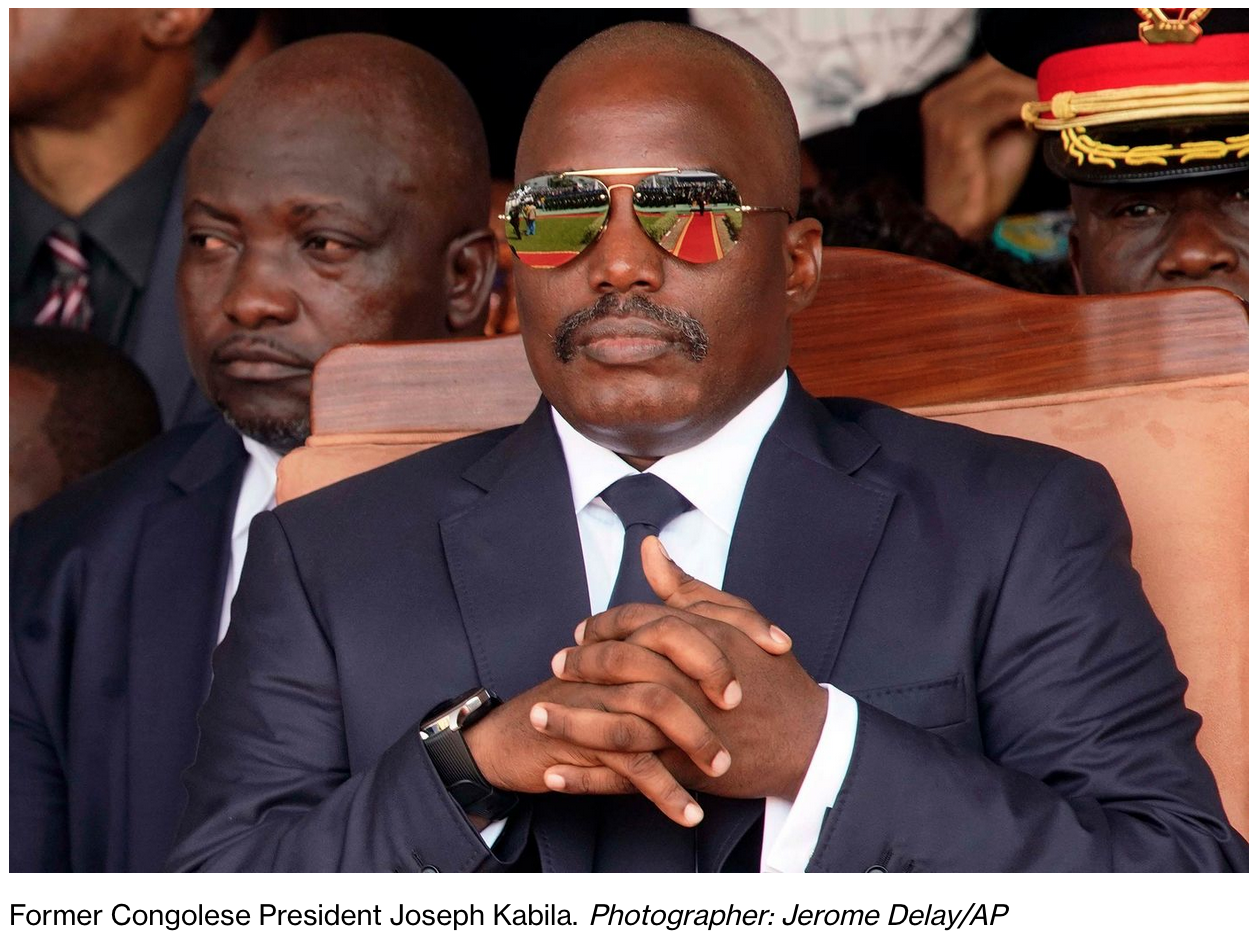

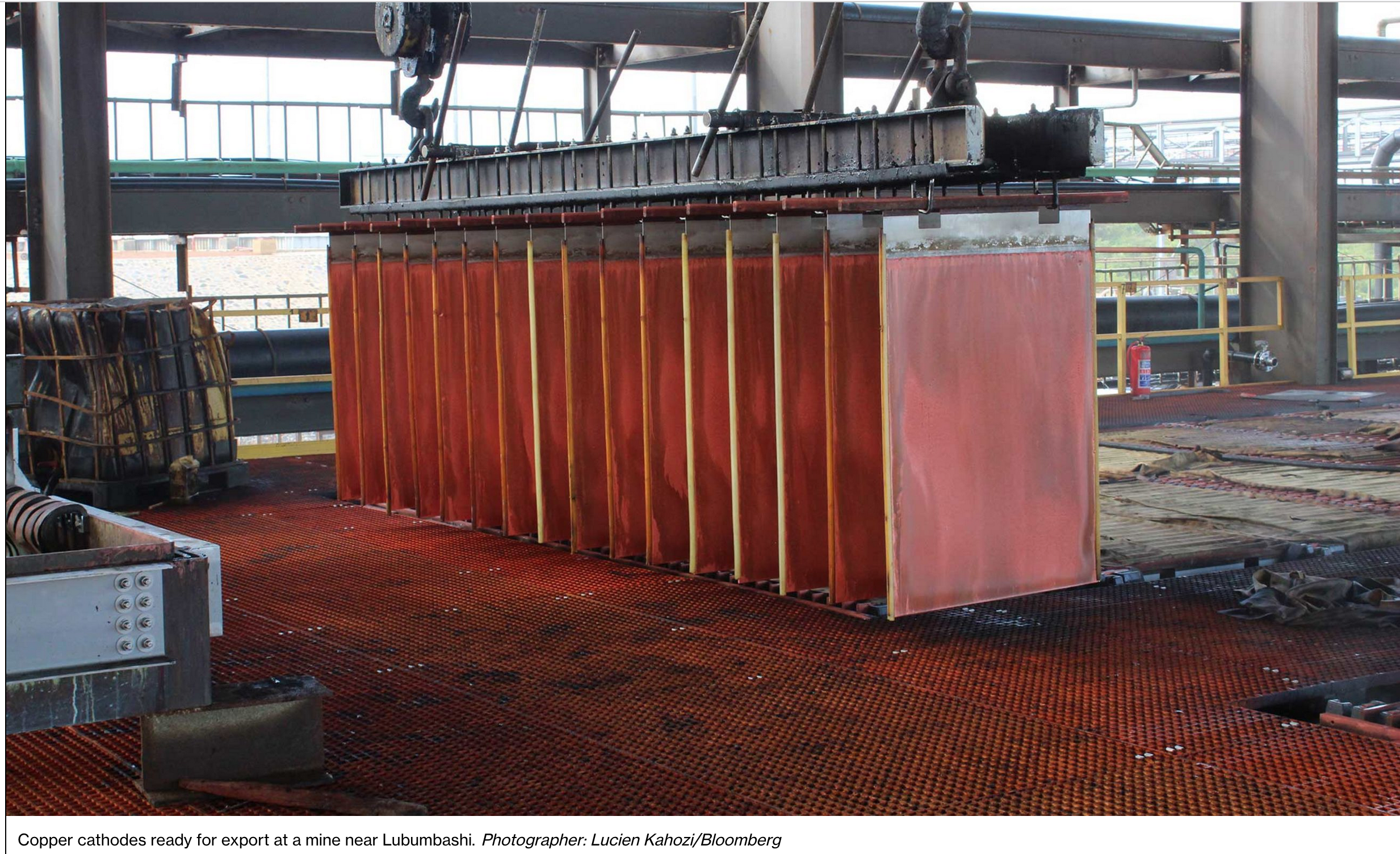
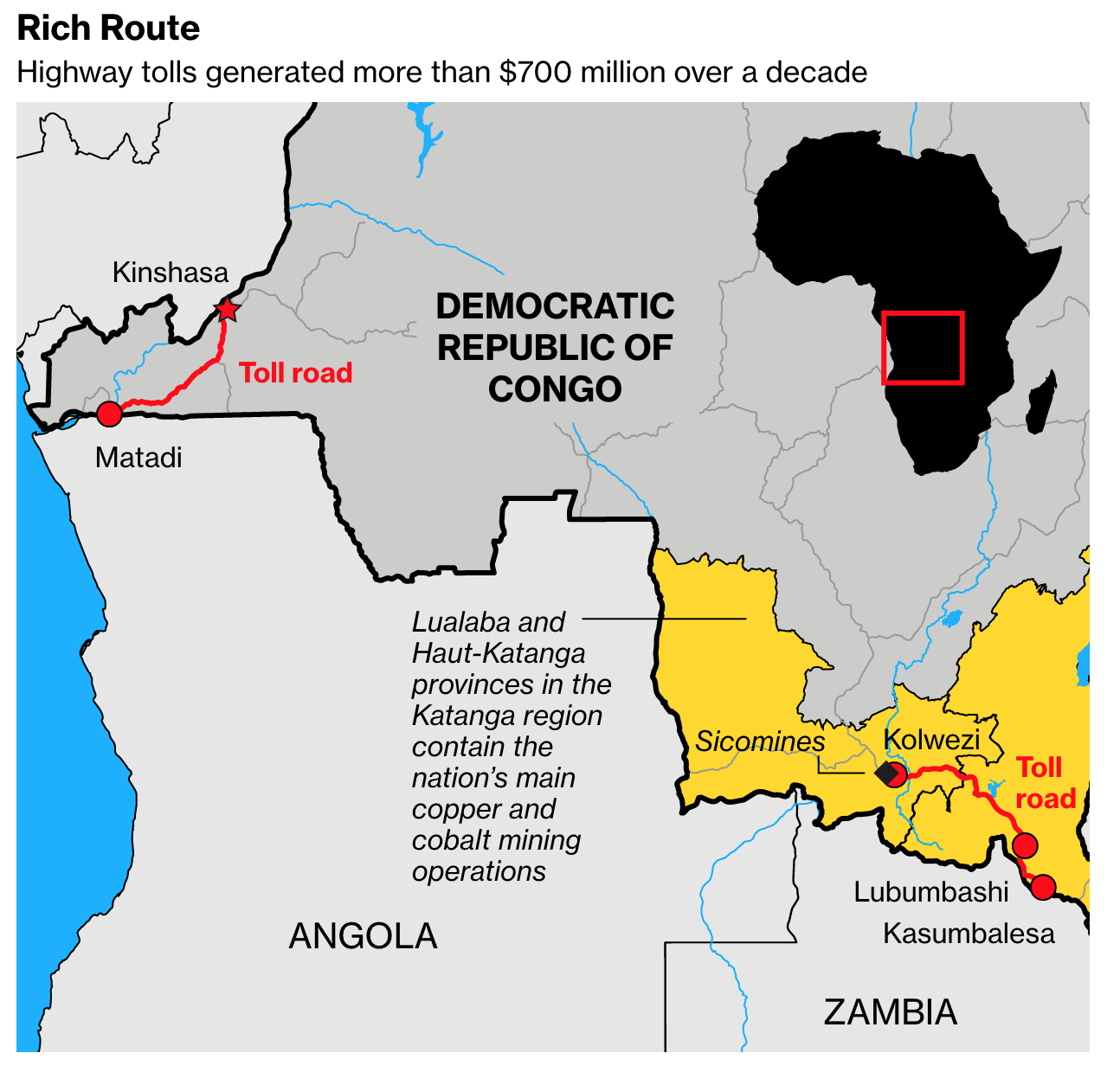
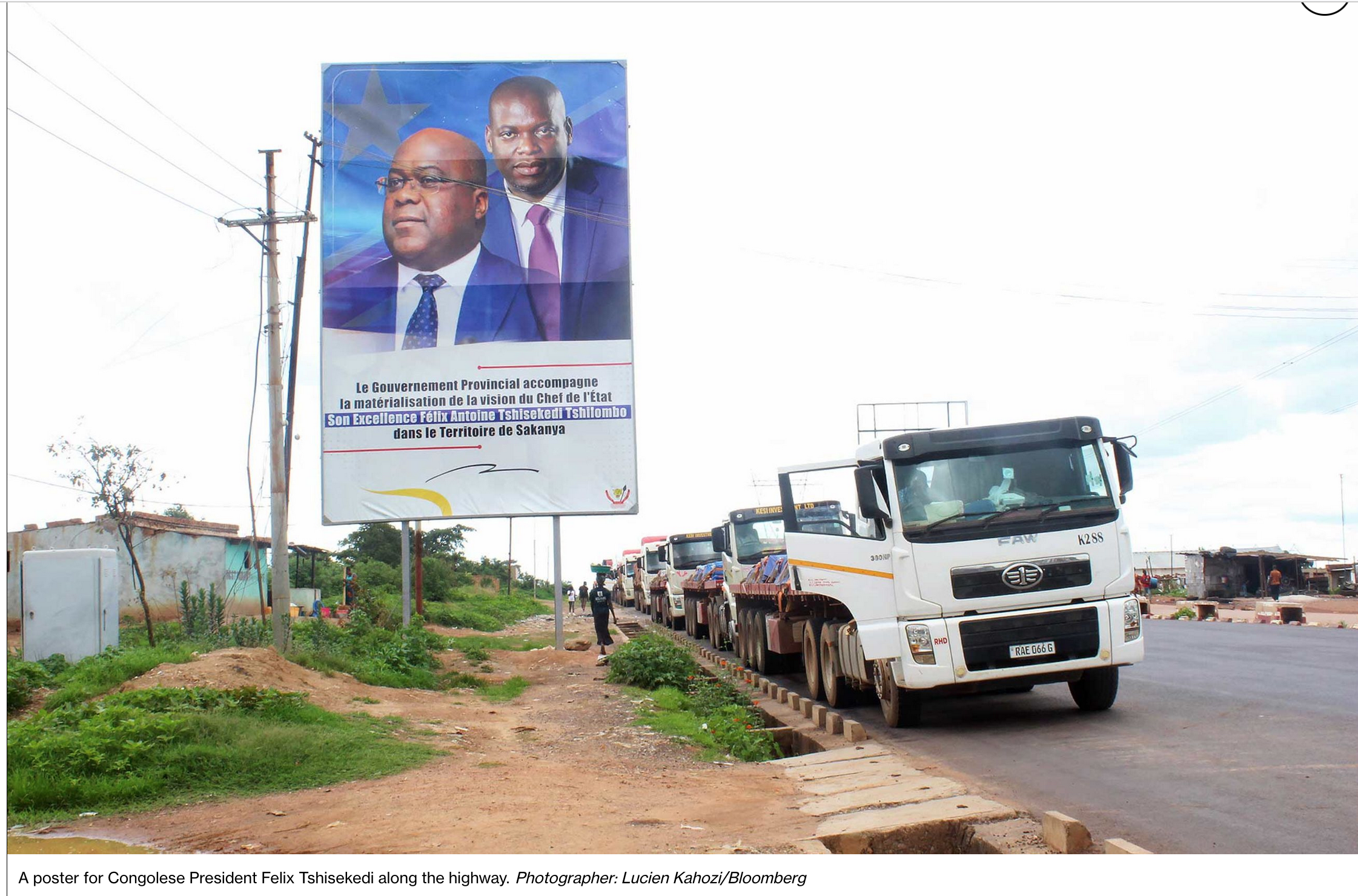
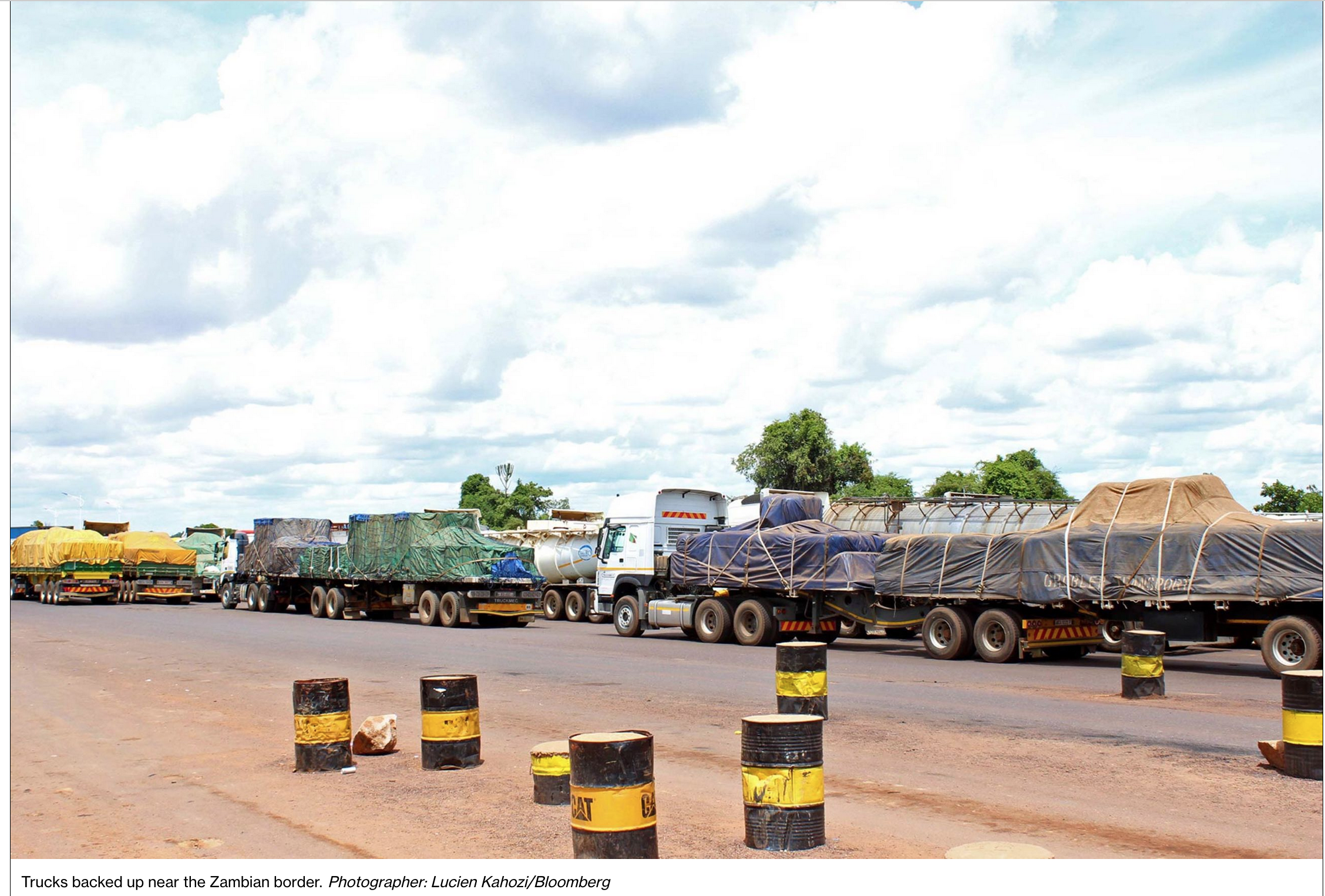
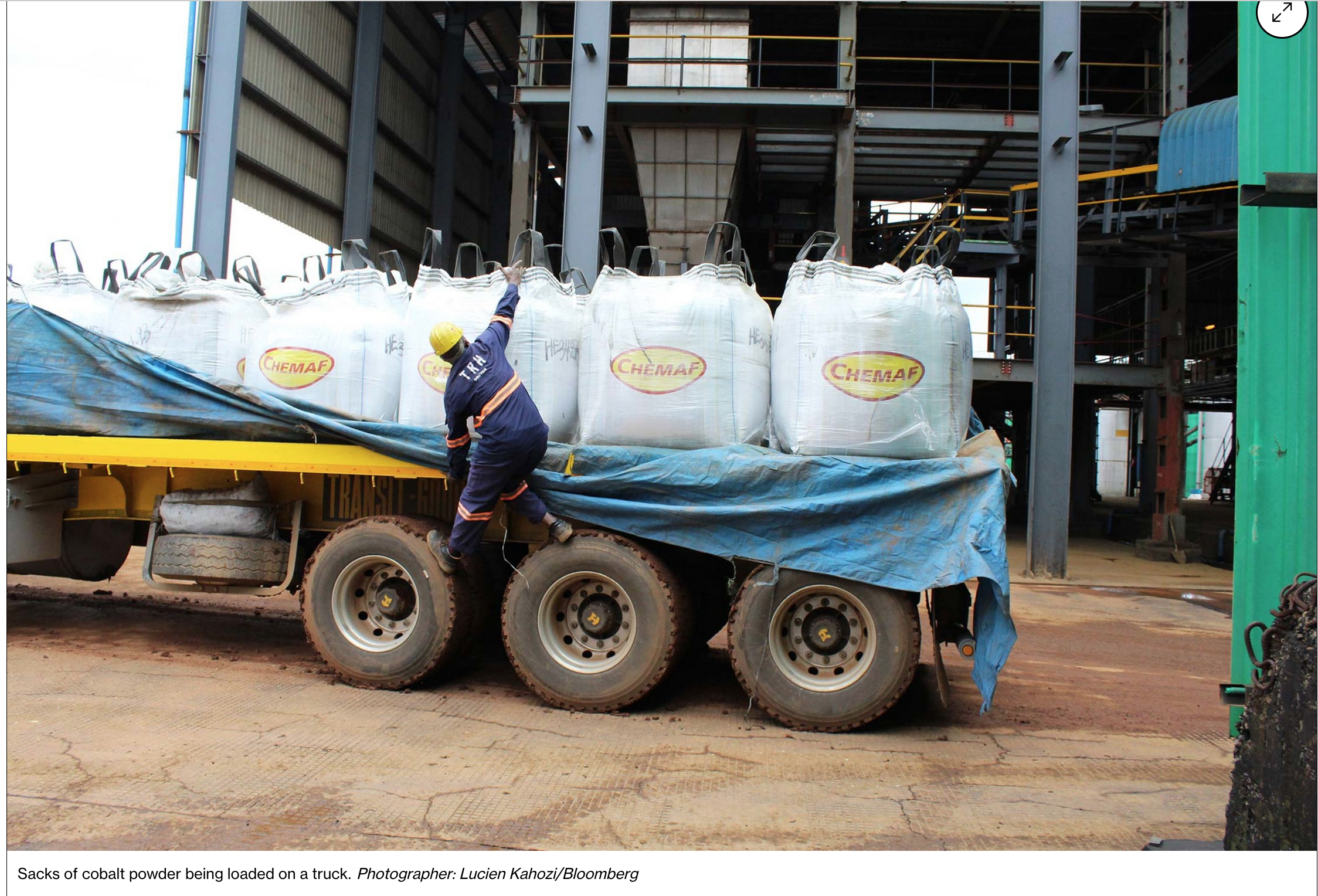
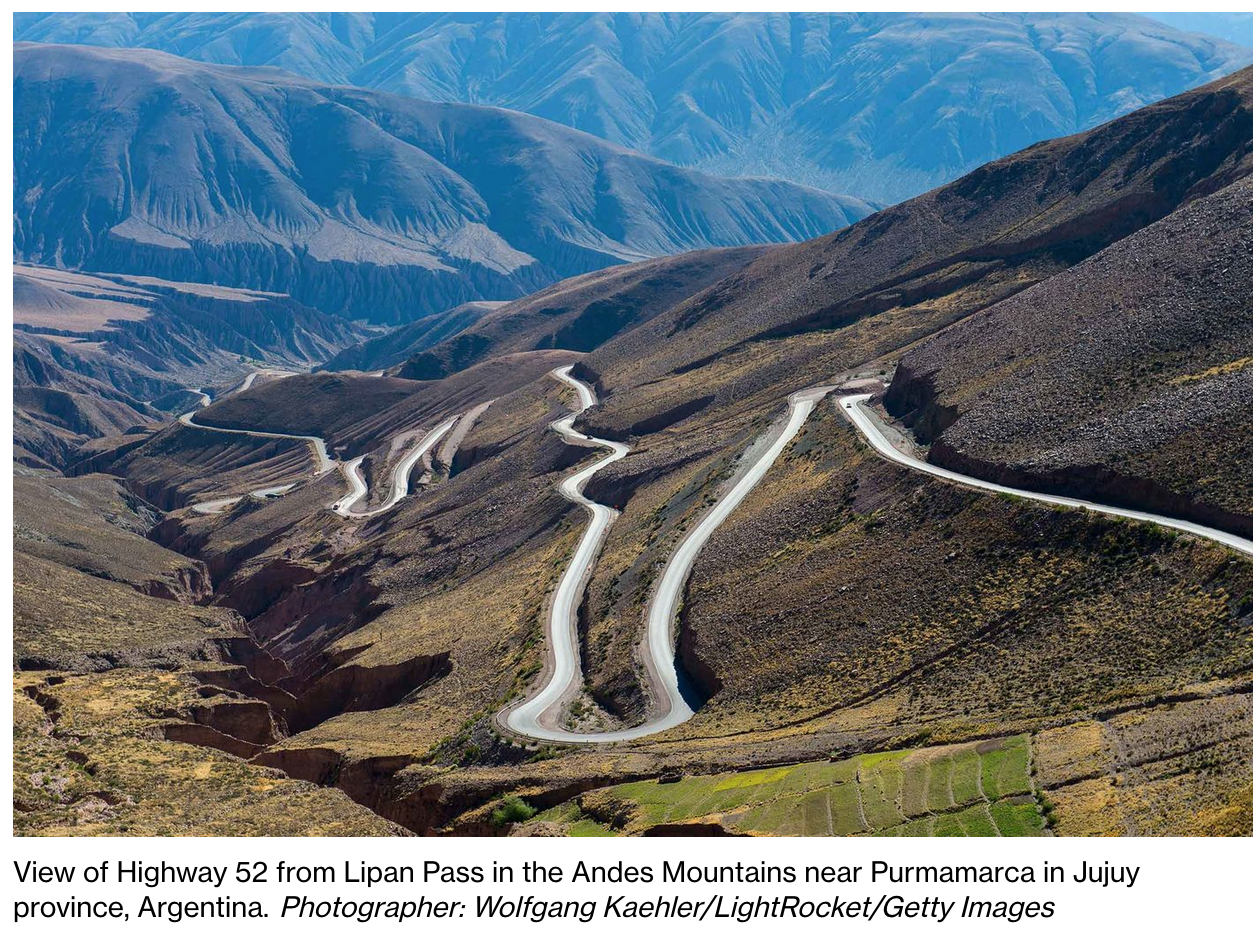
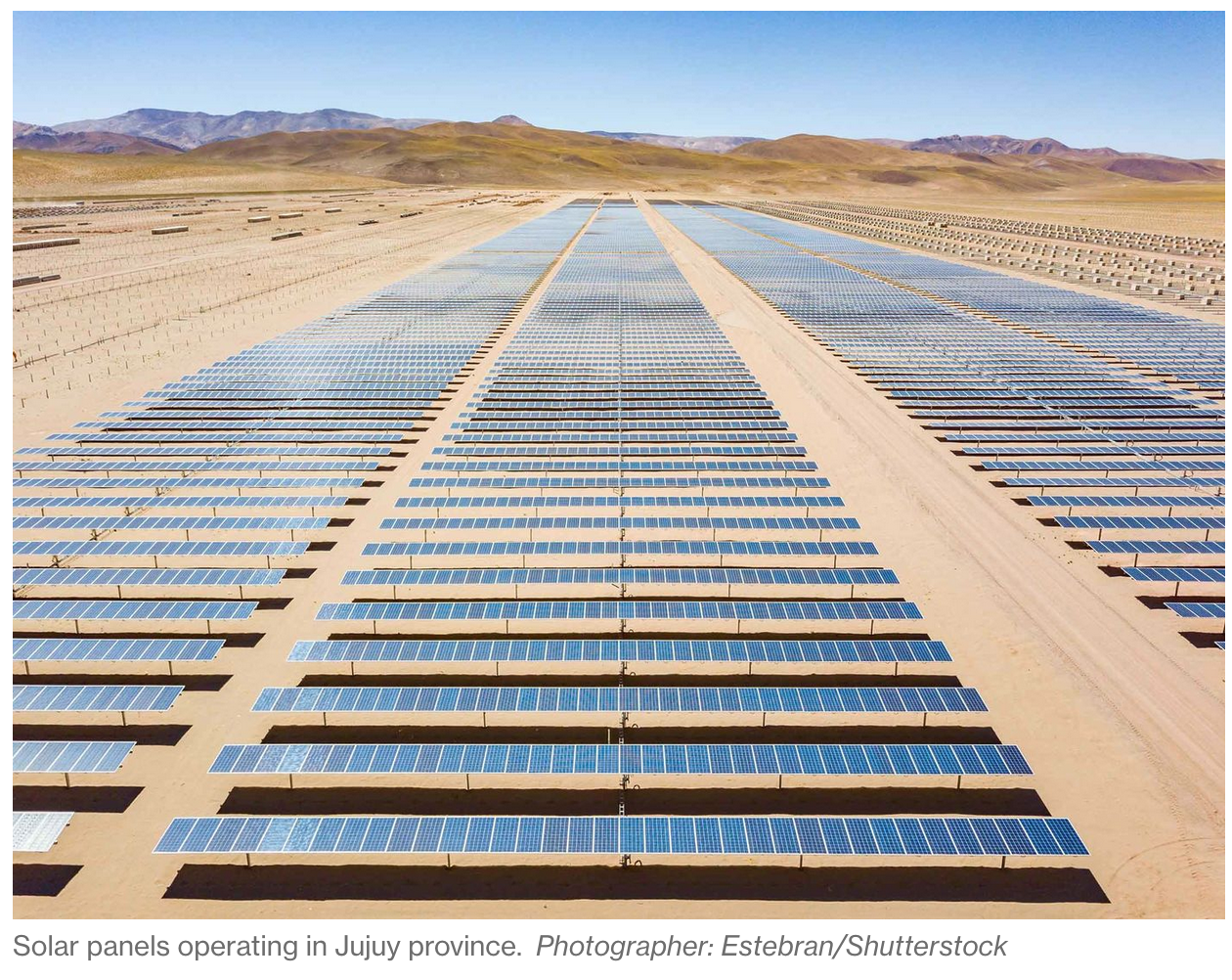


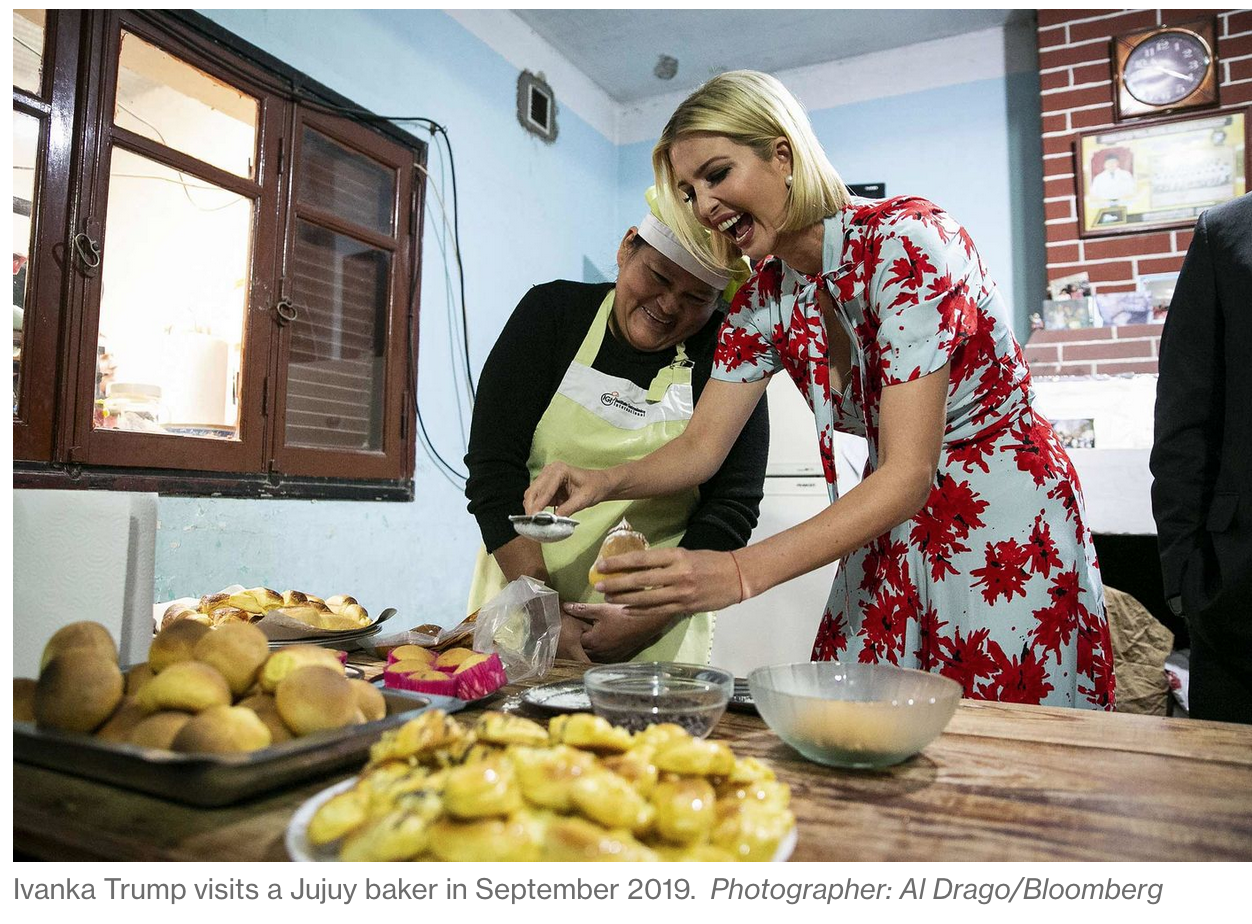


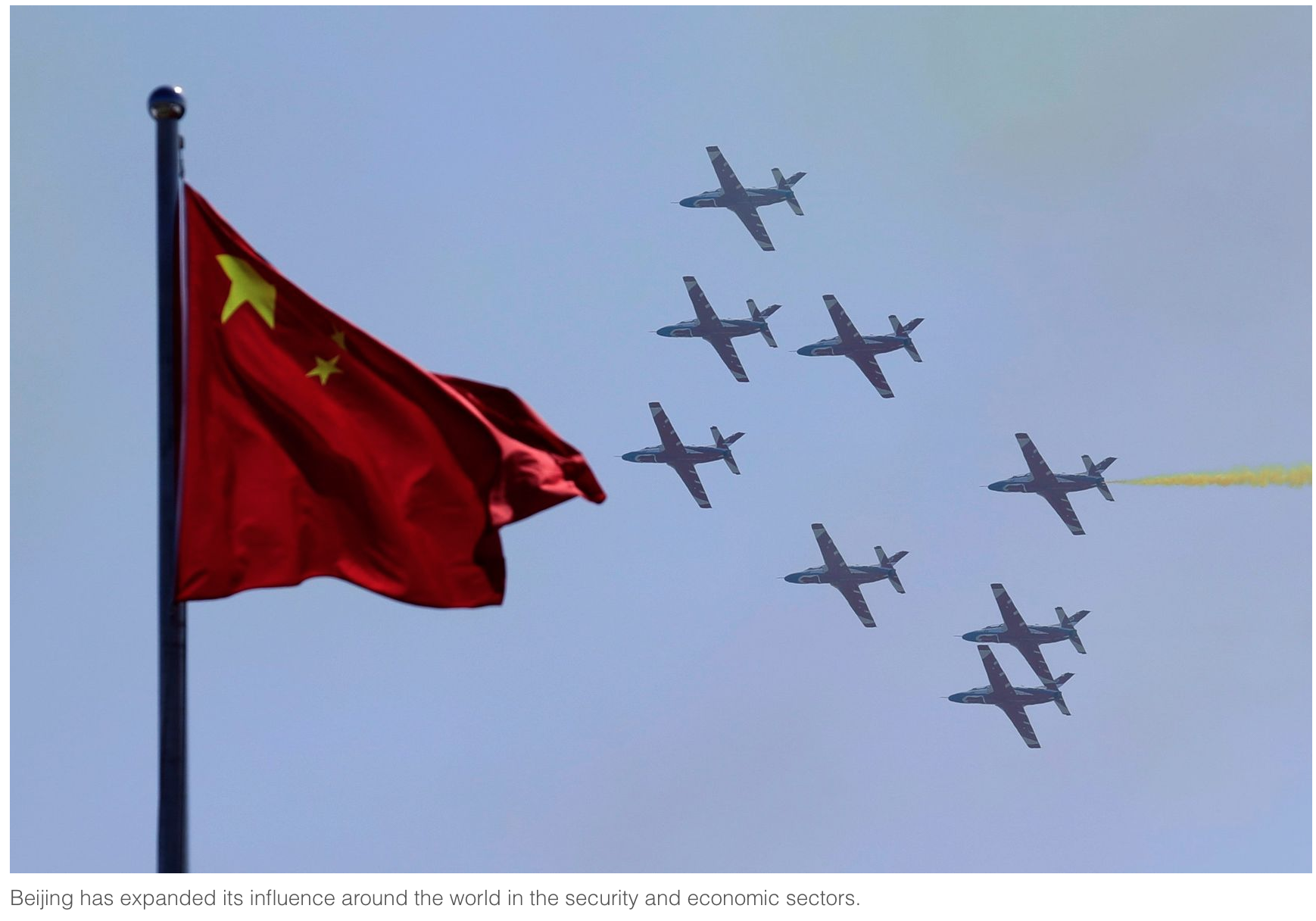
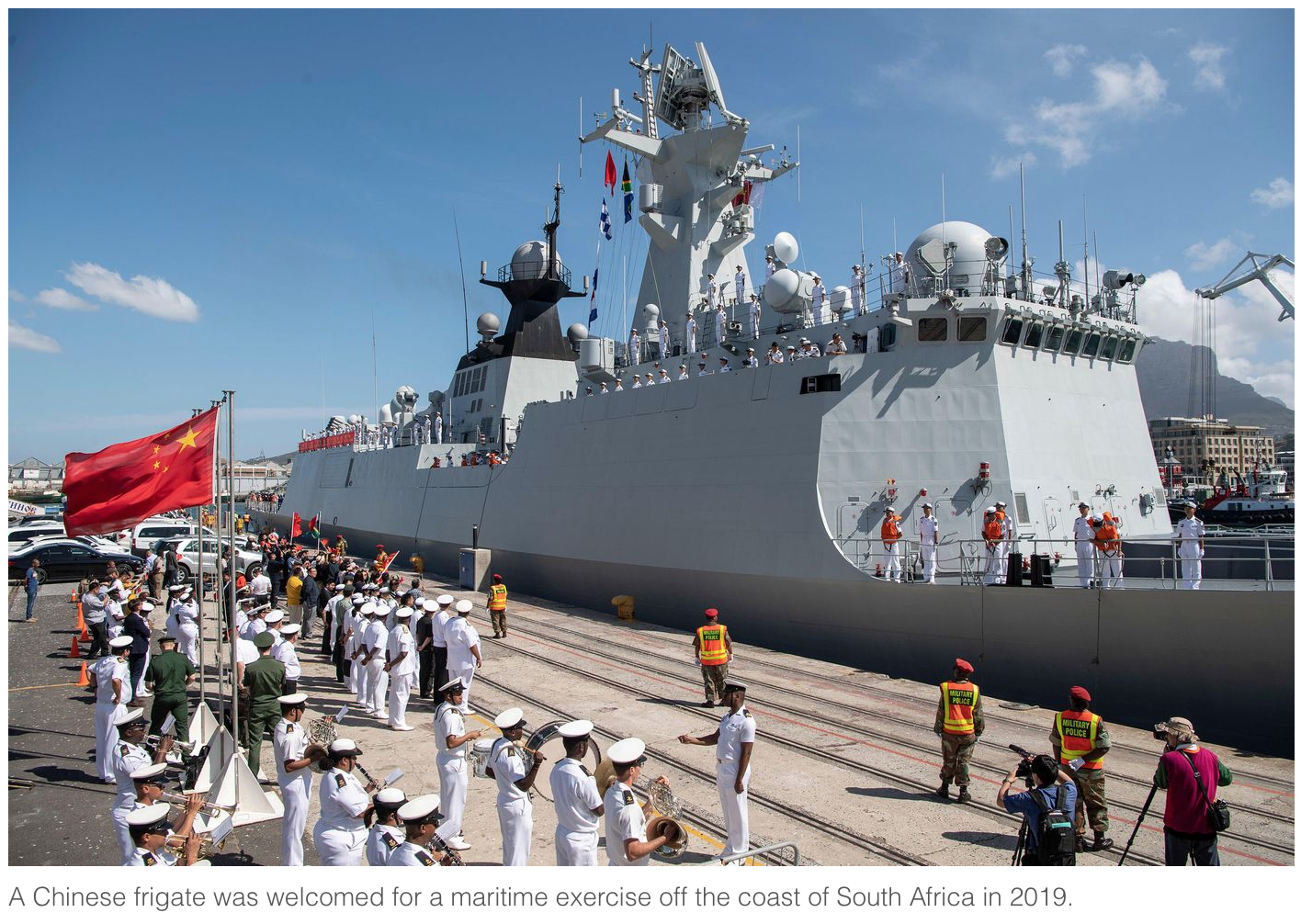
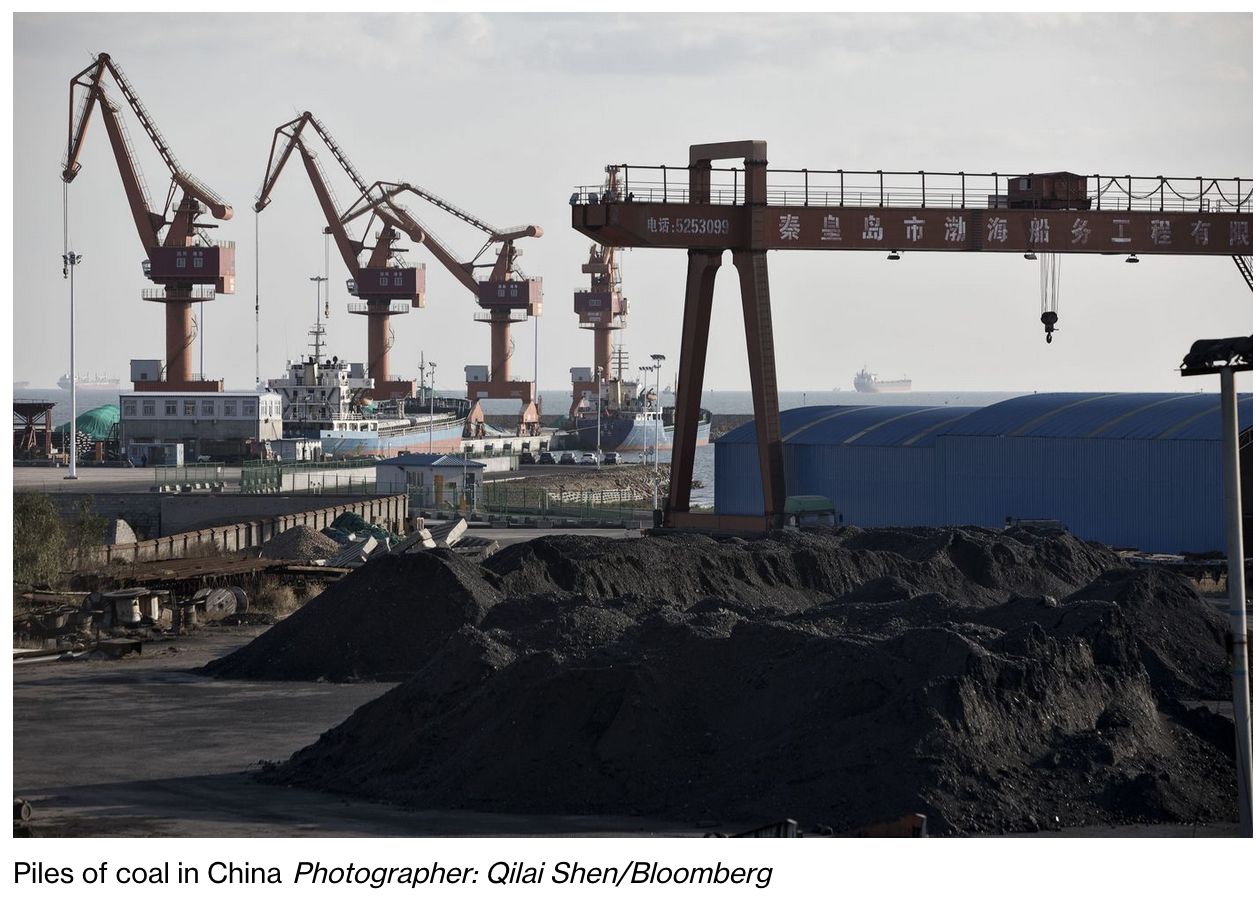
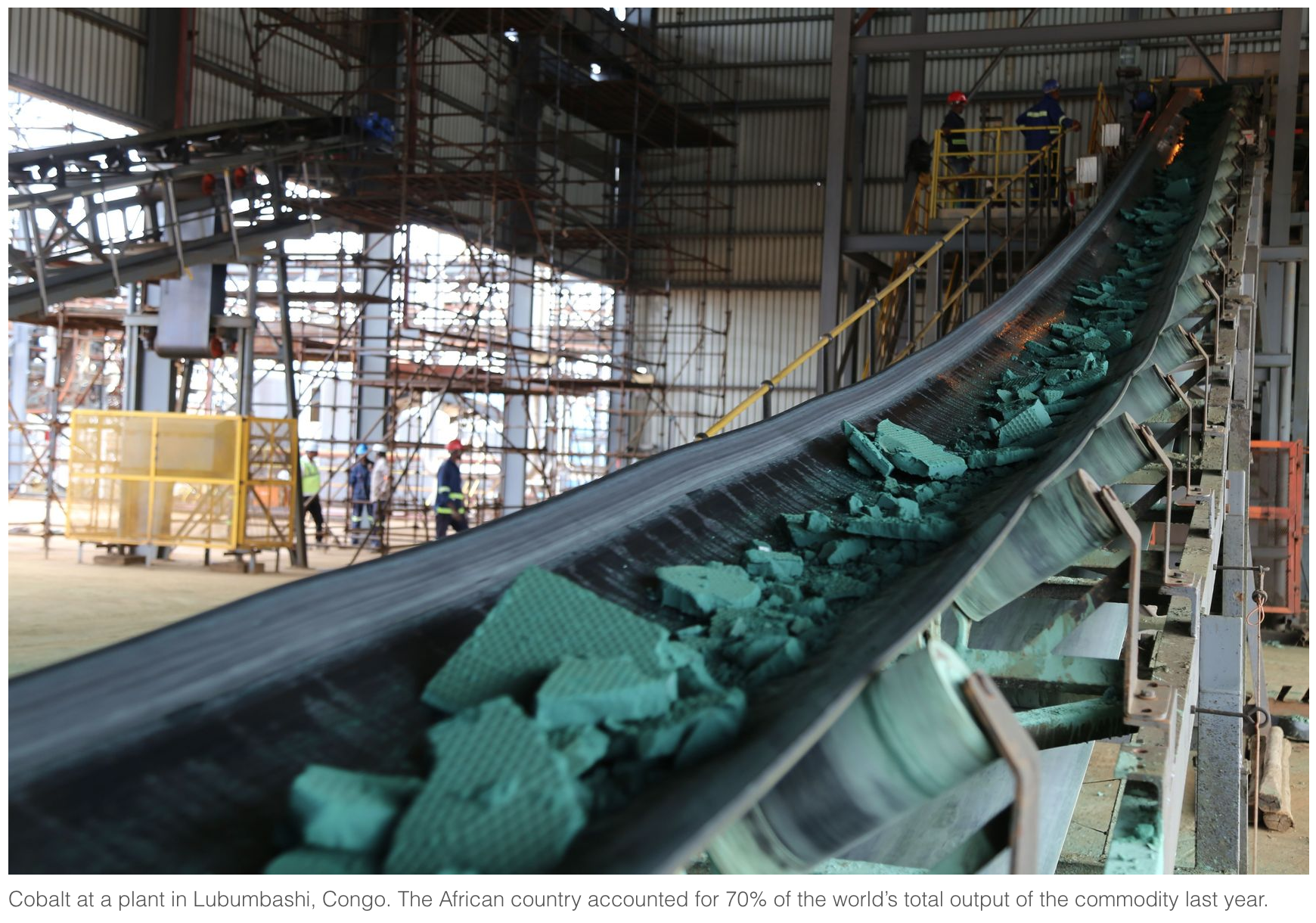
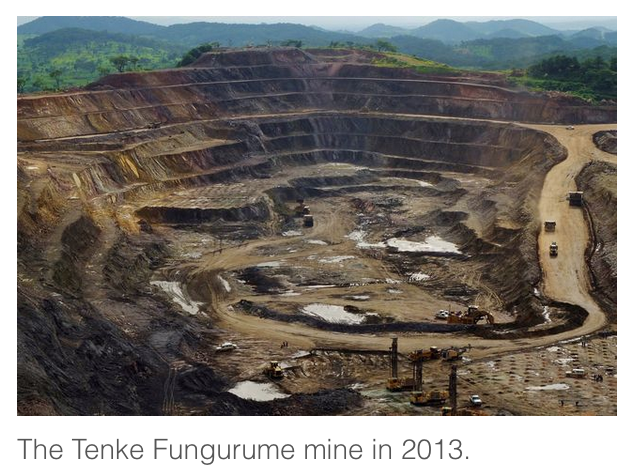
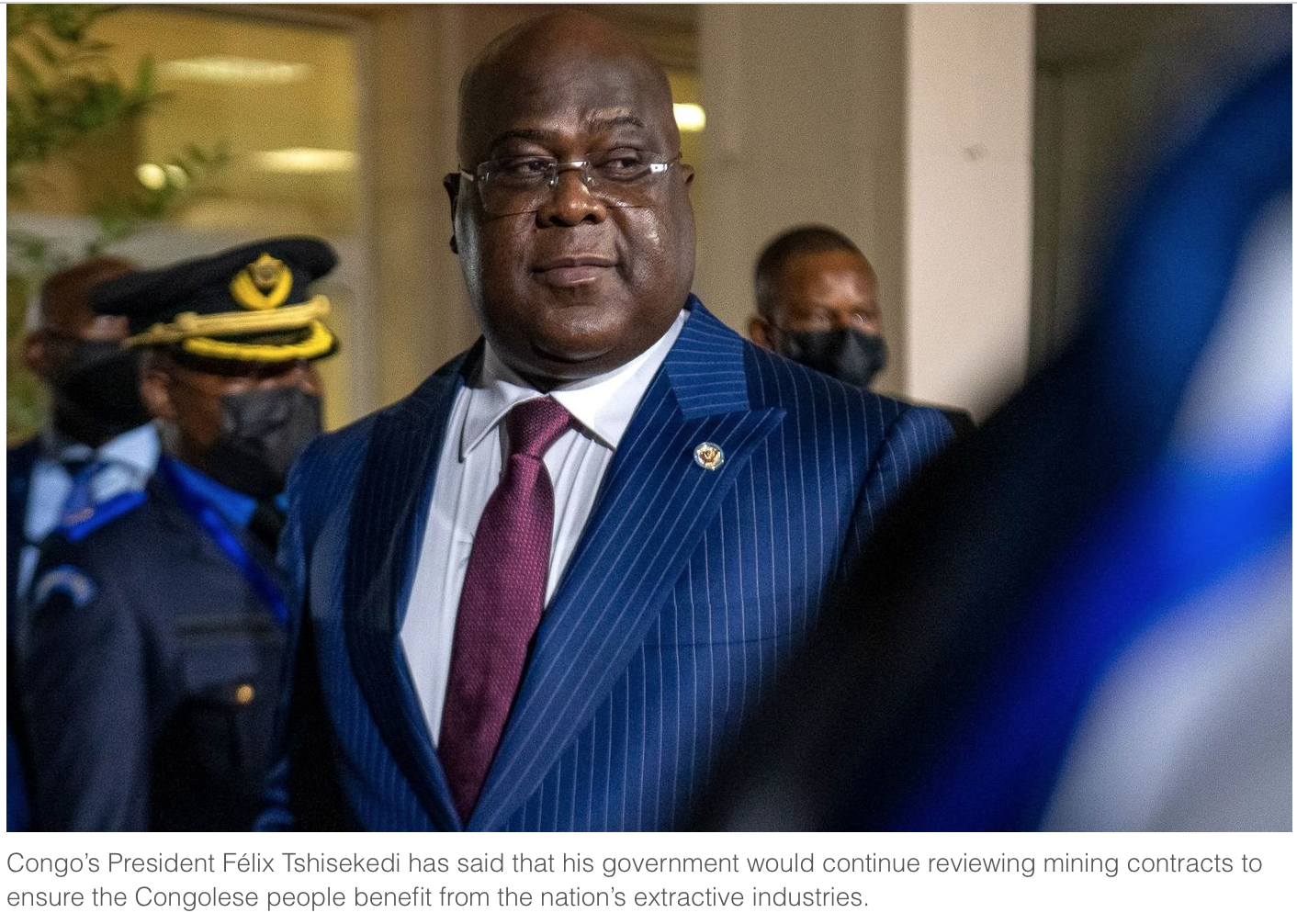
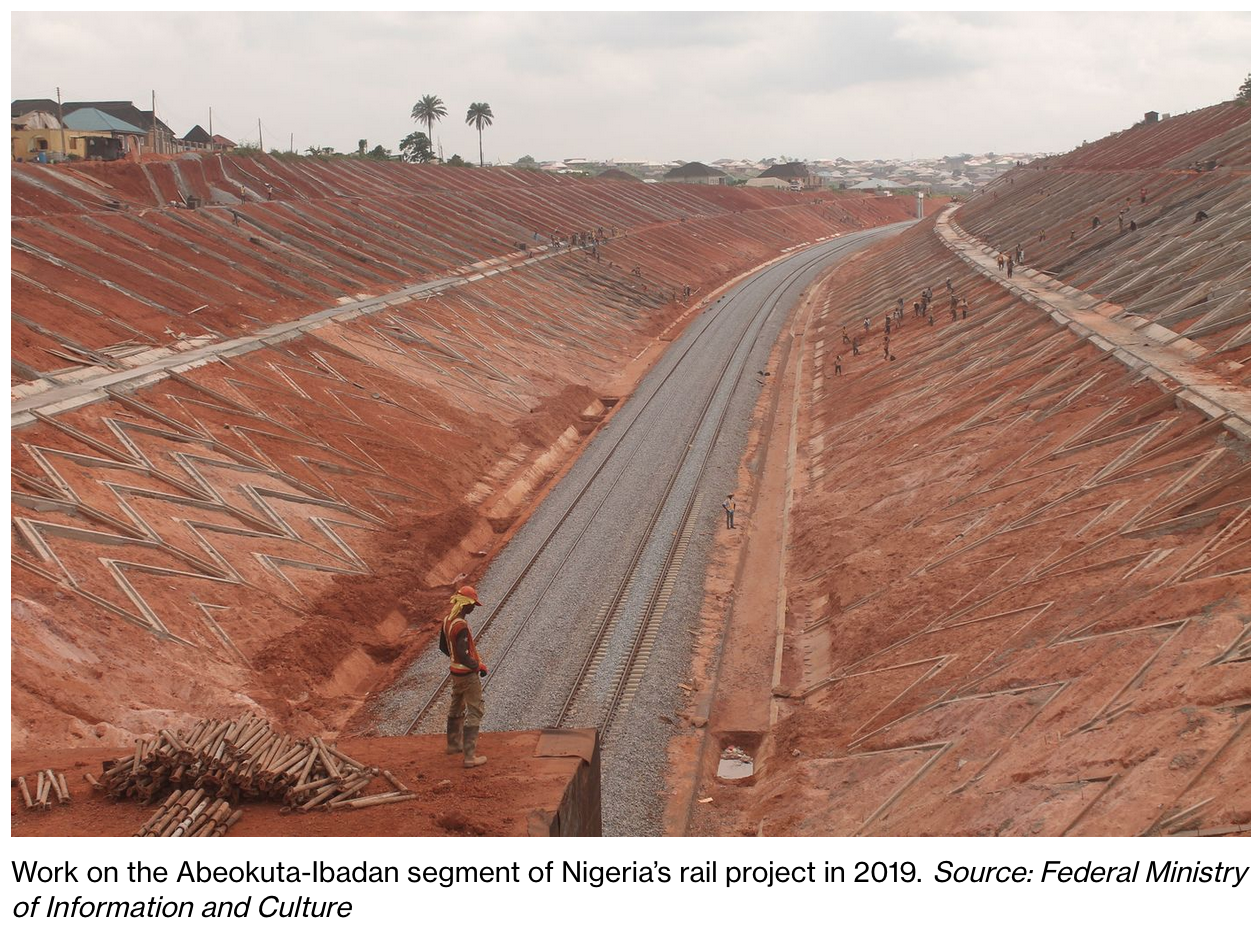
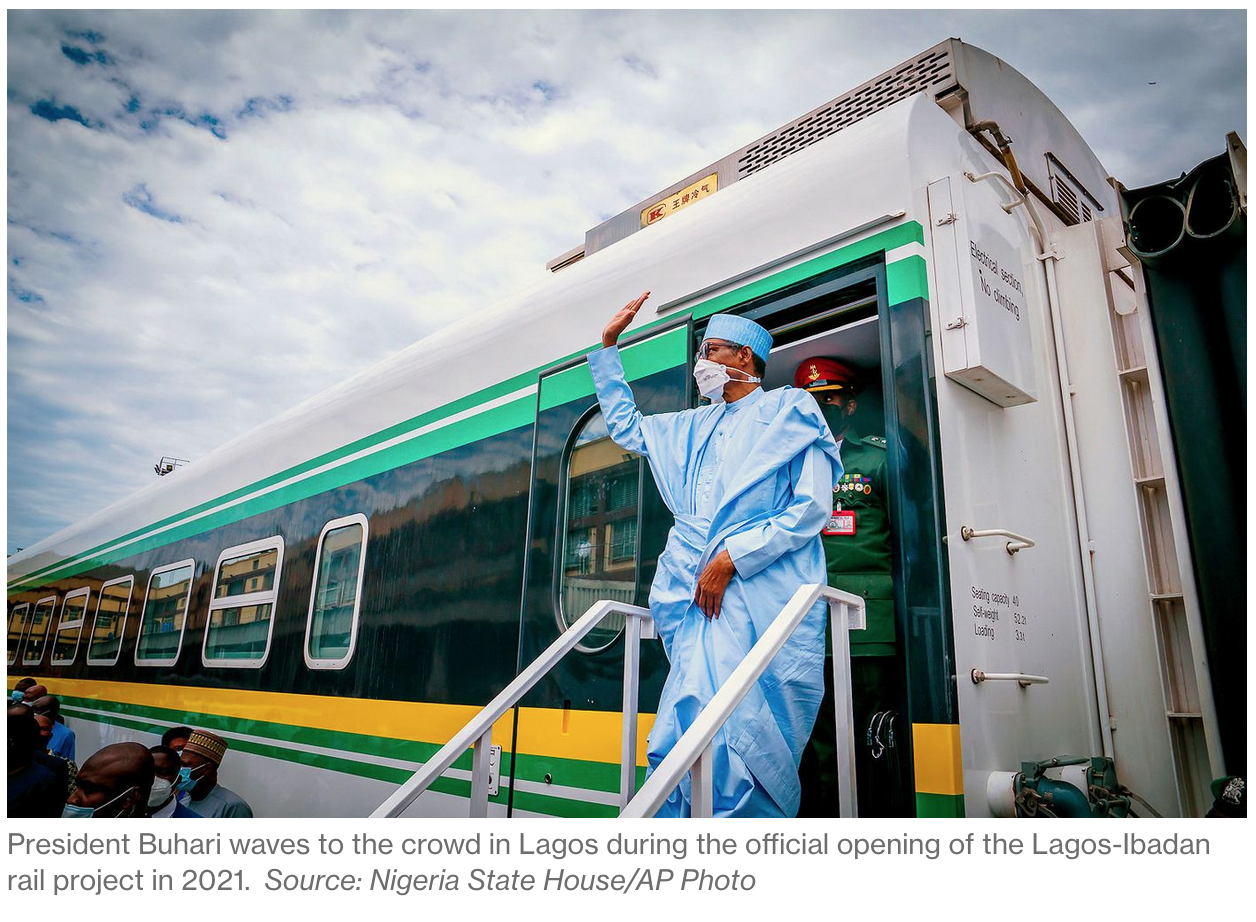

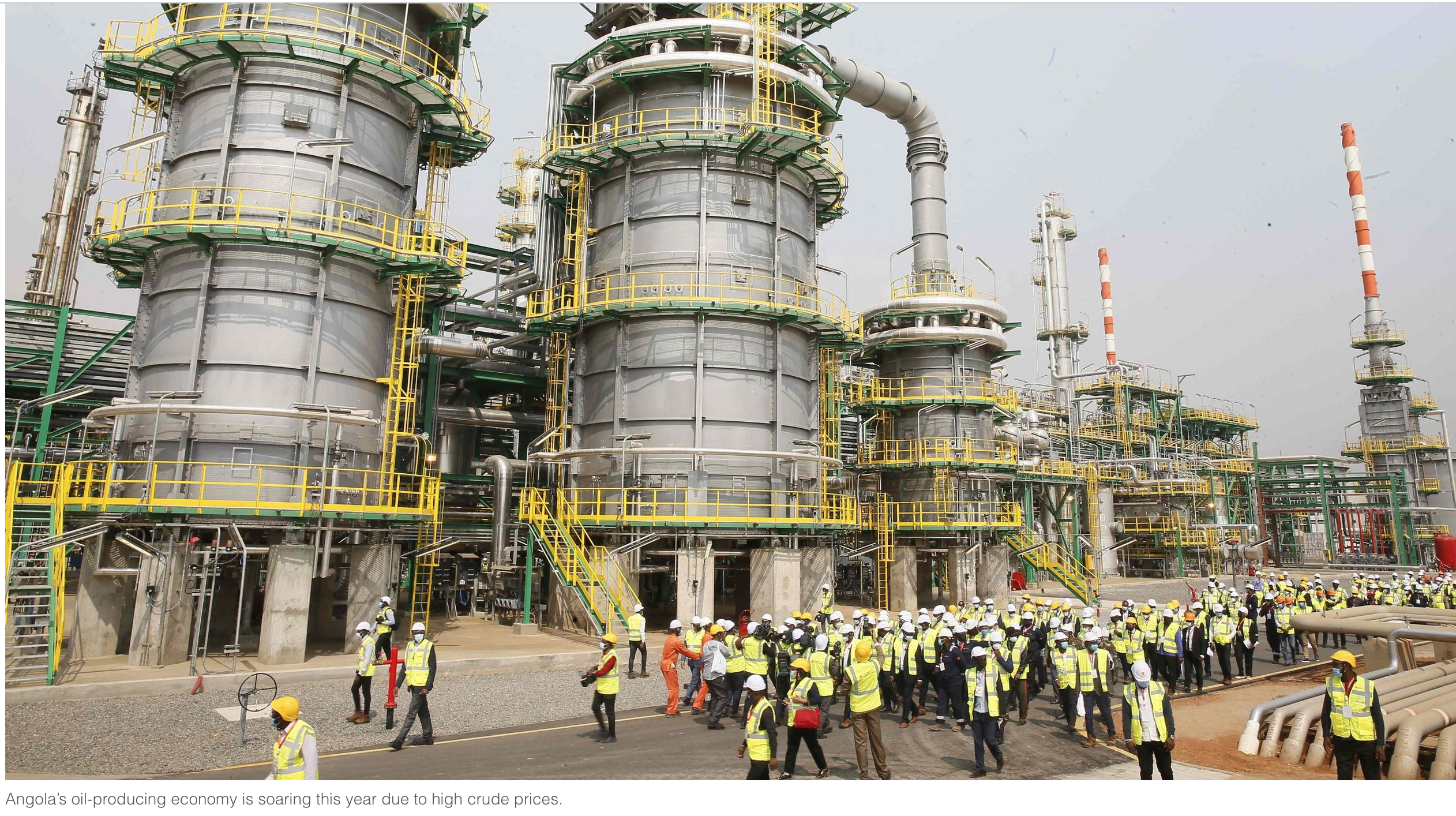

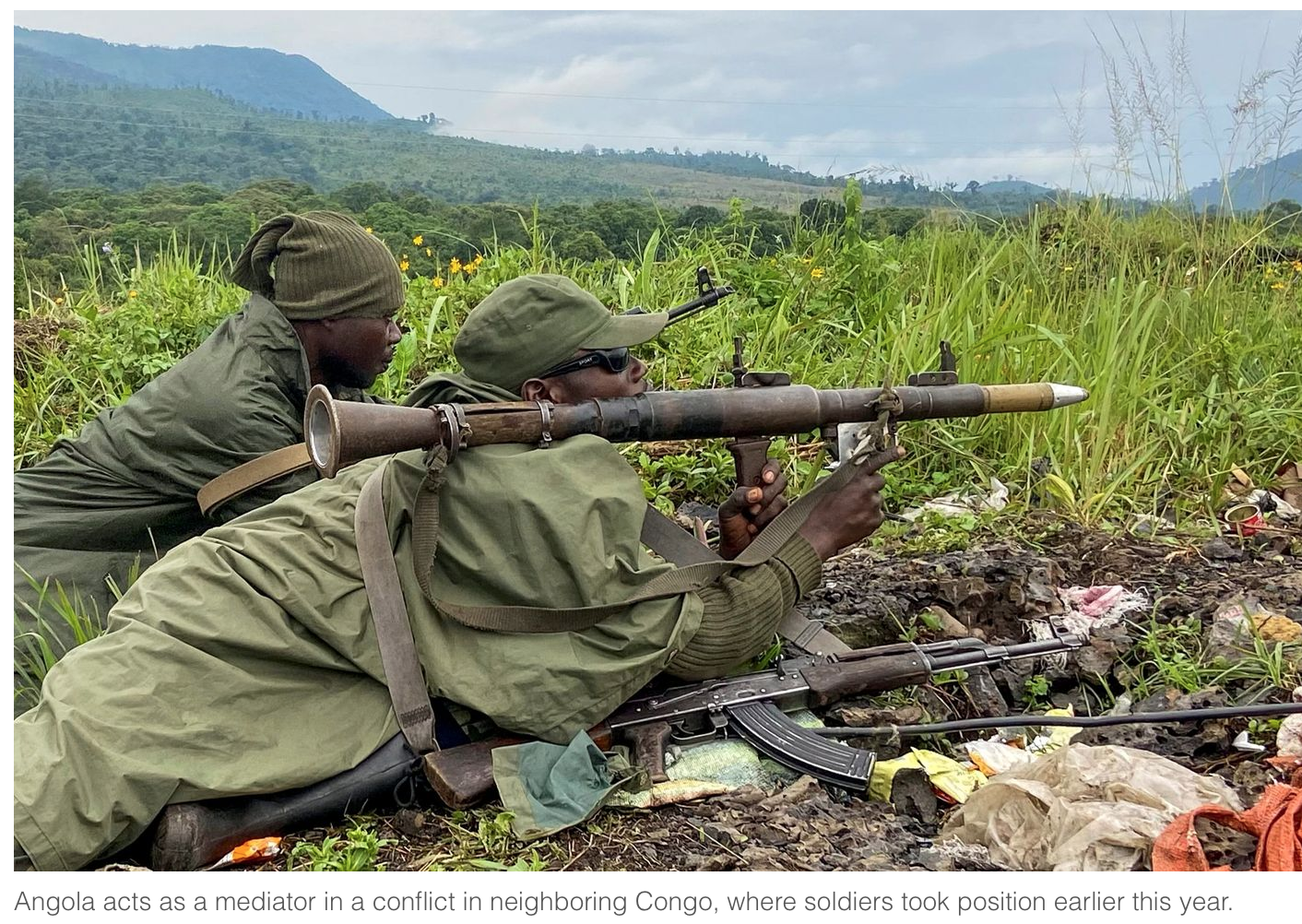
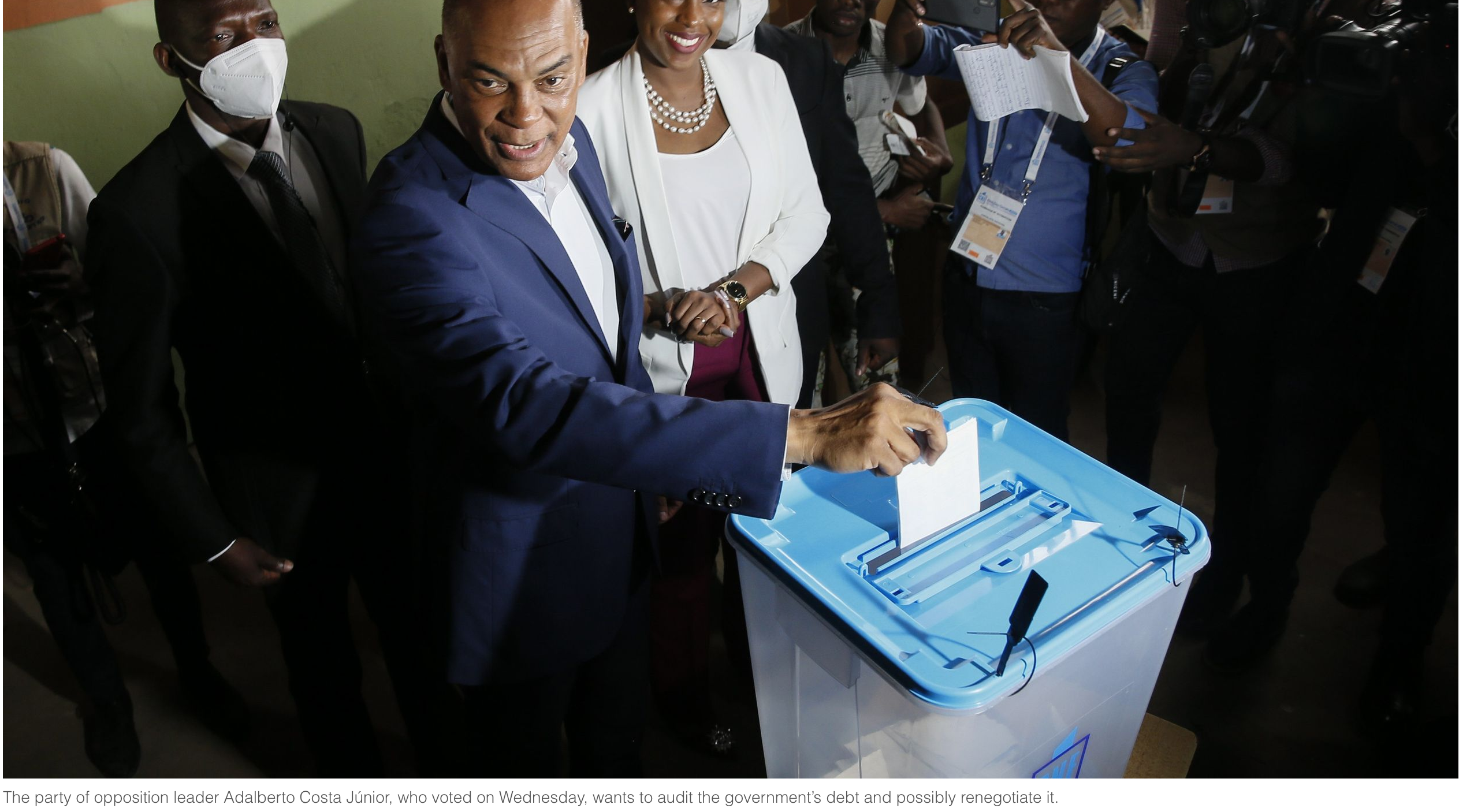
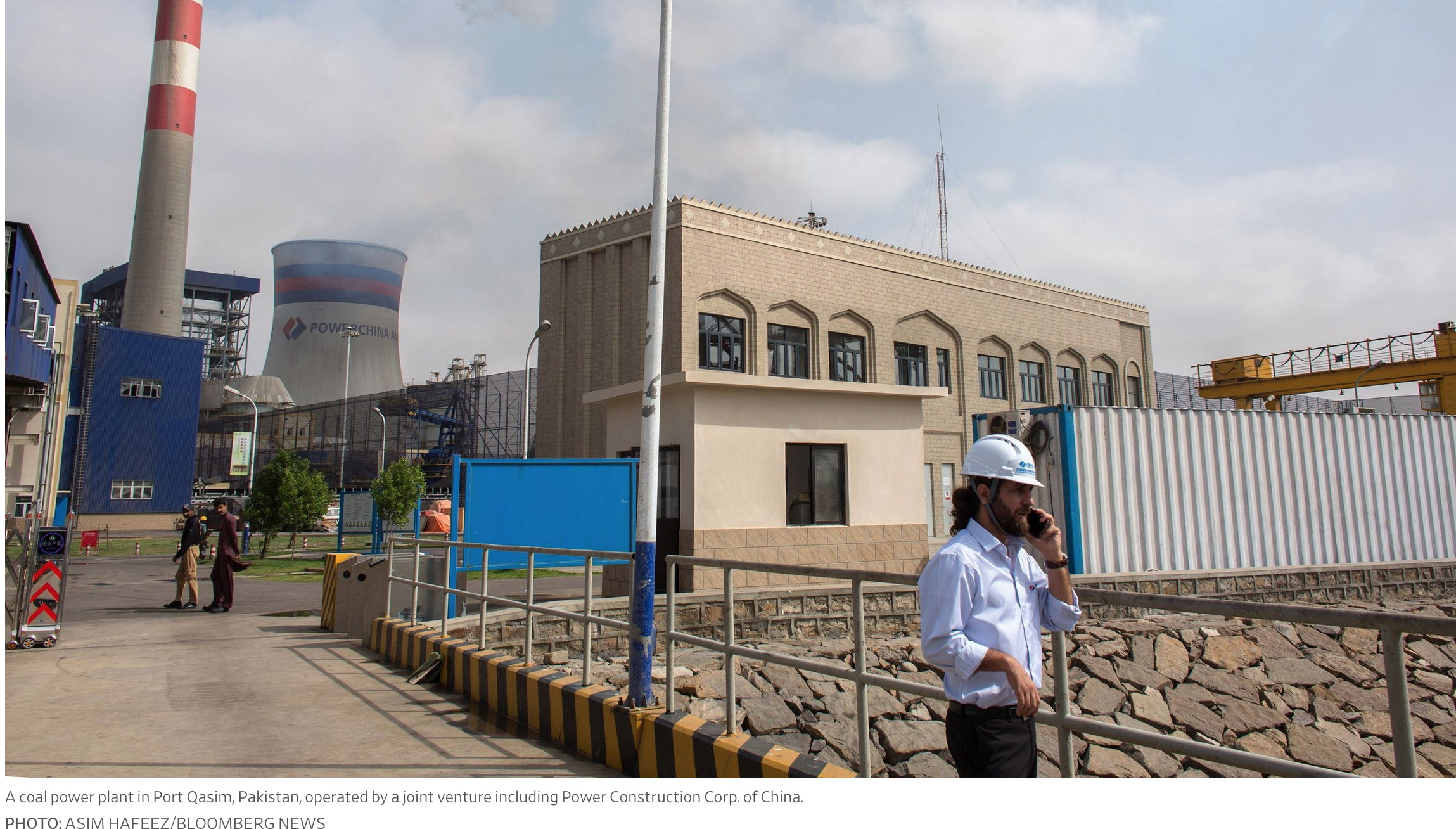




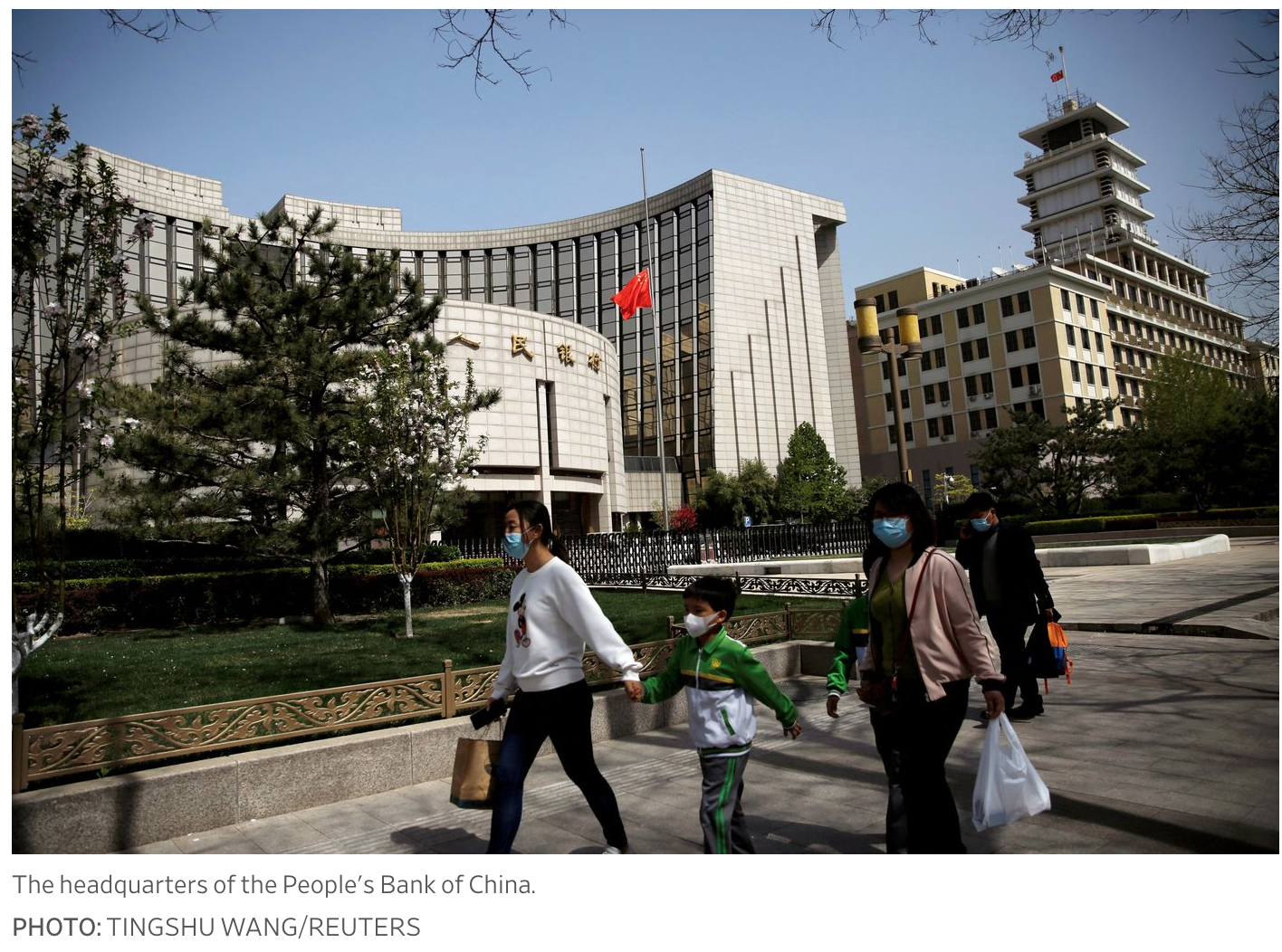
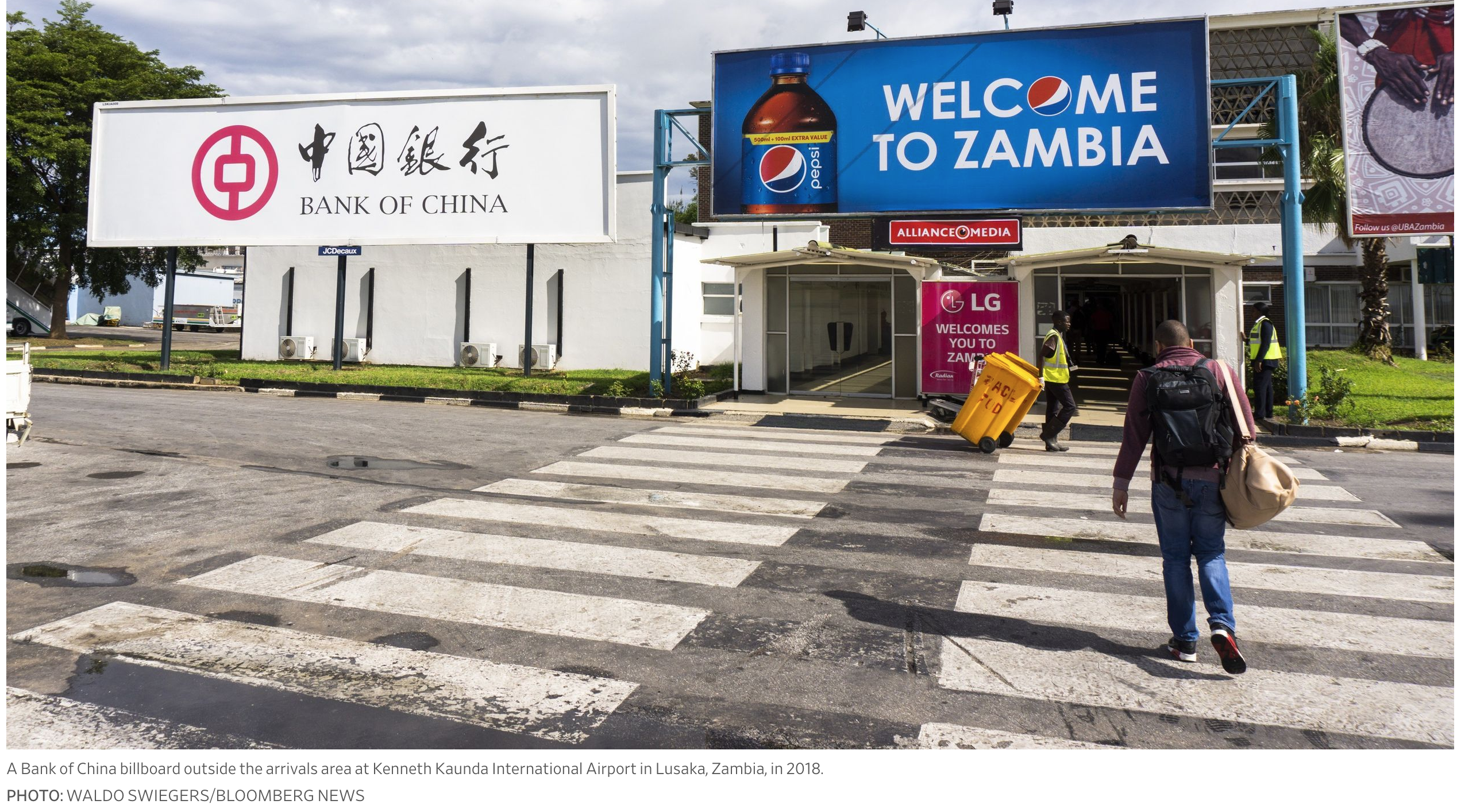
Leave a Reply
You must be logged in to post a comment.